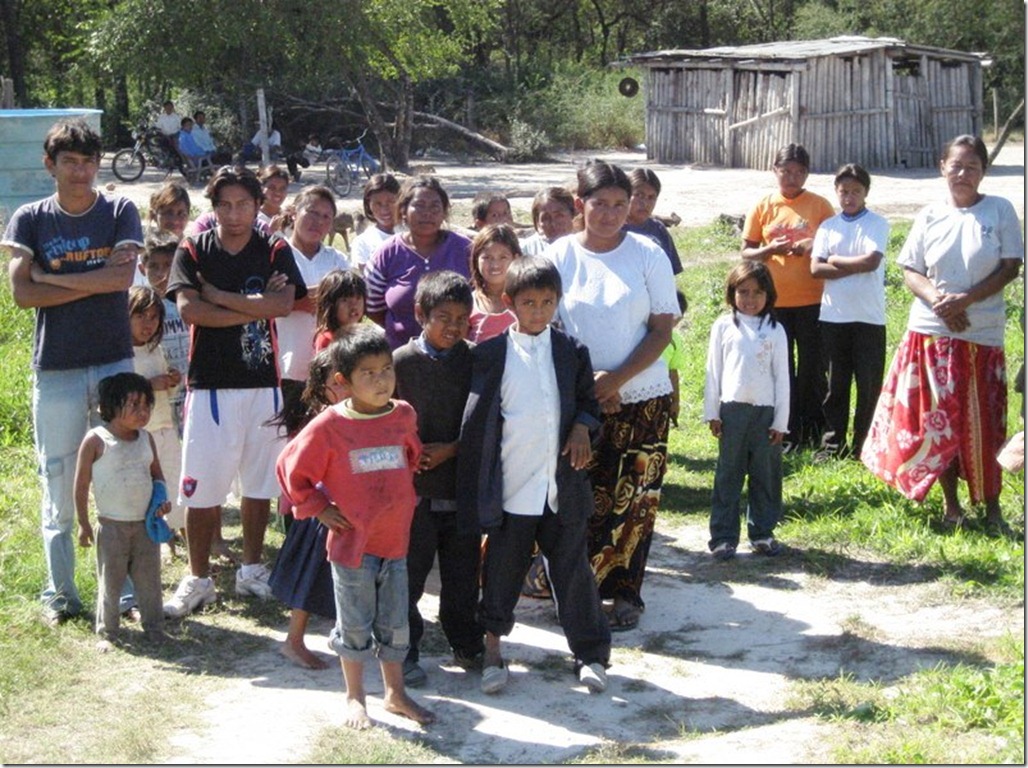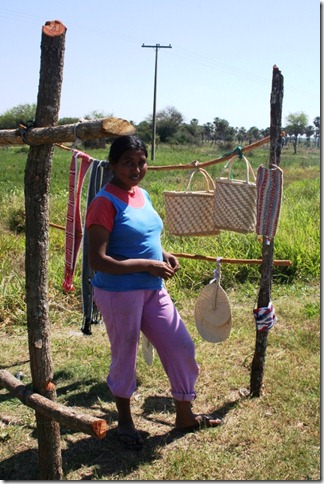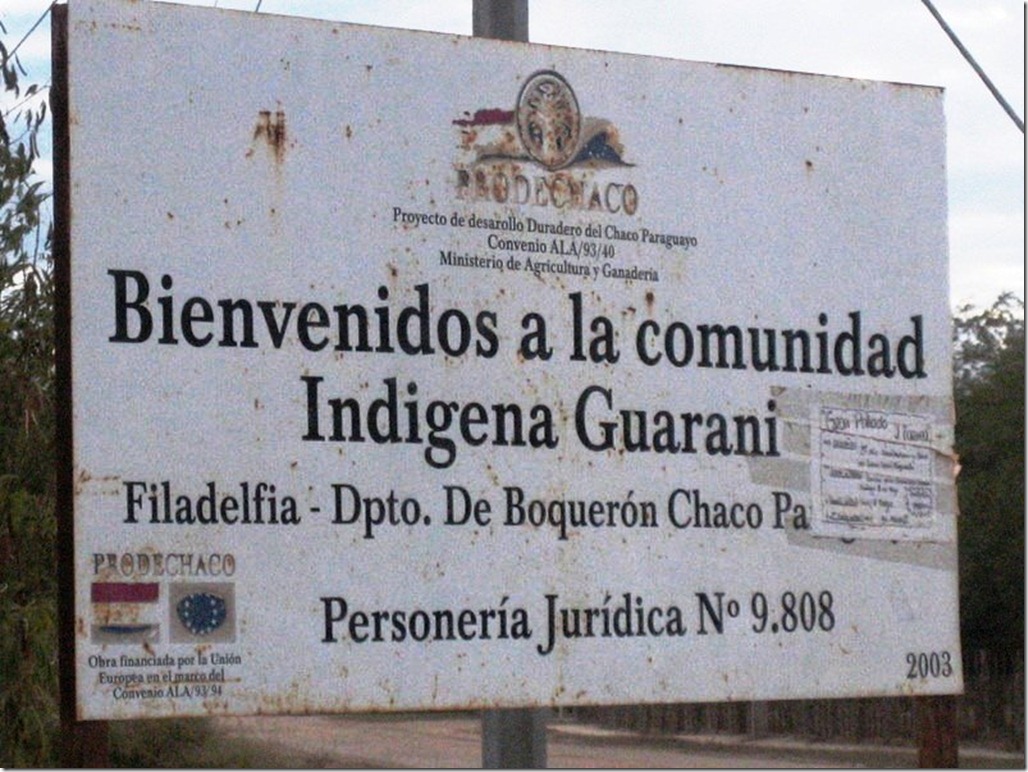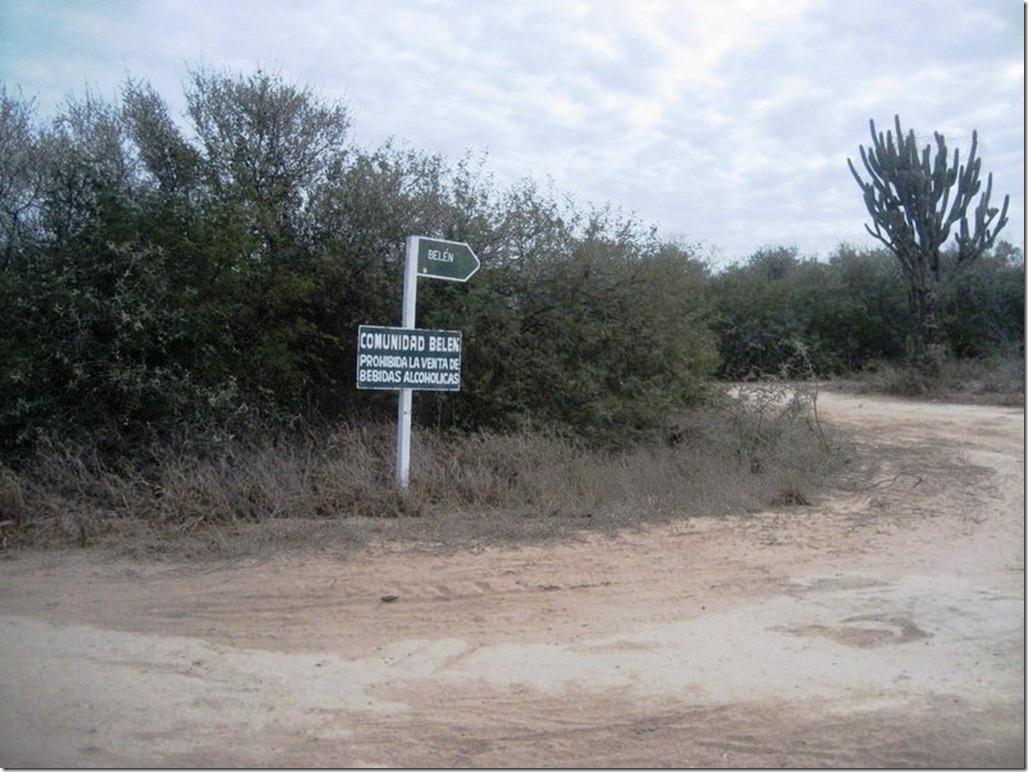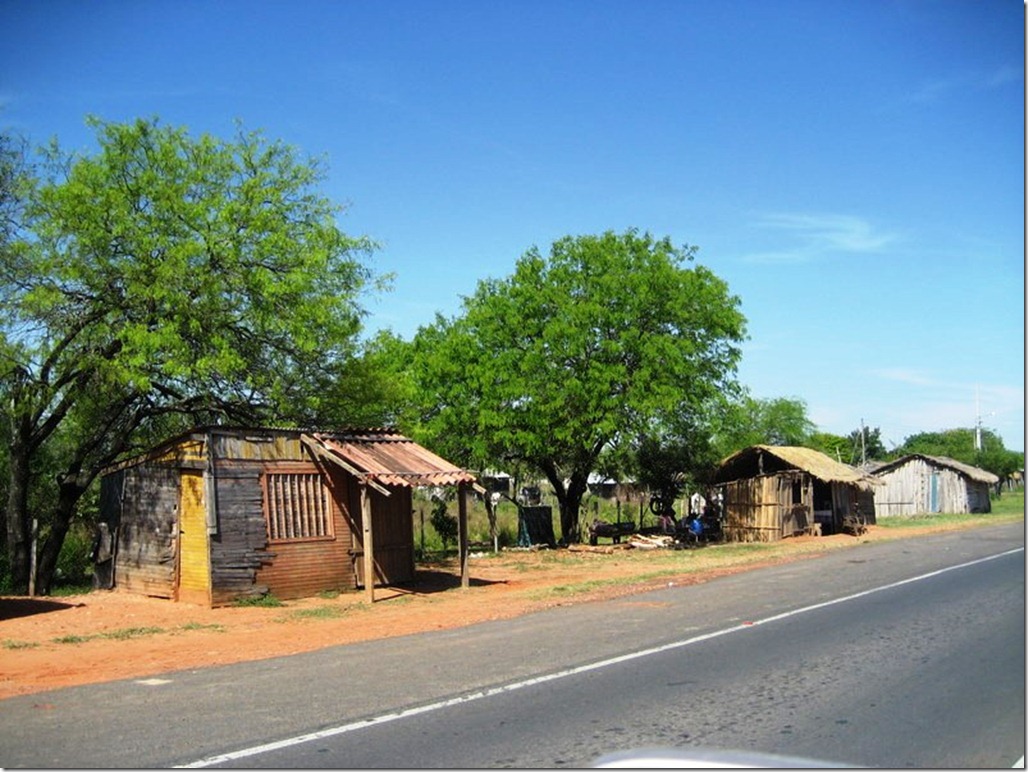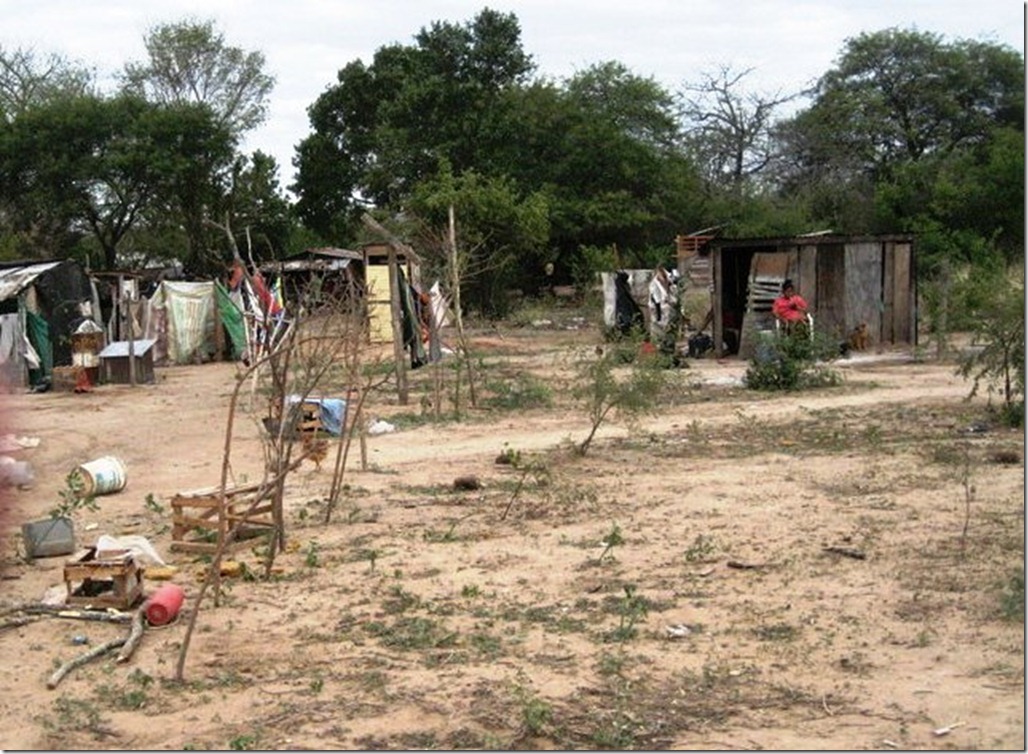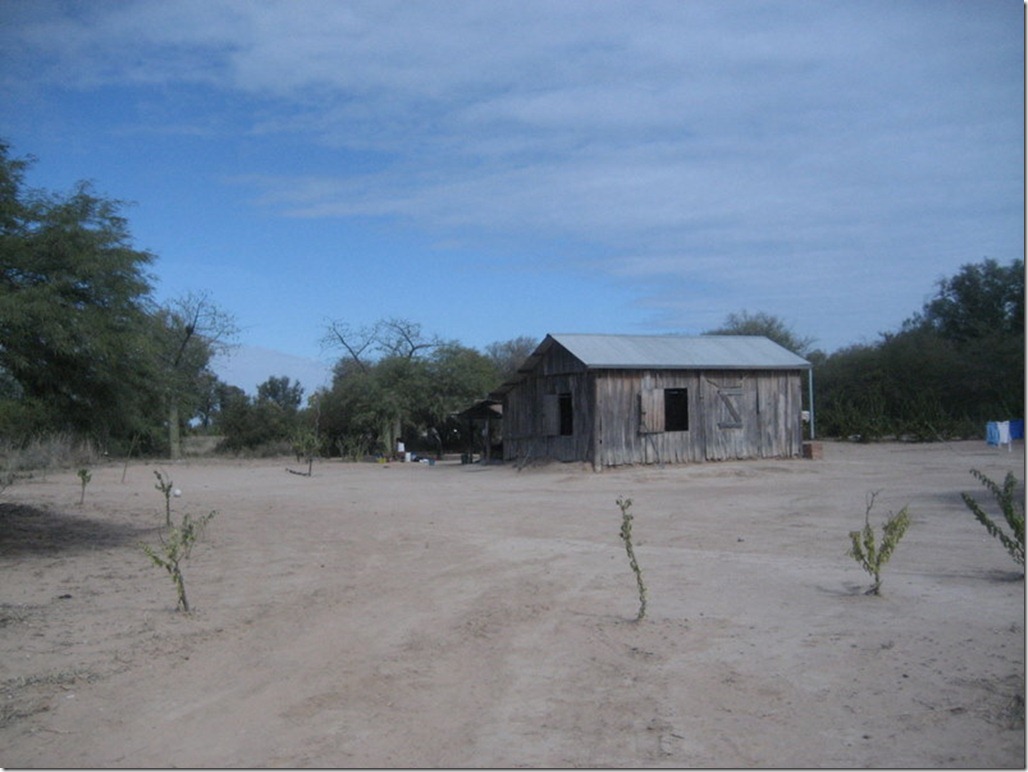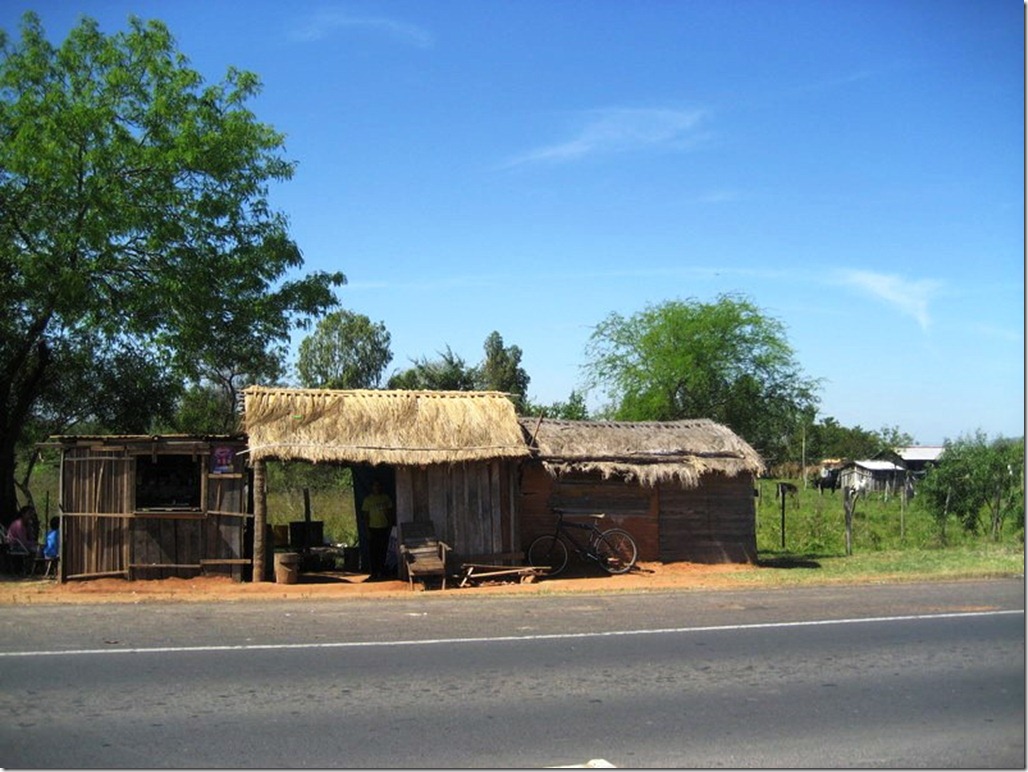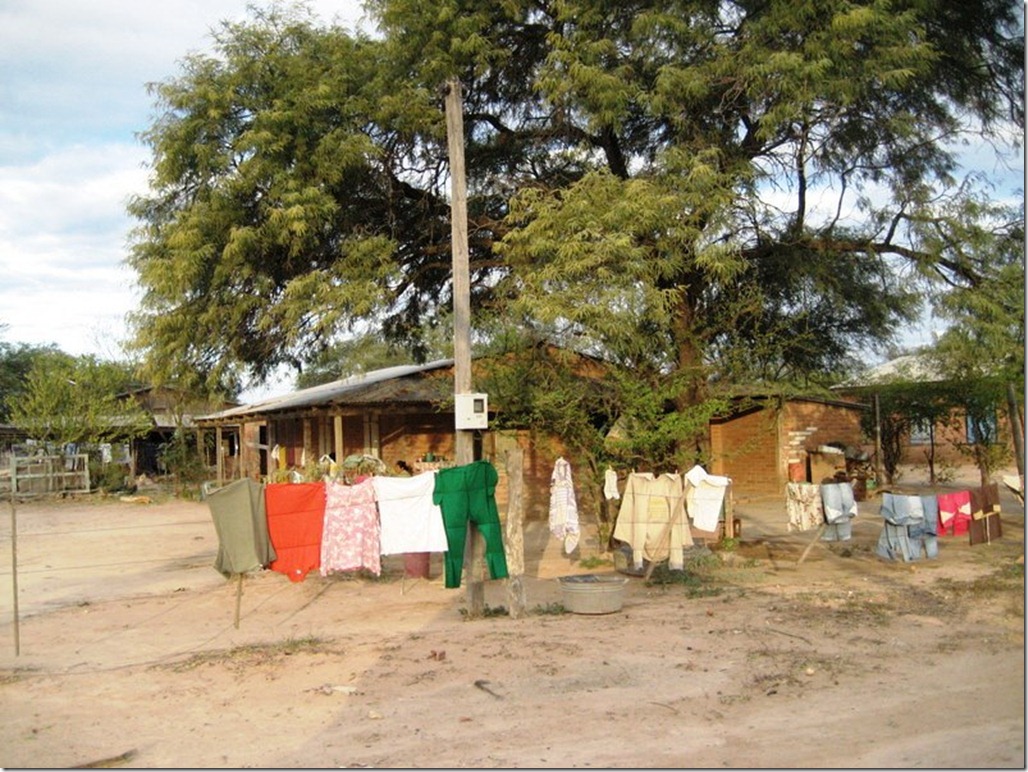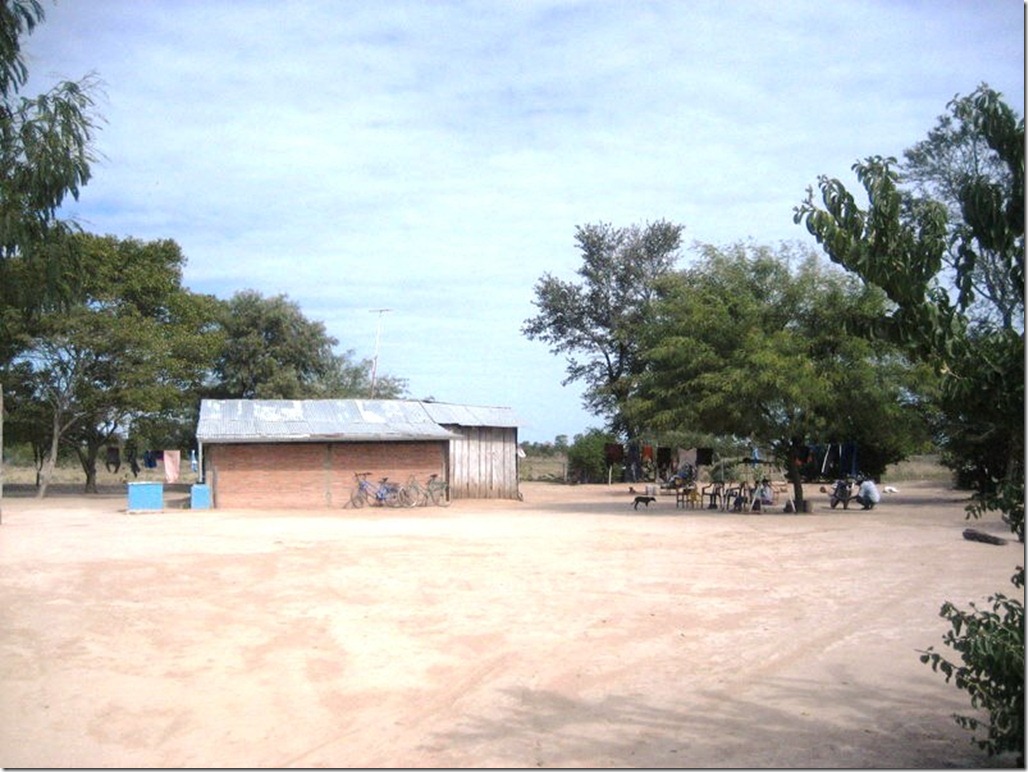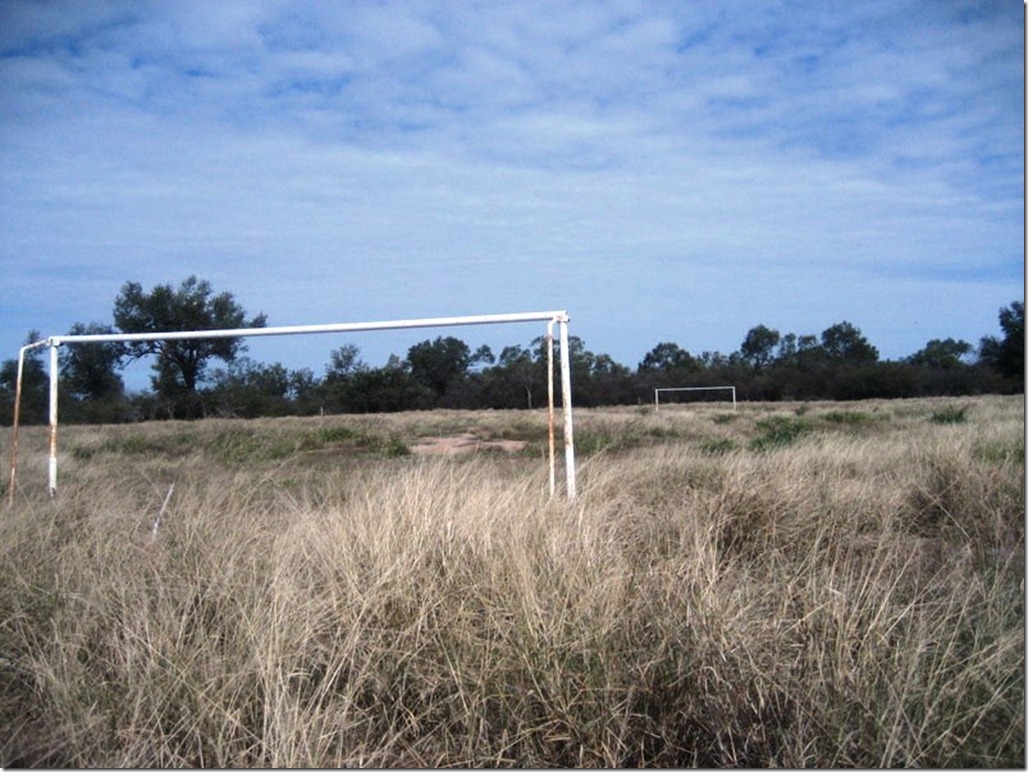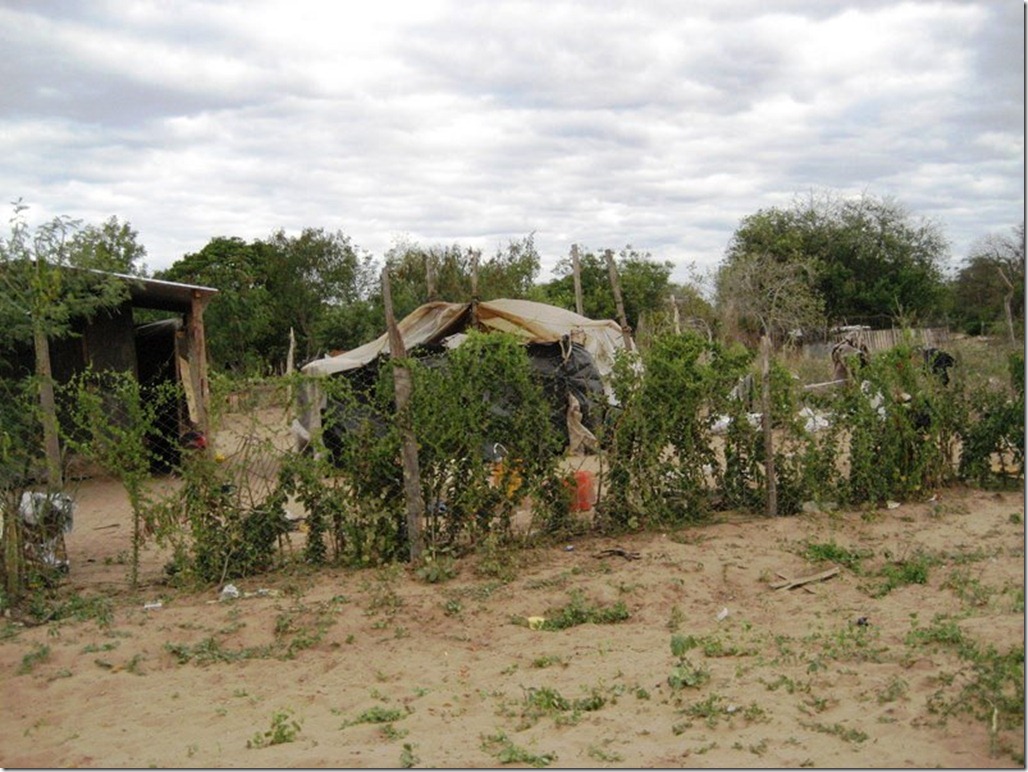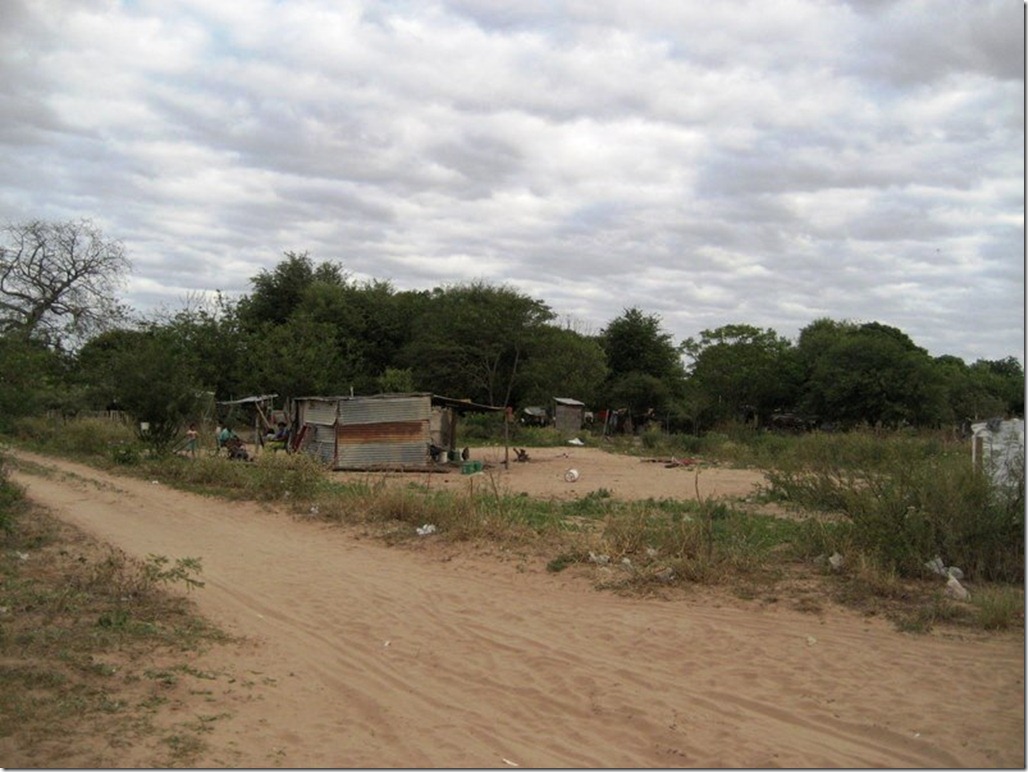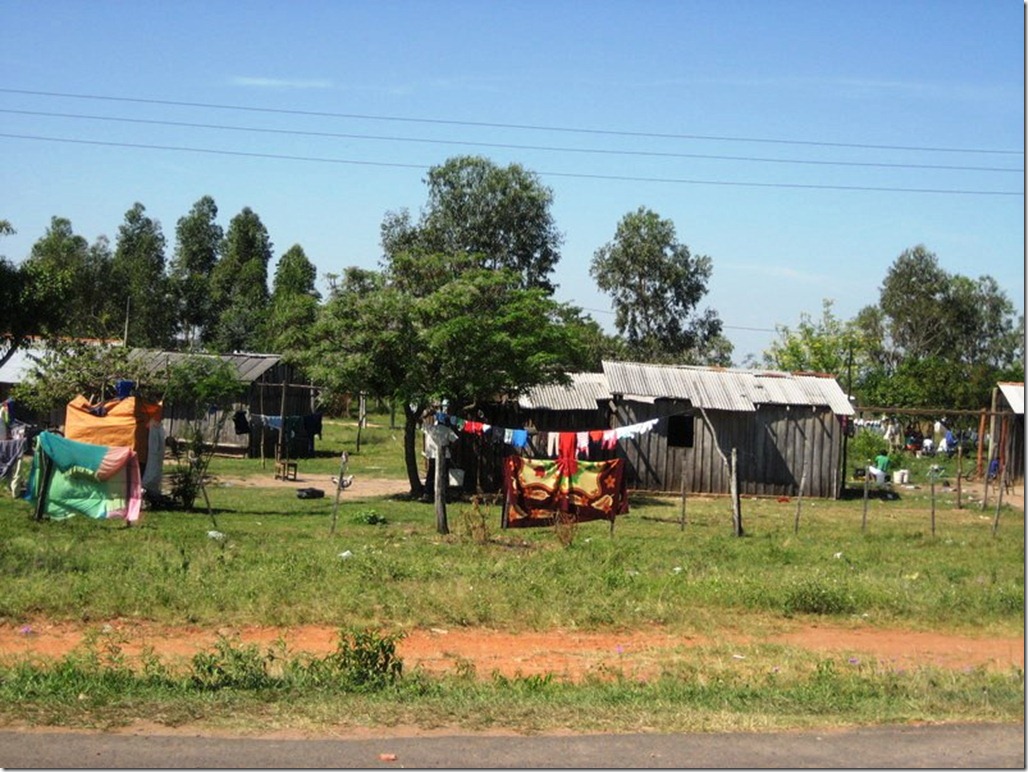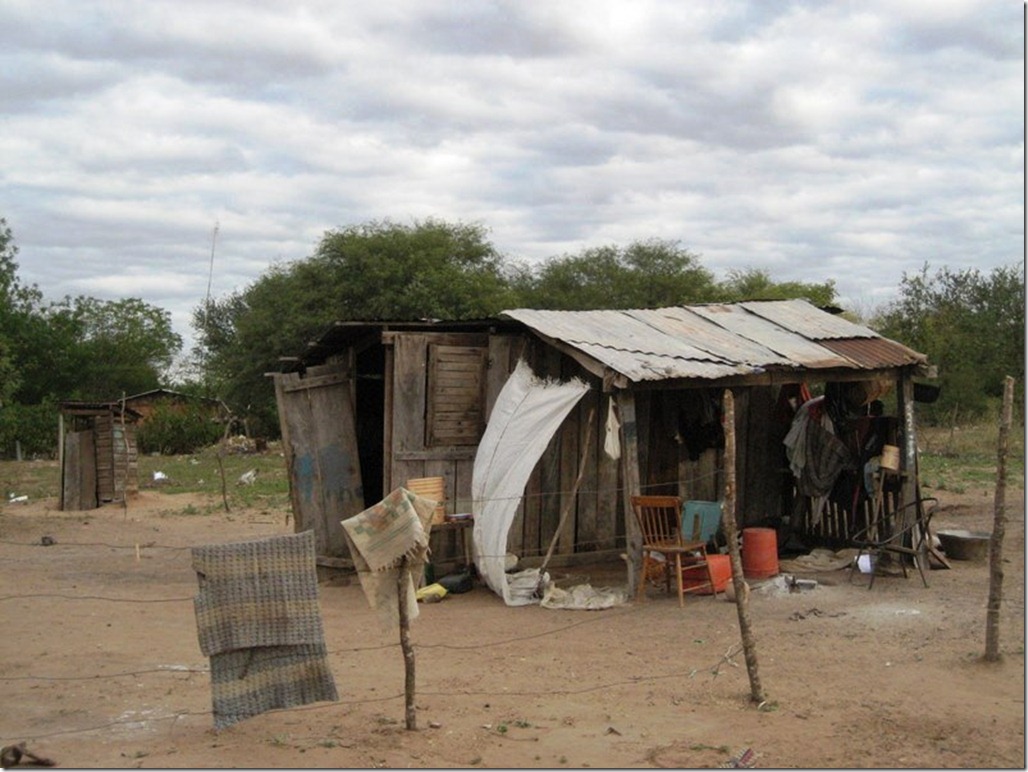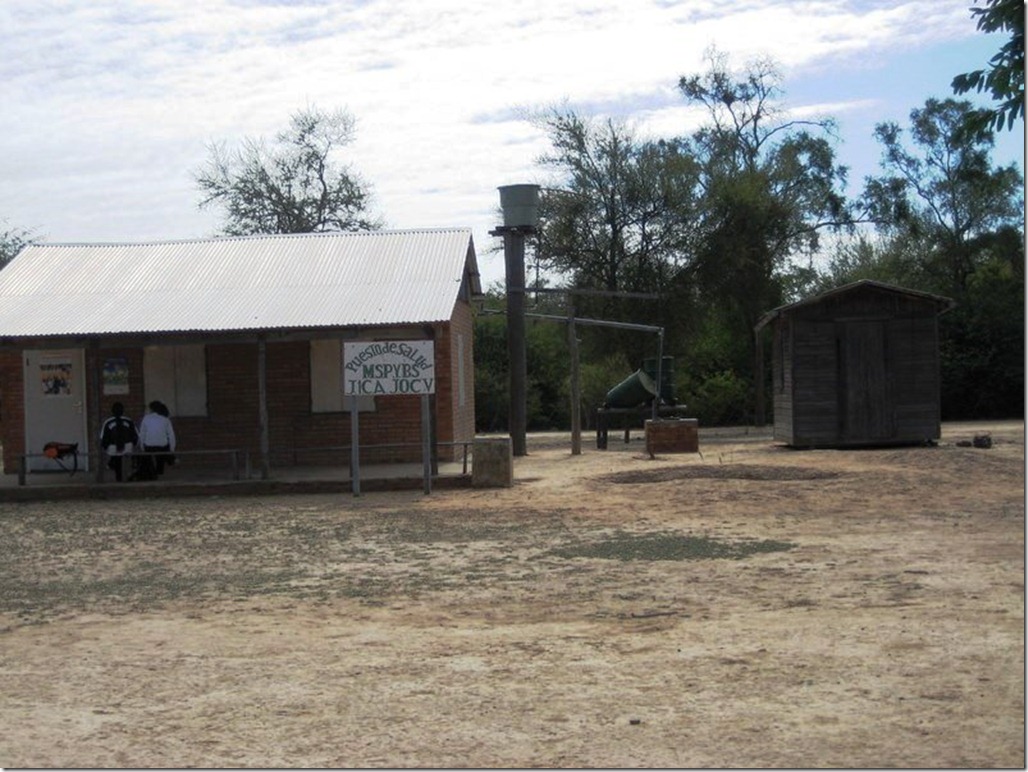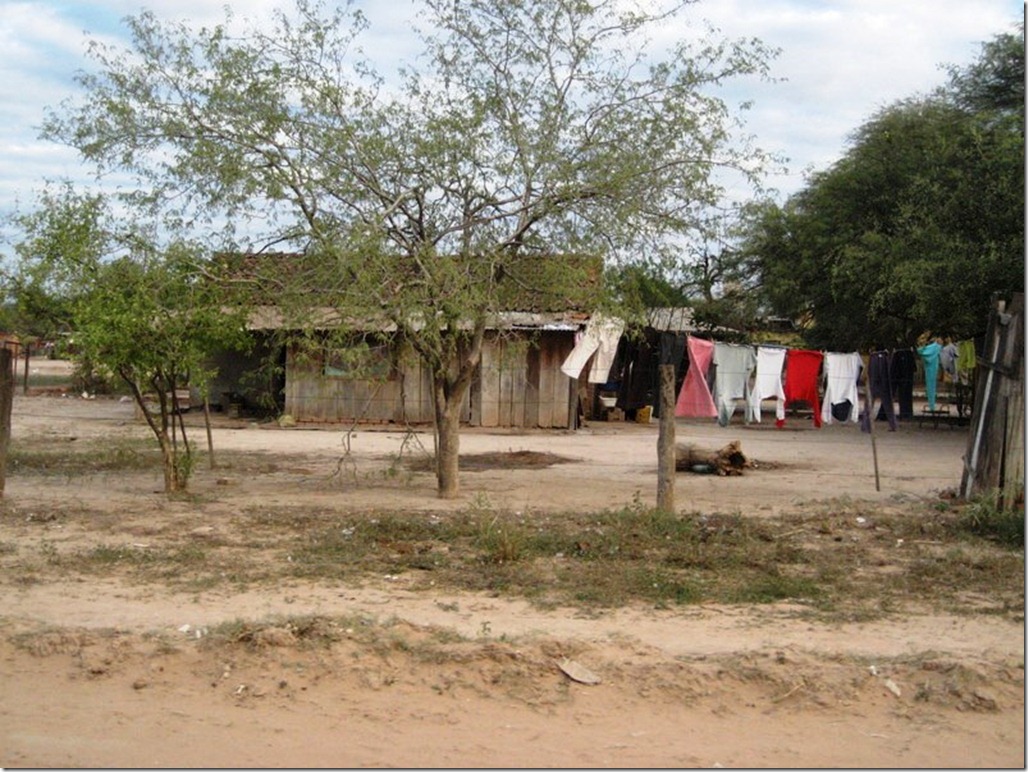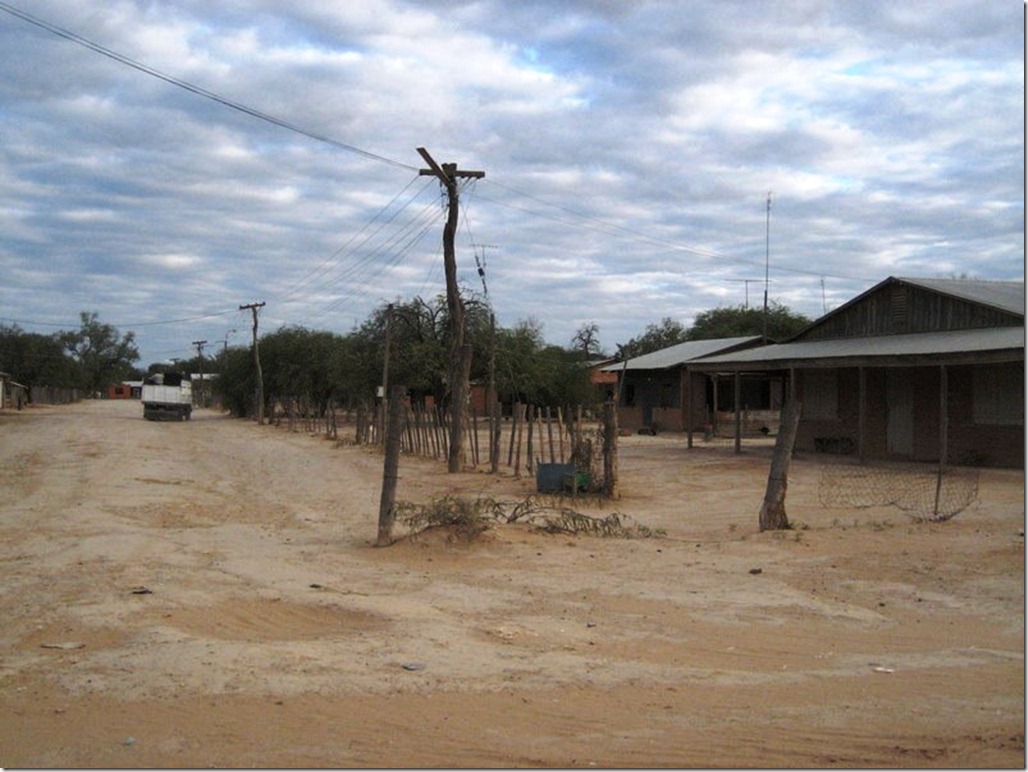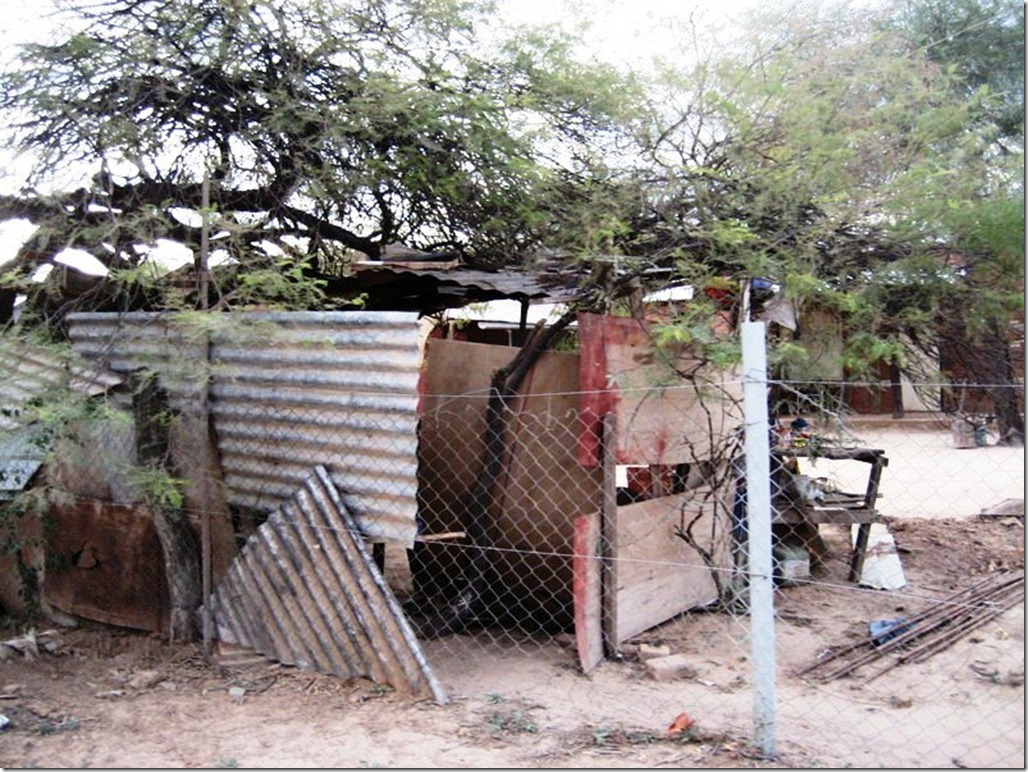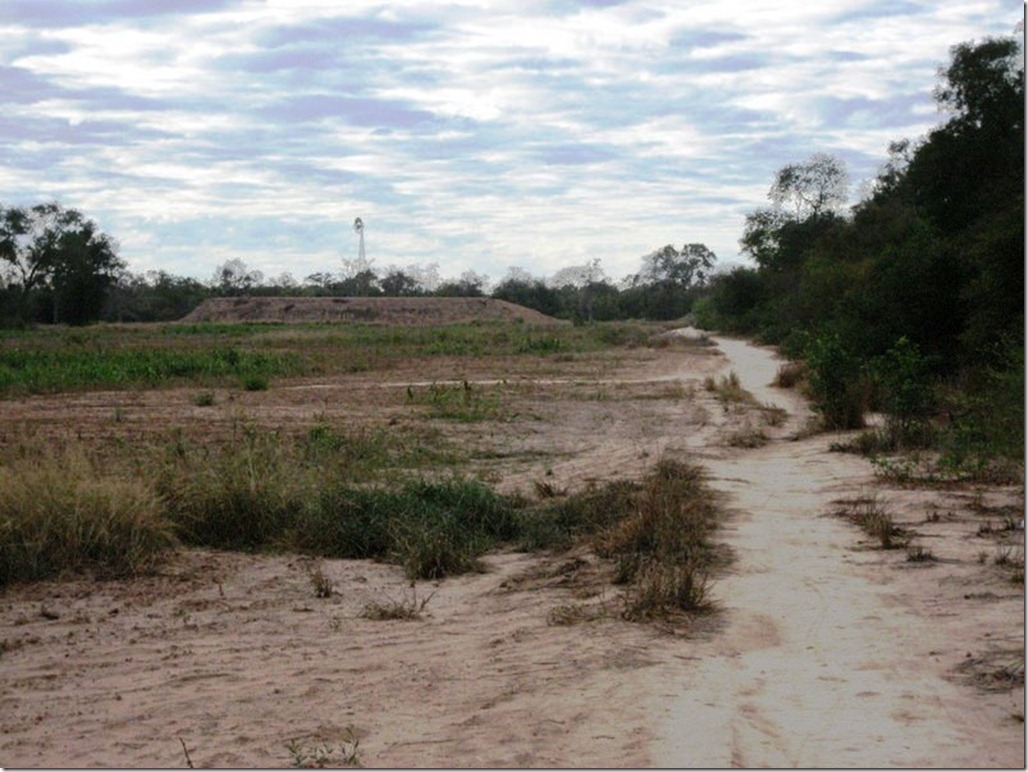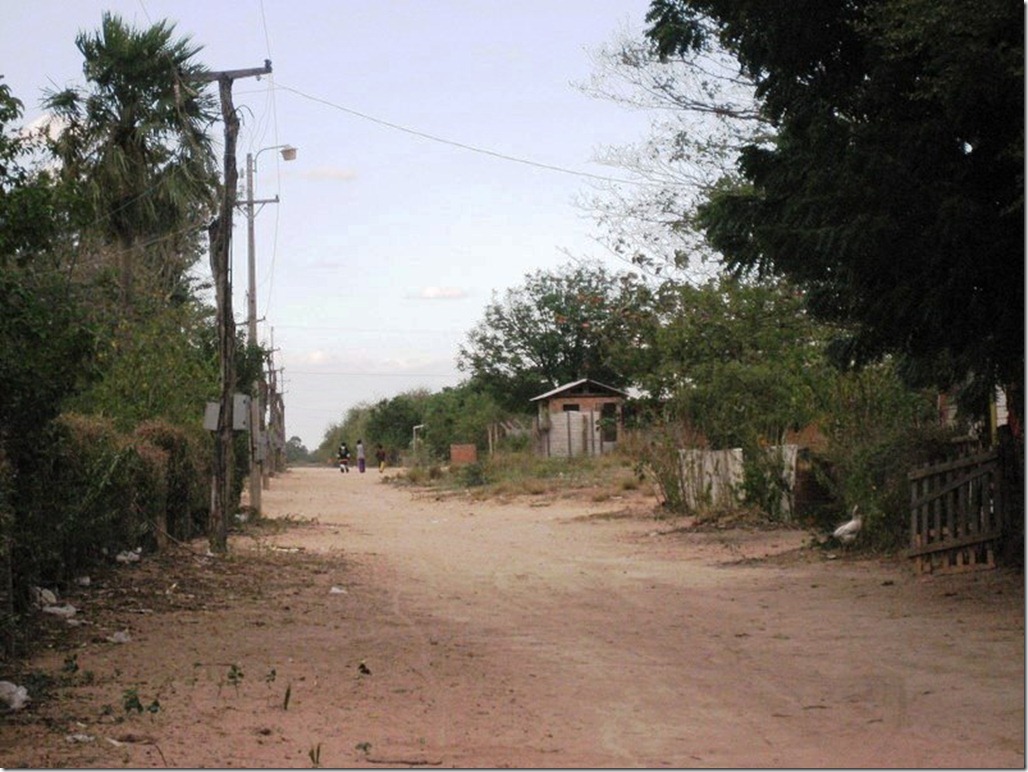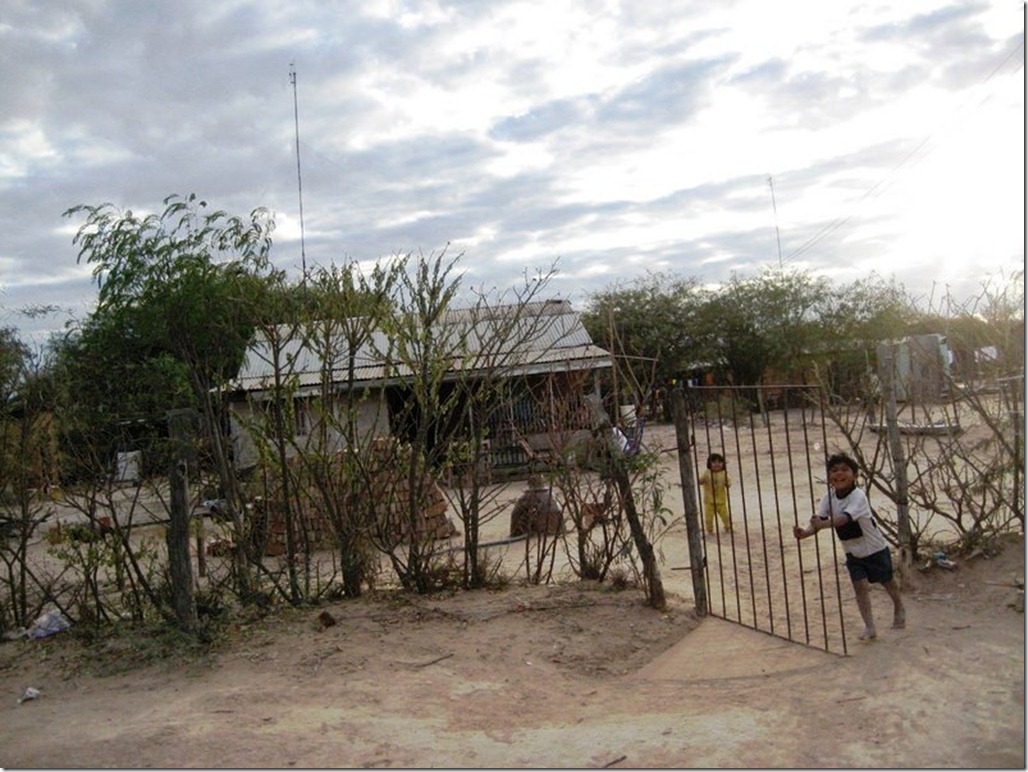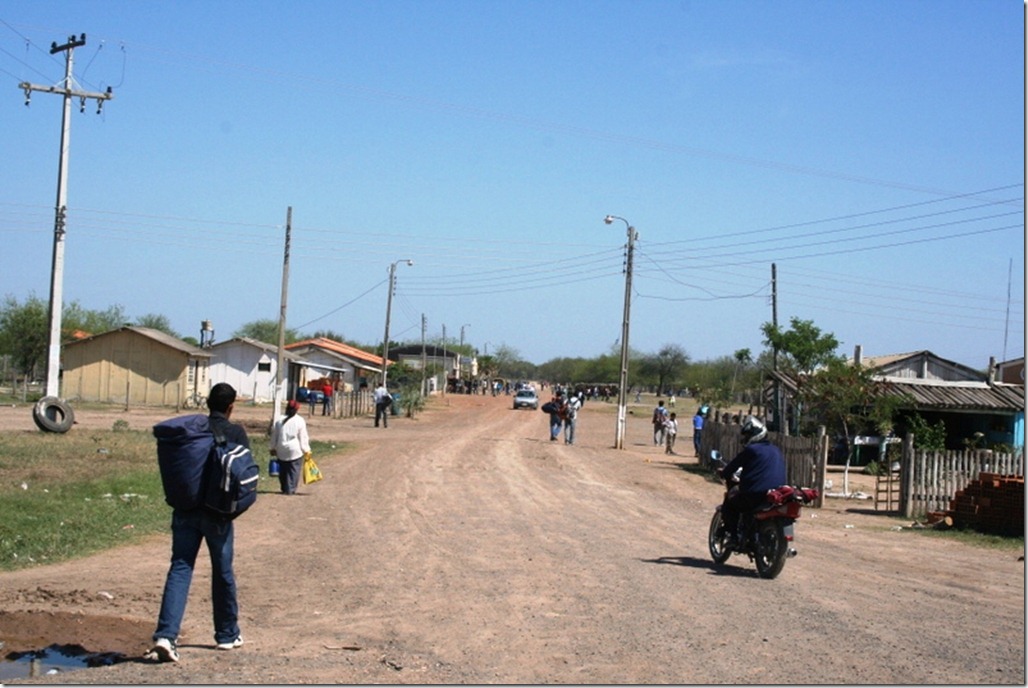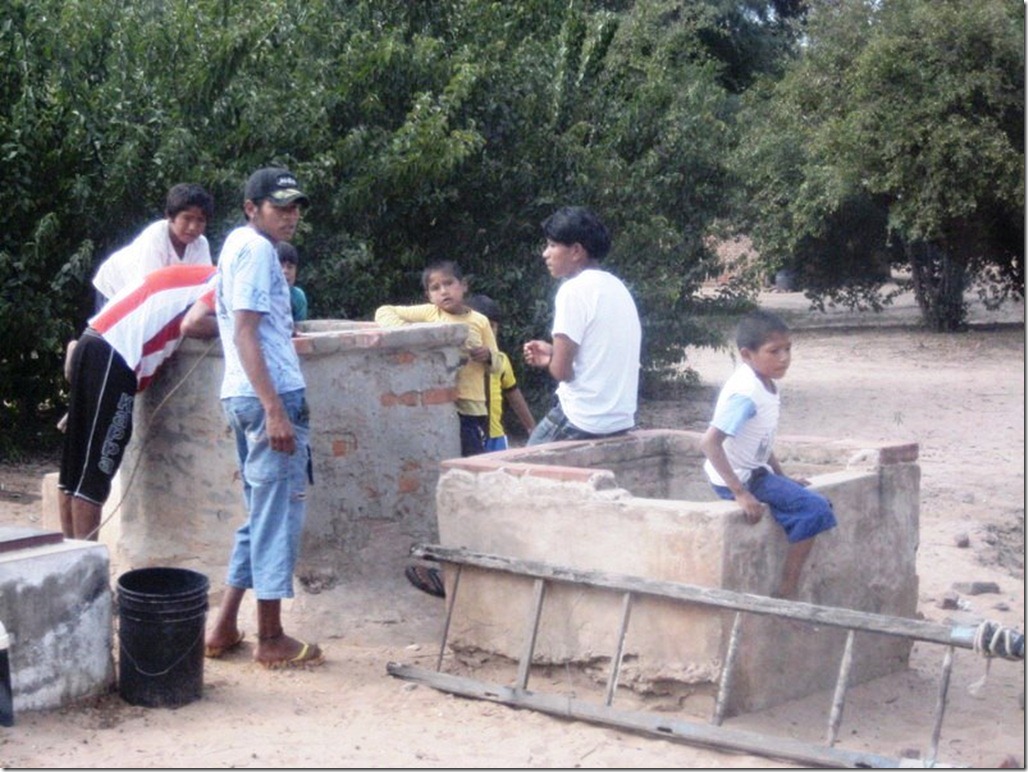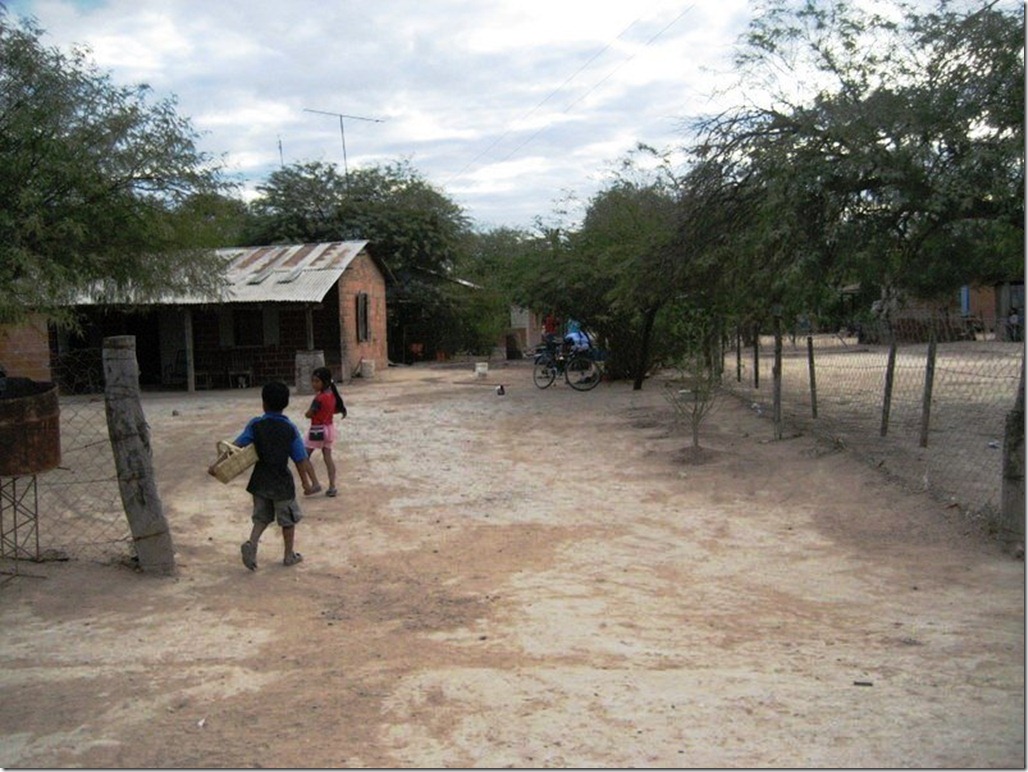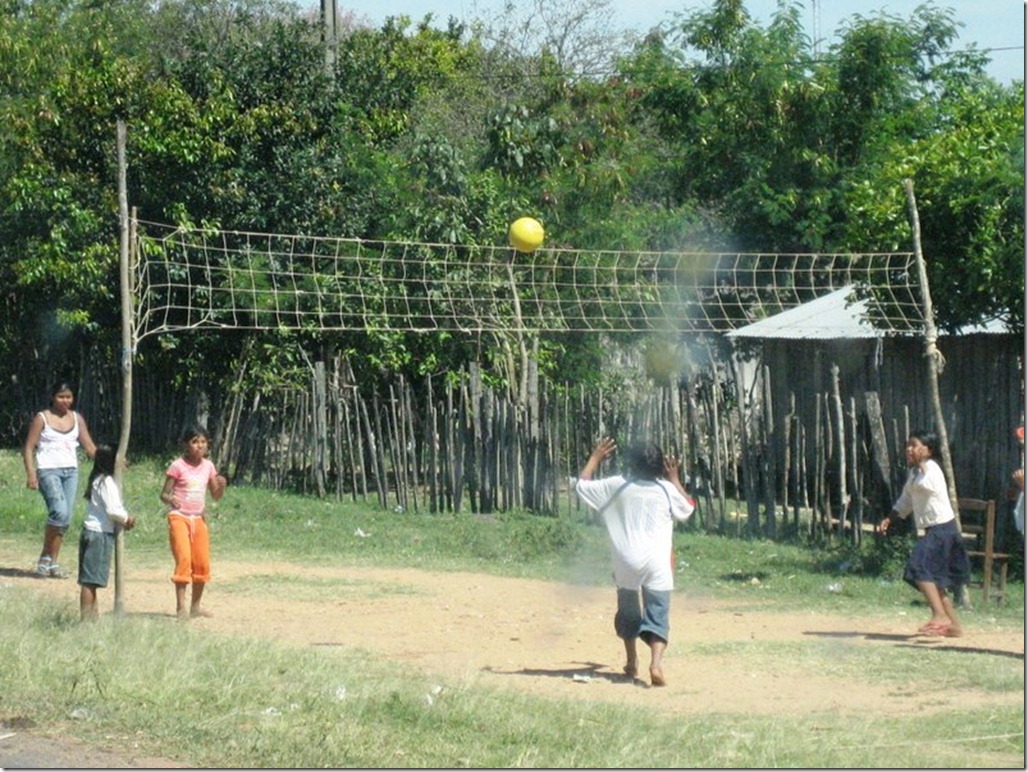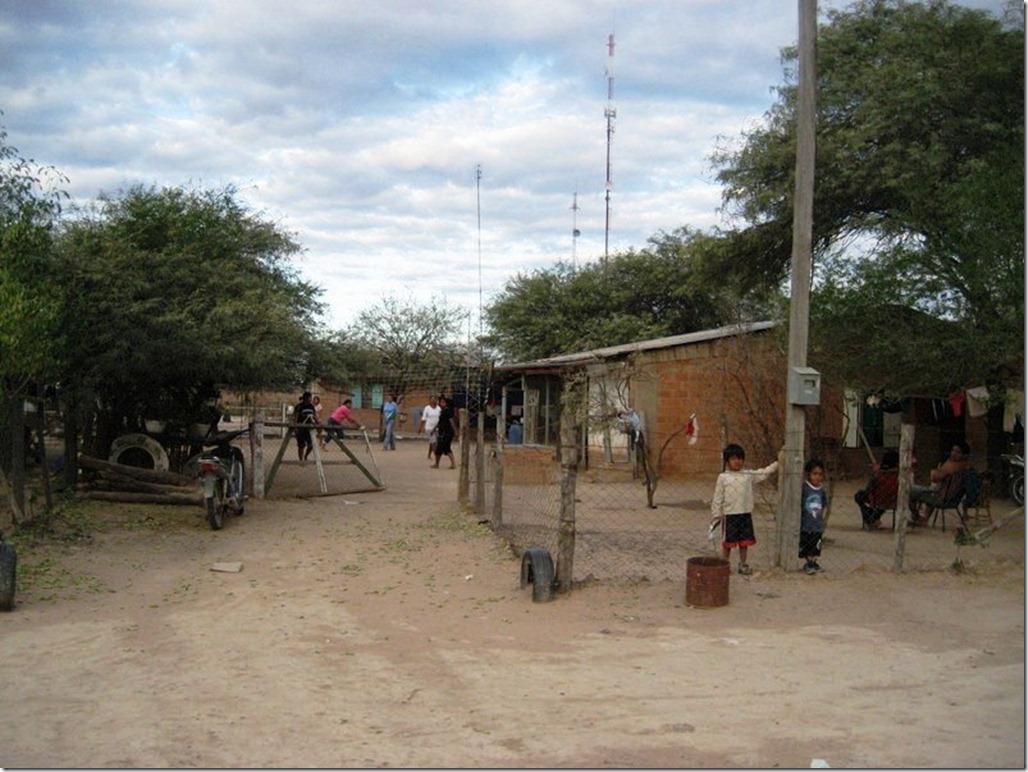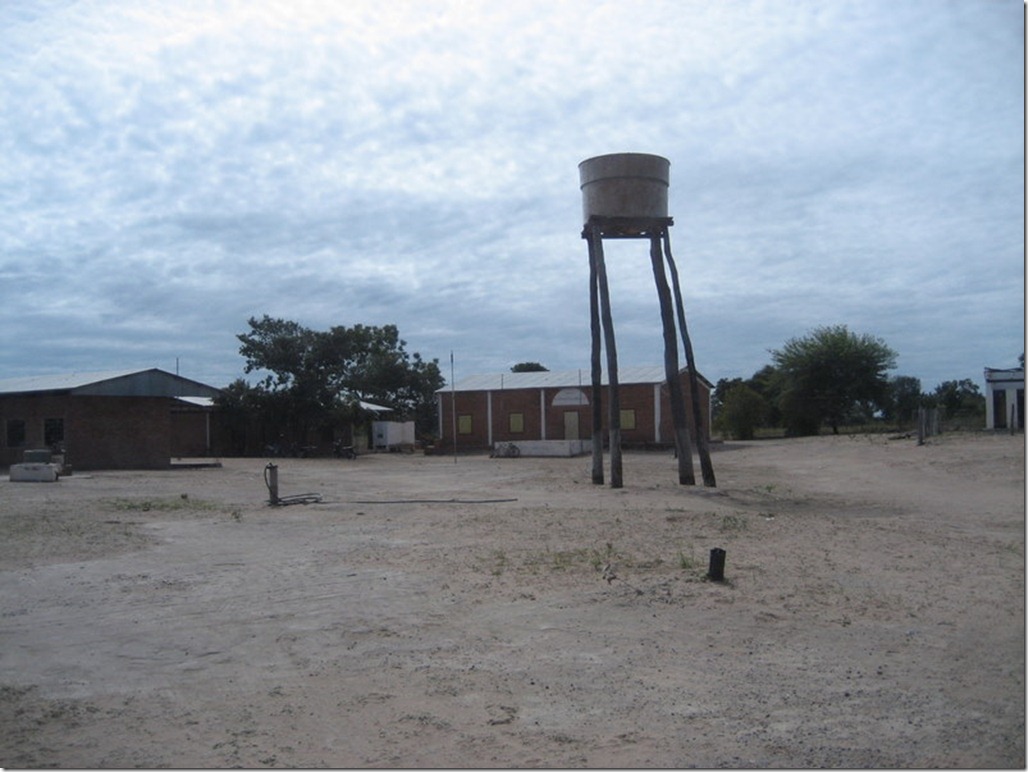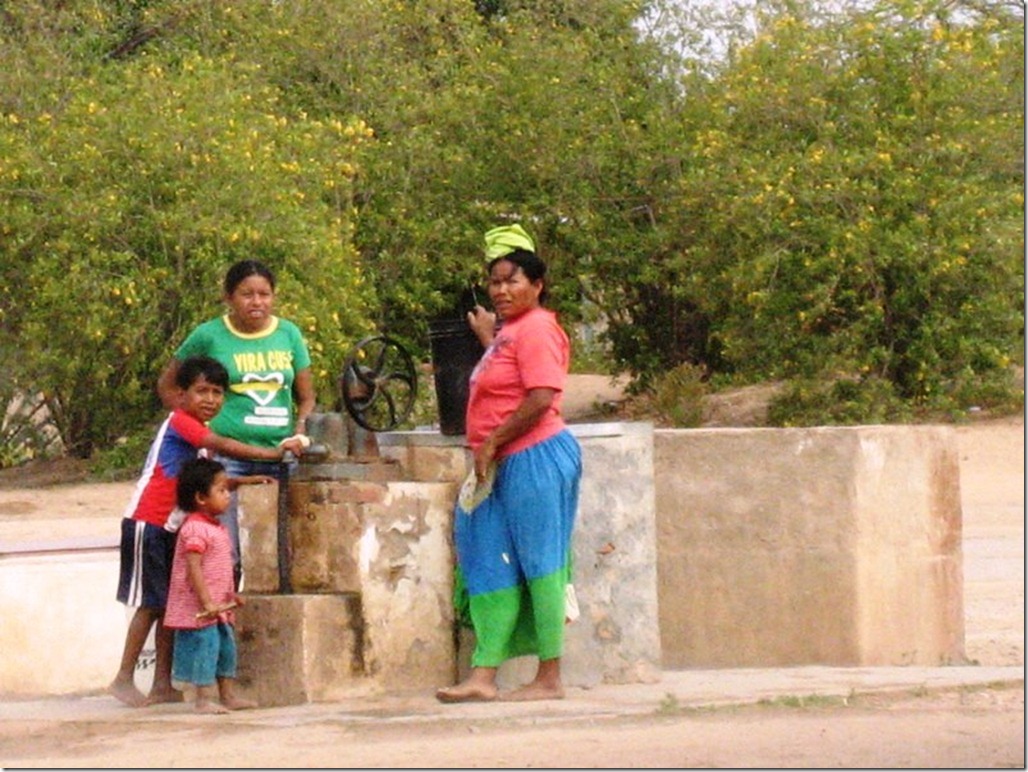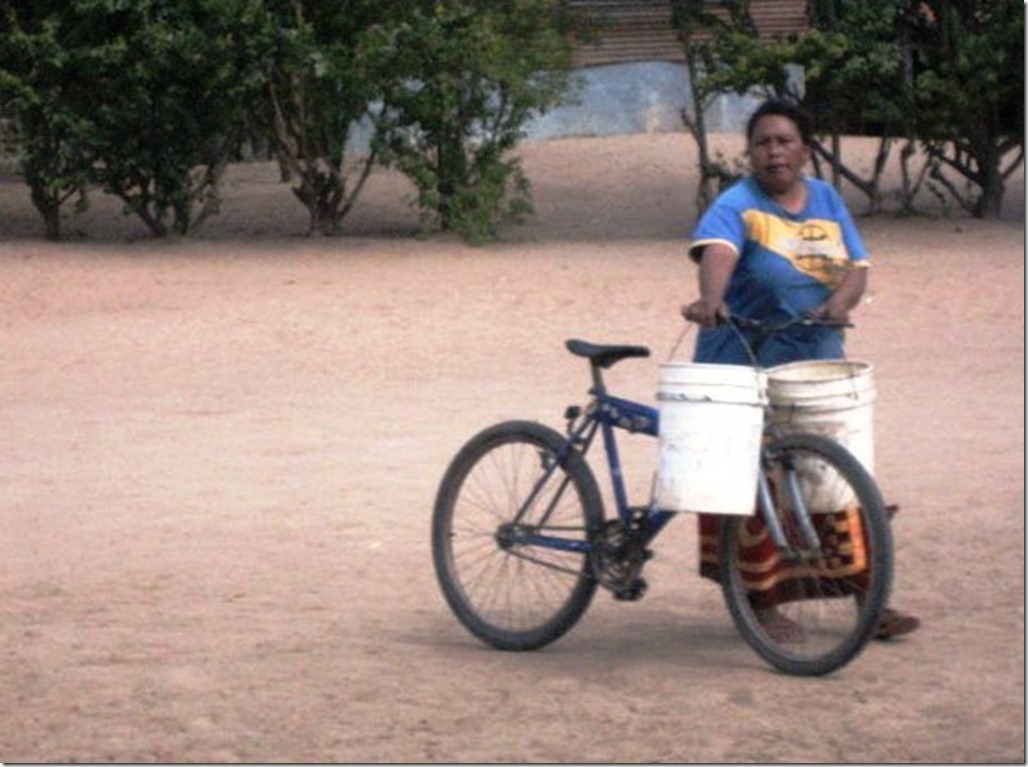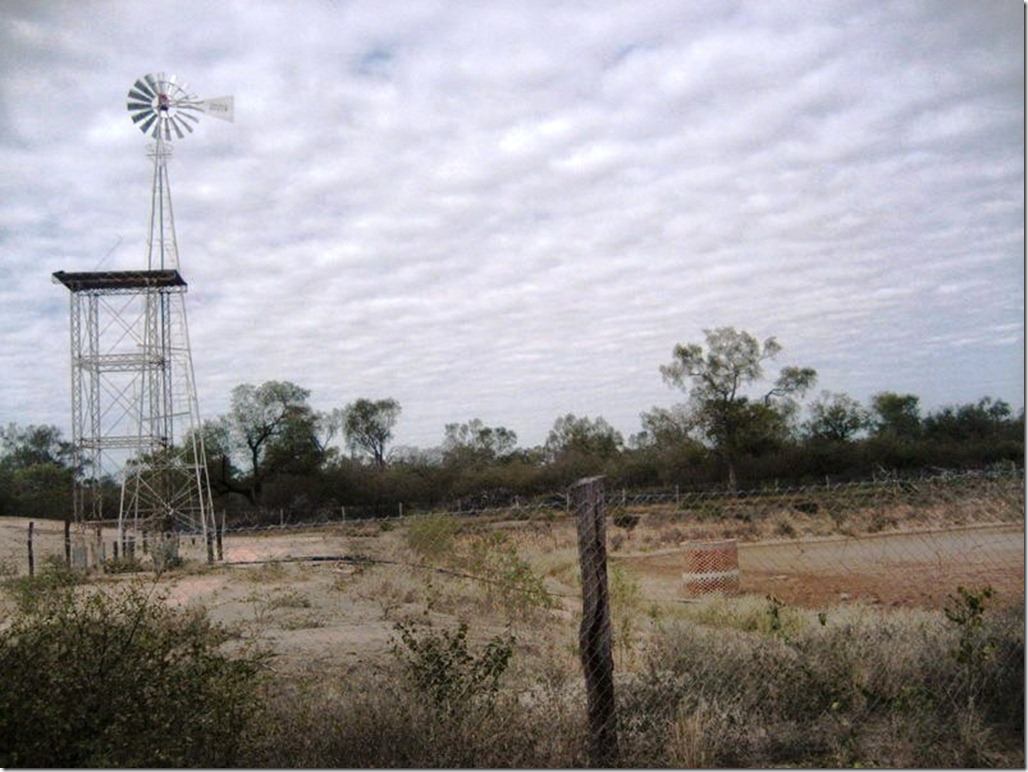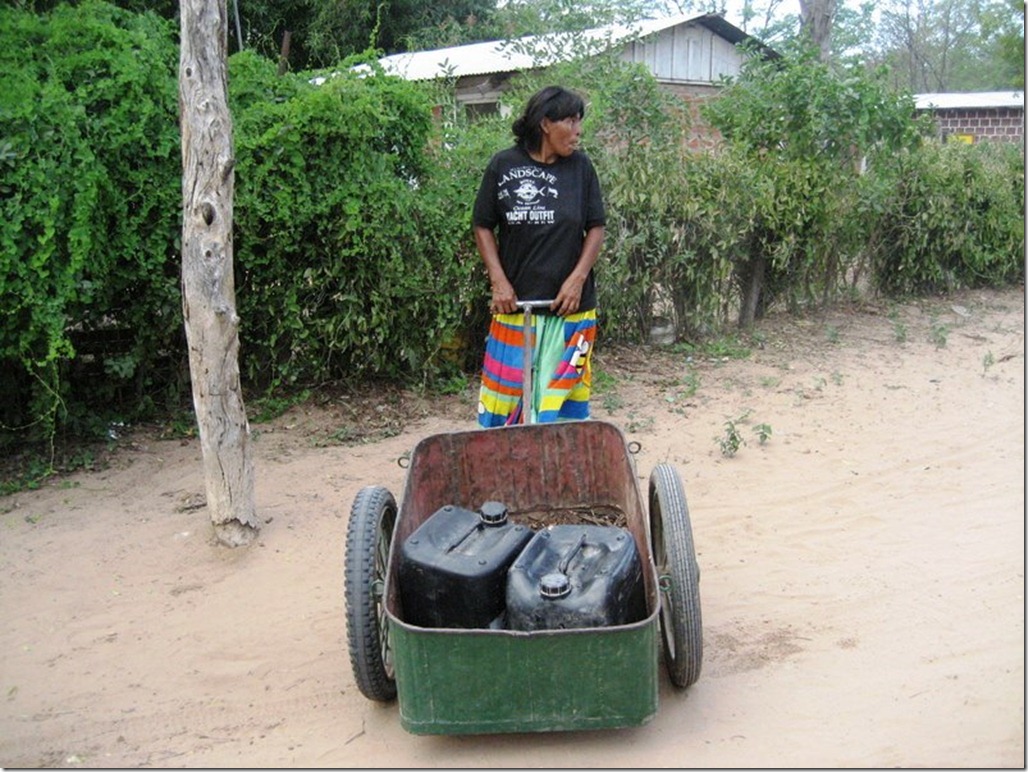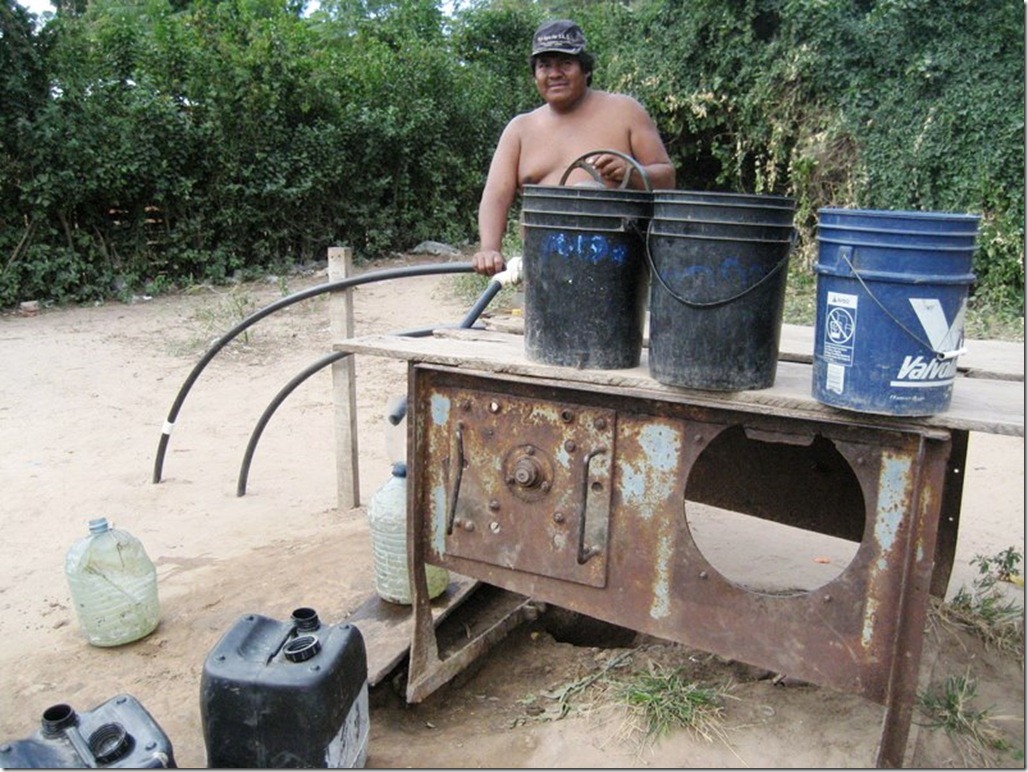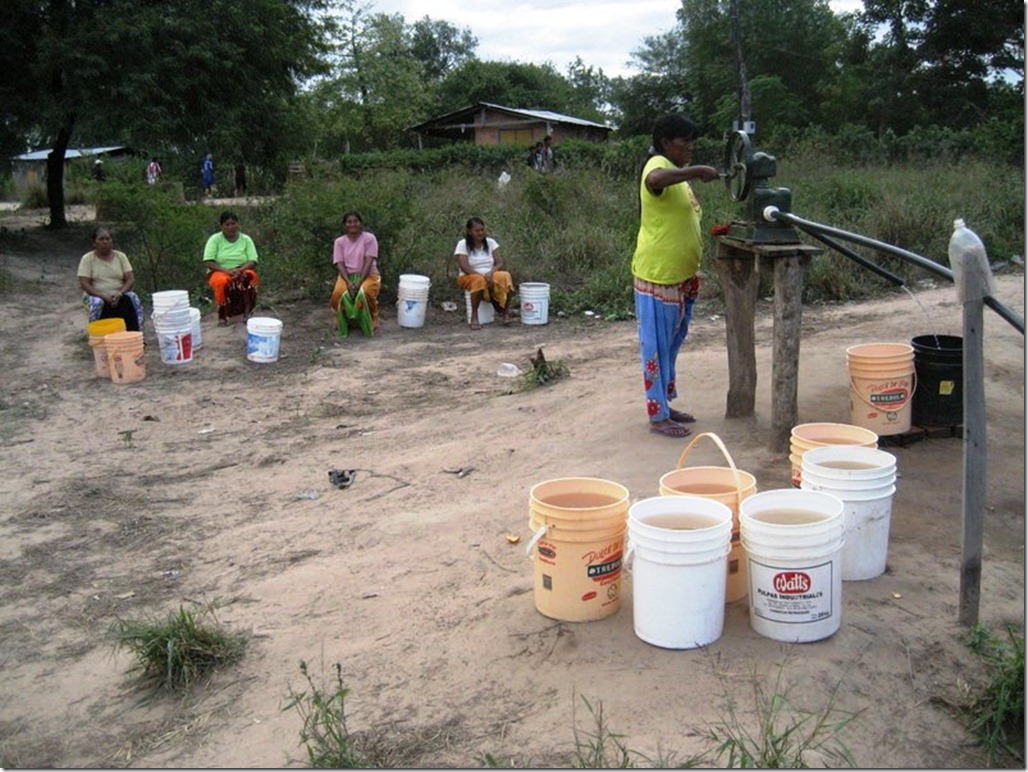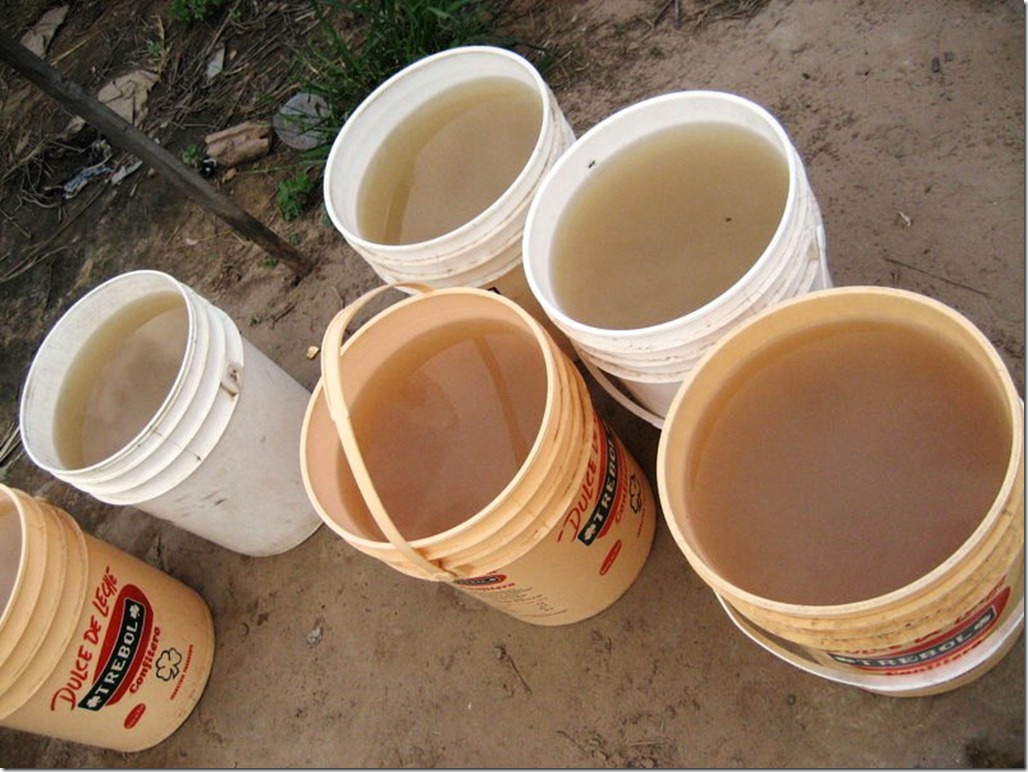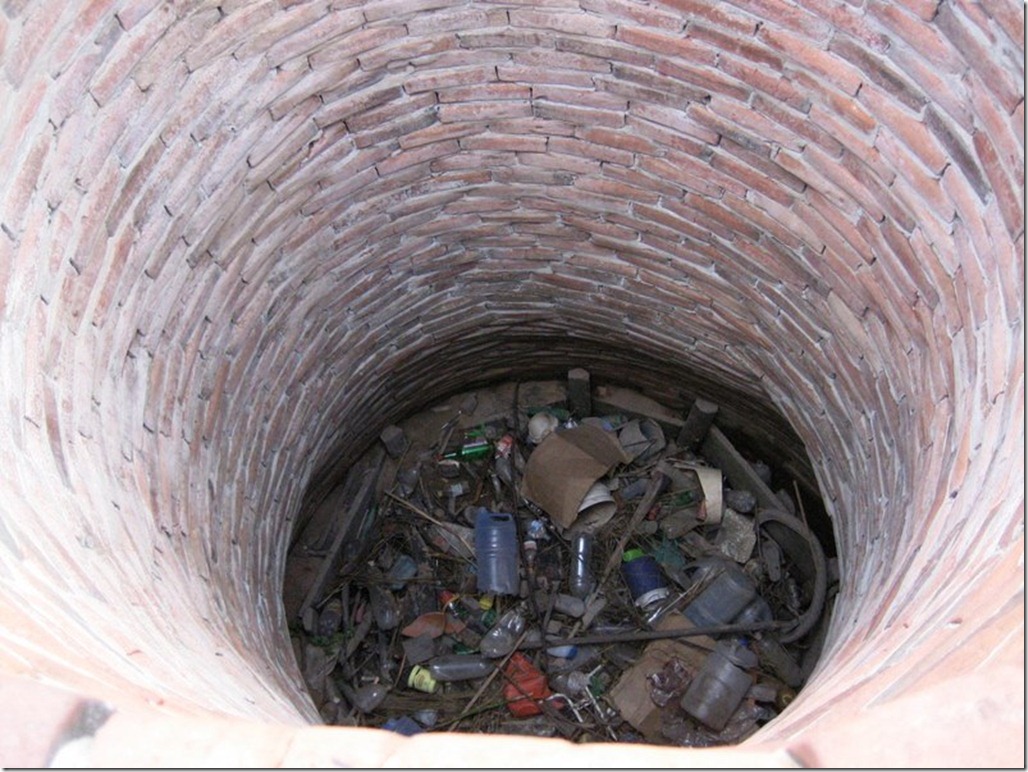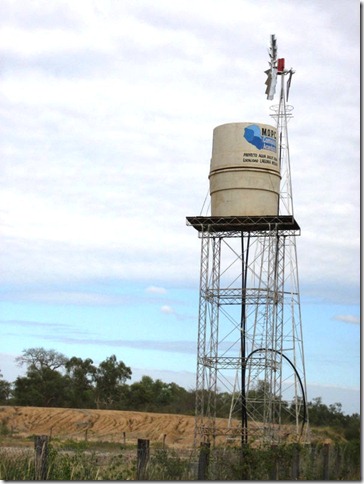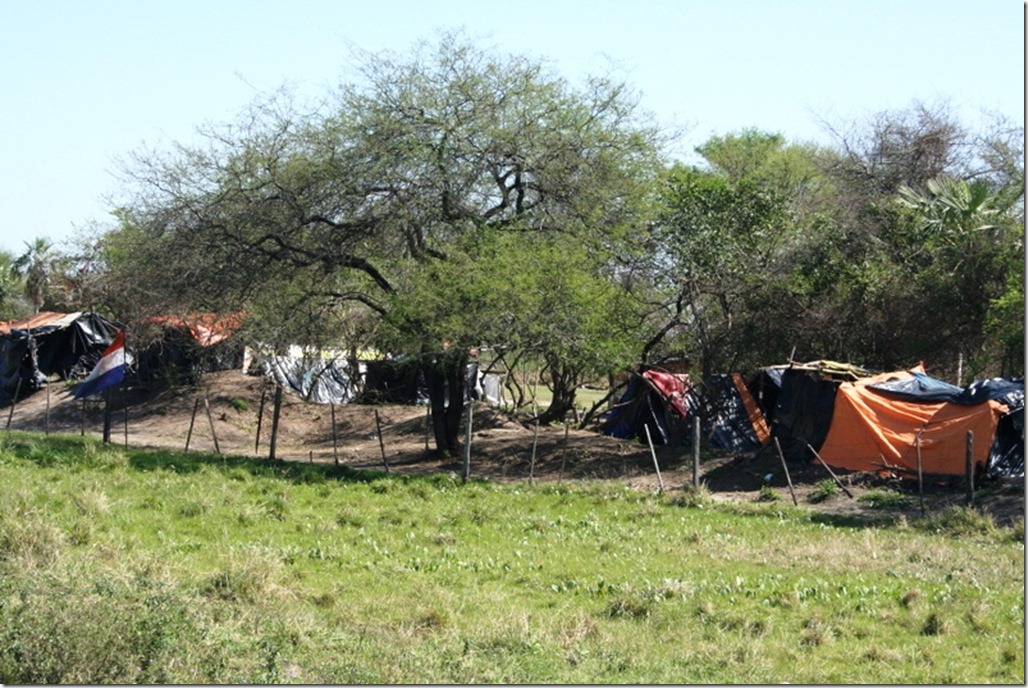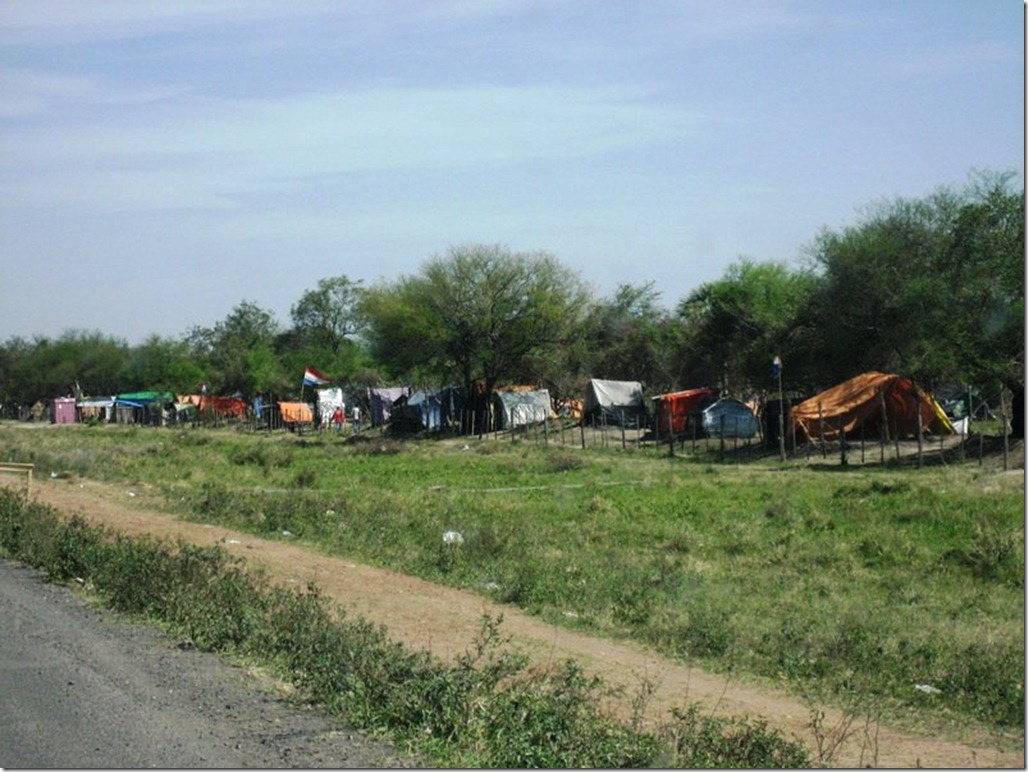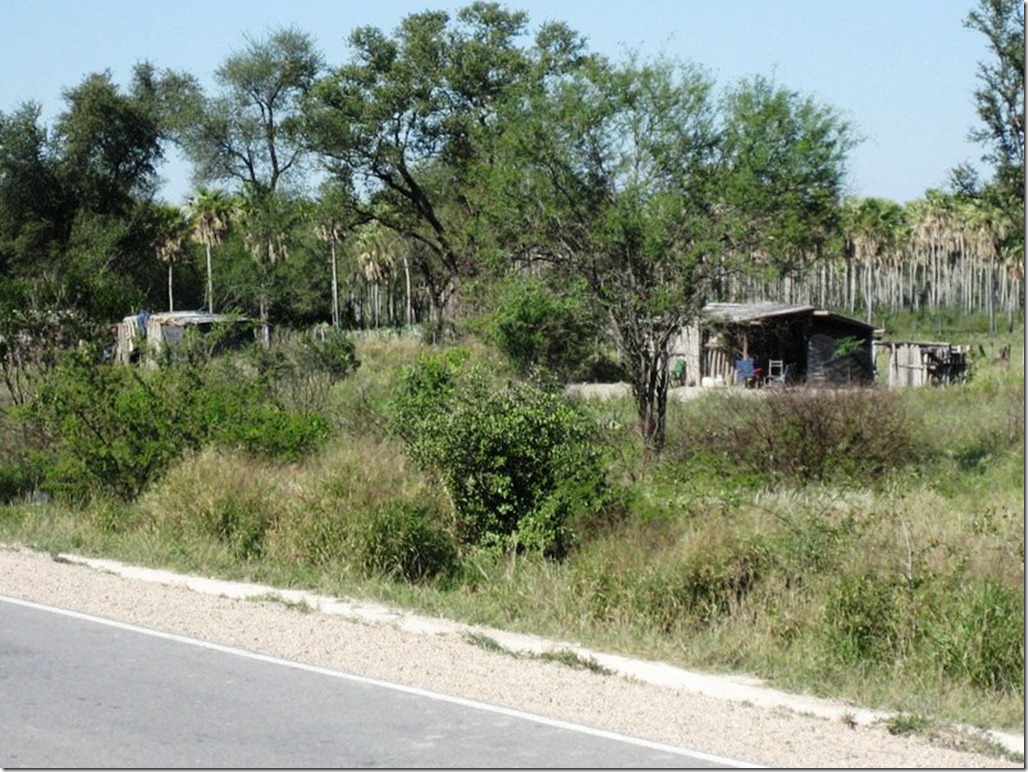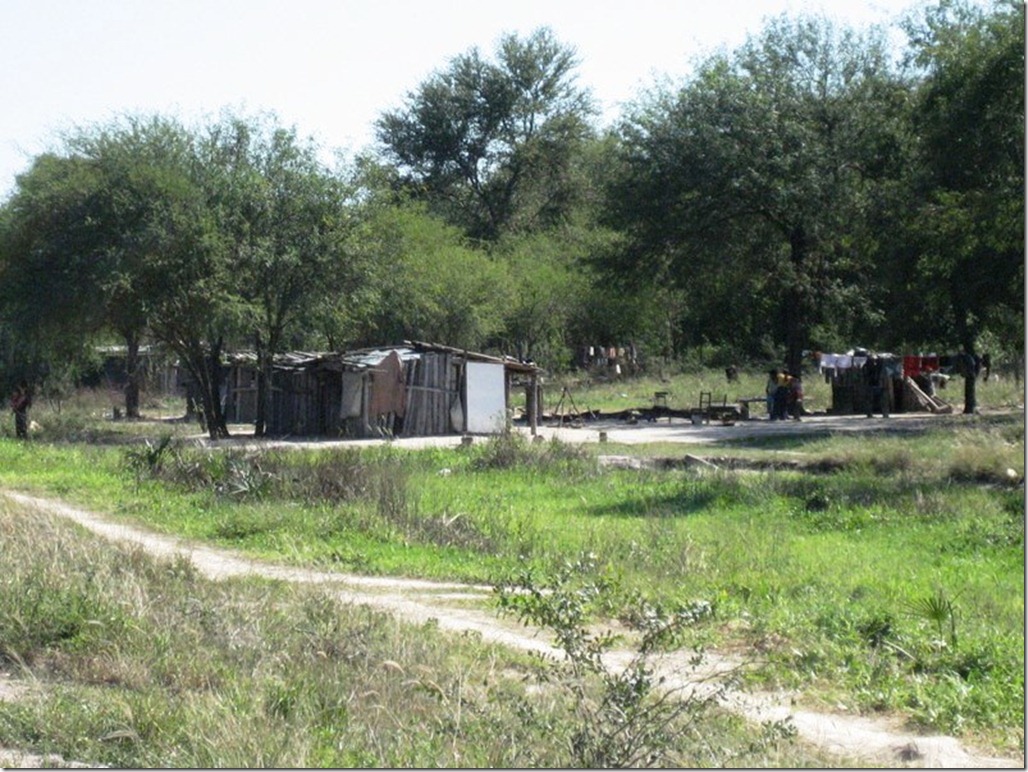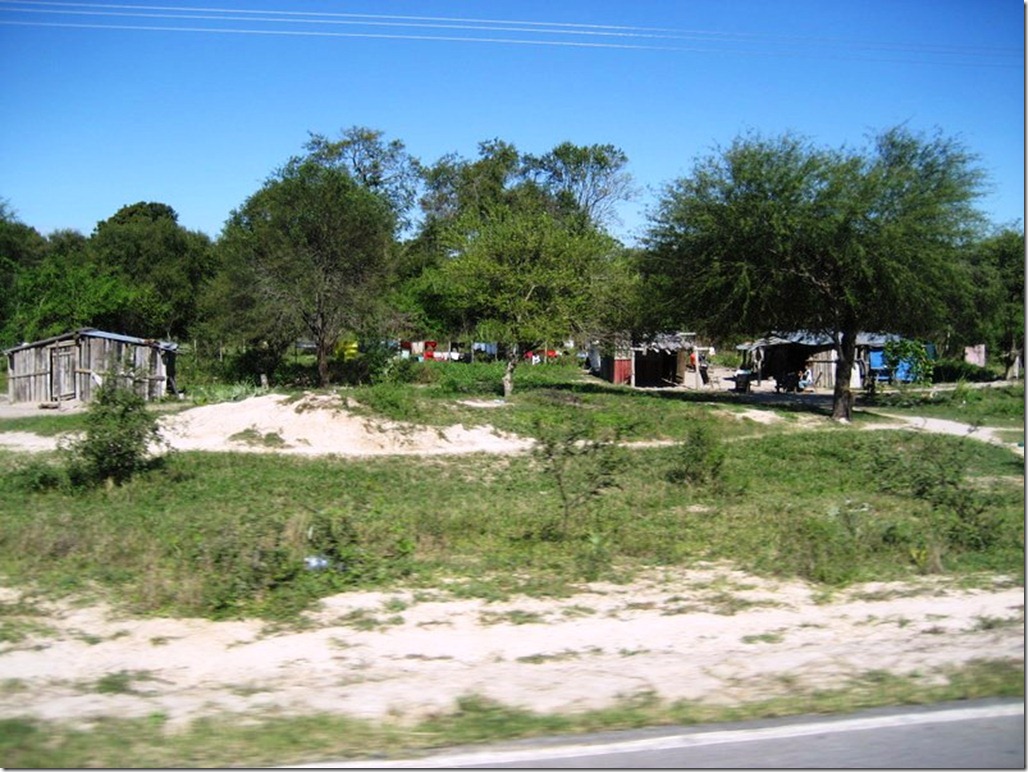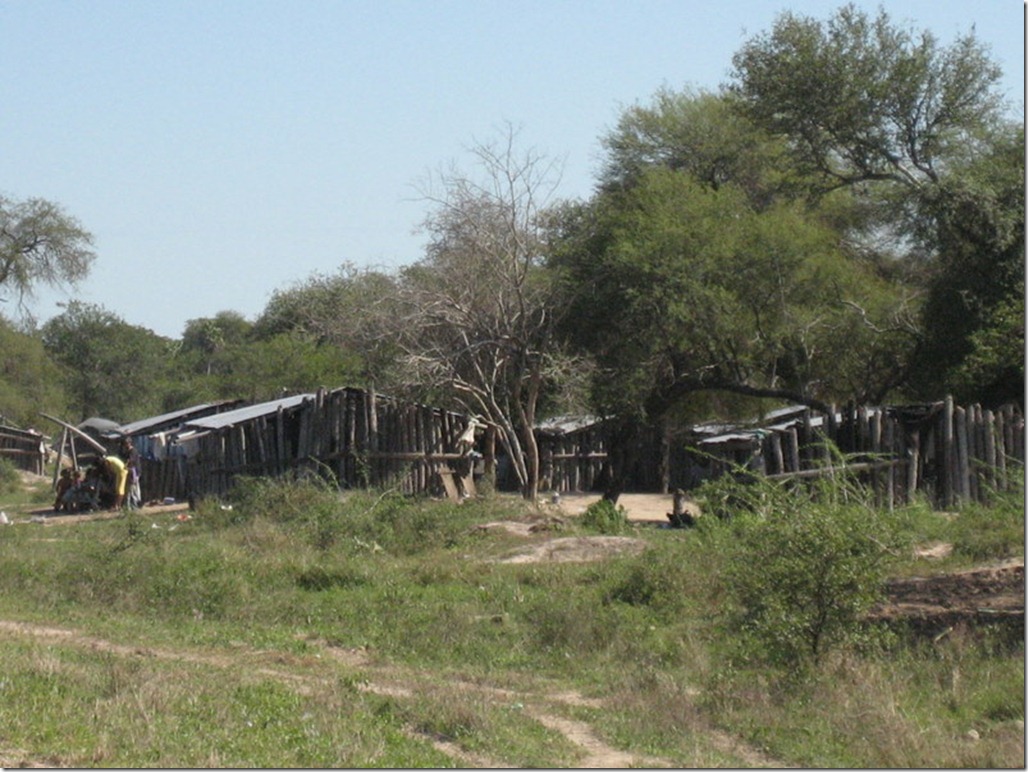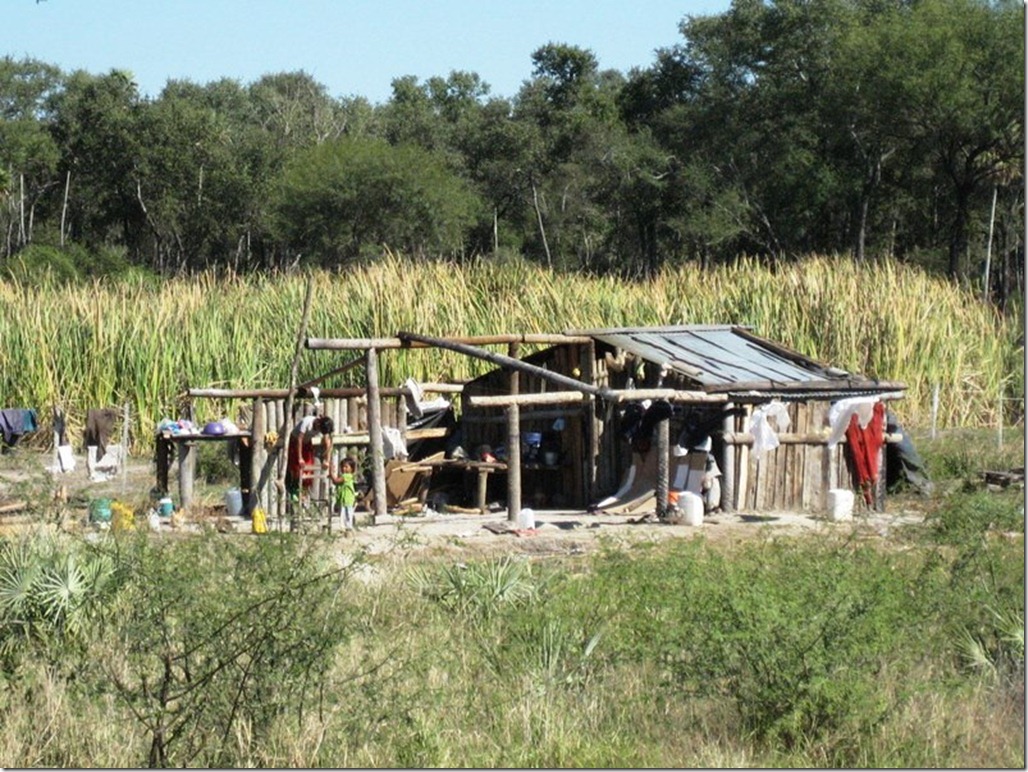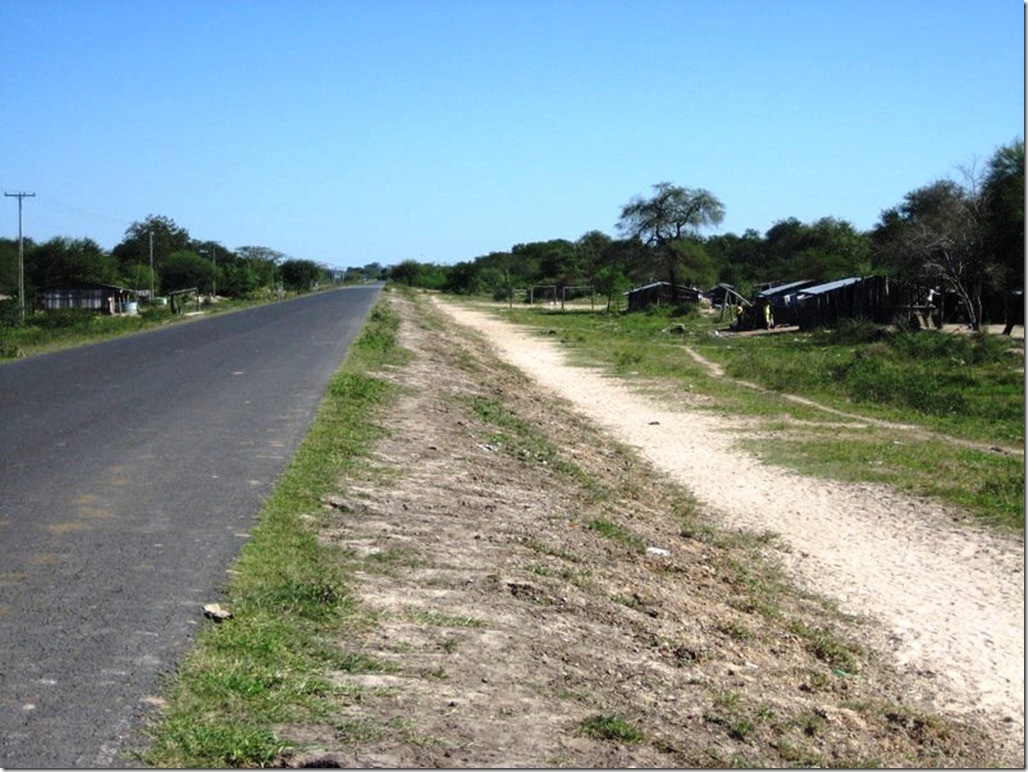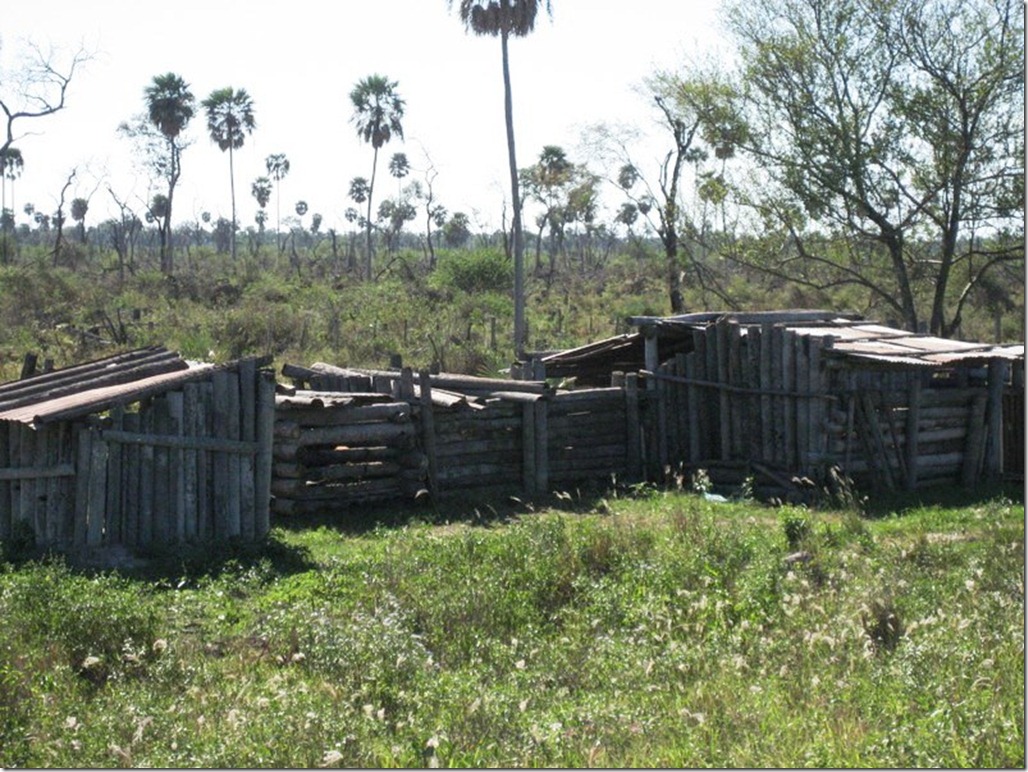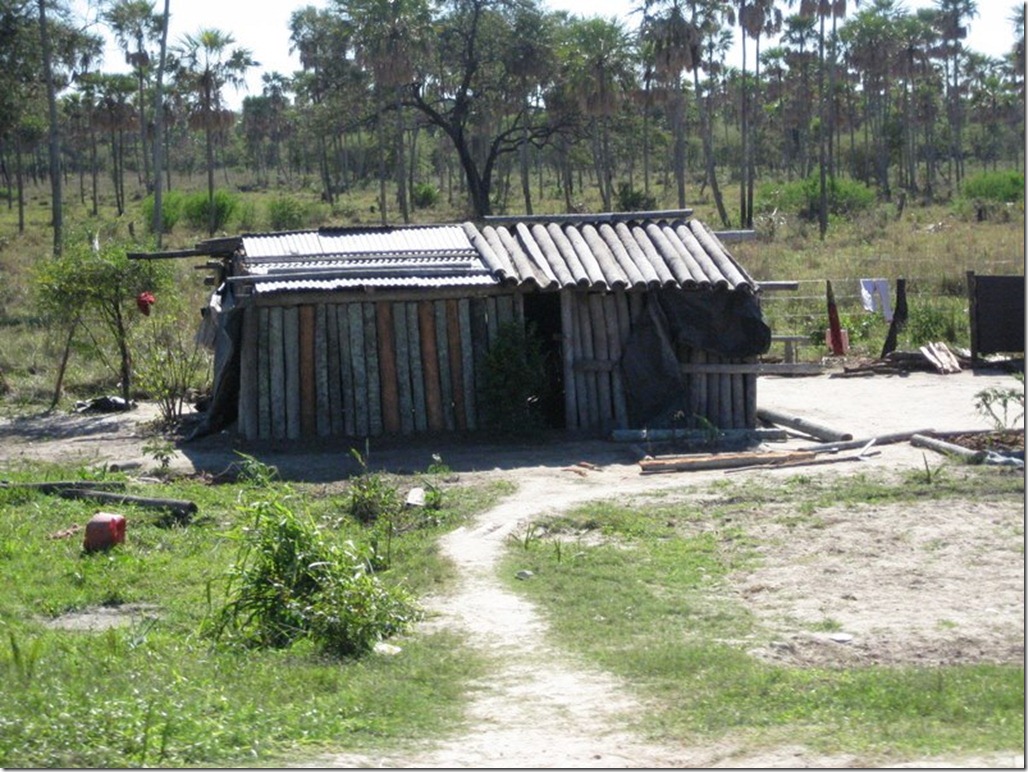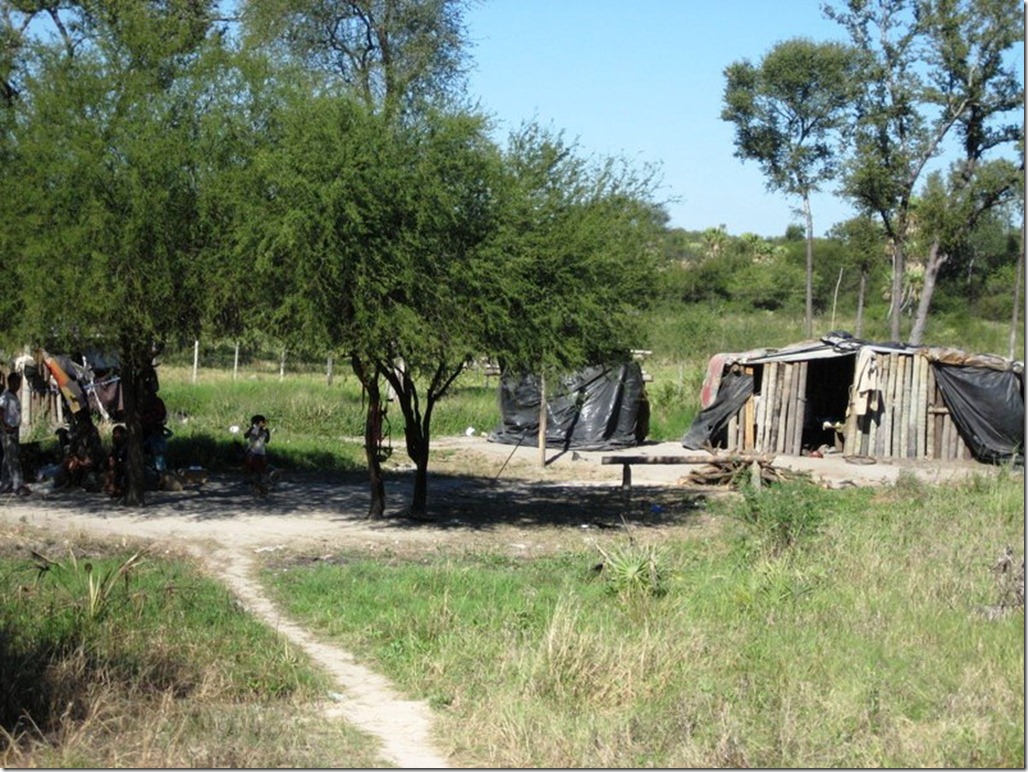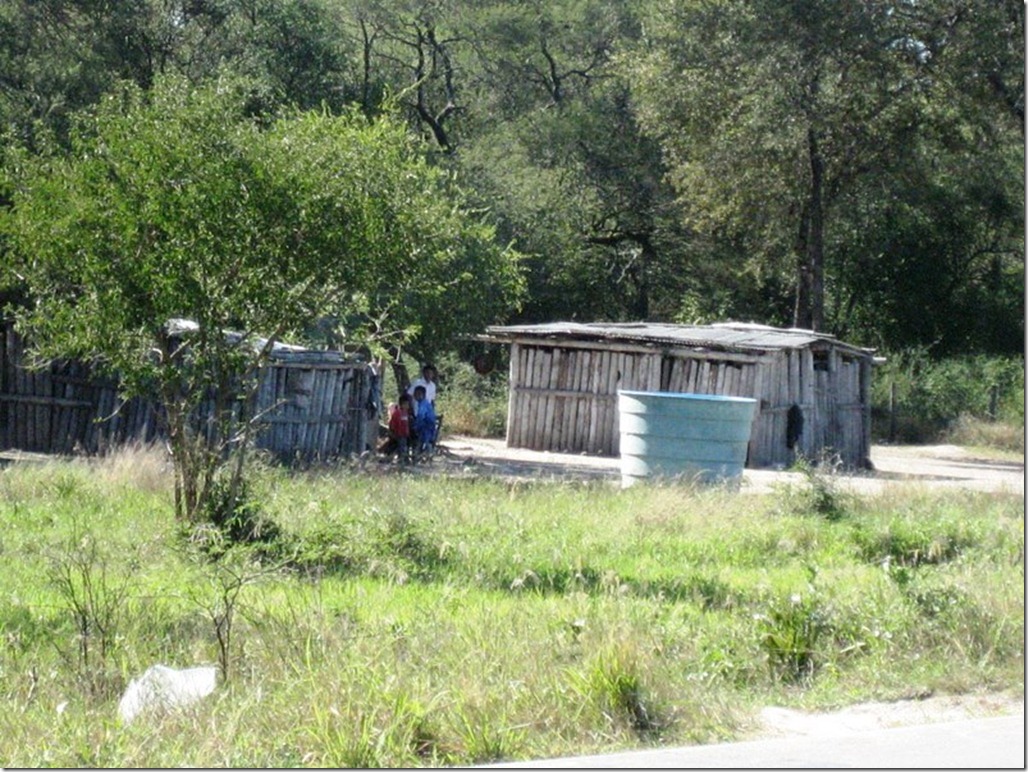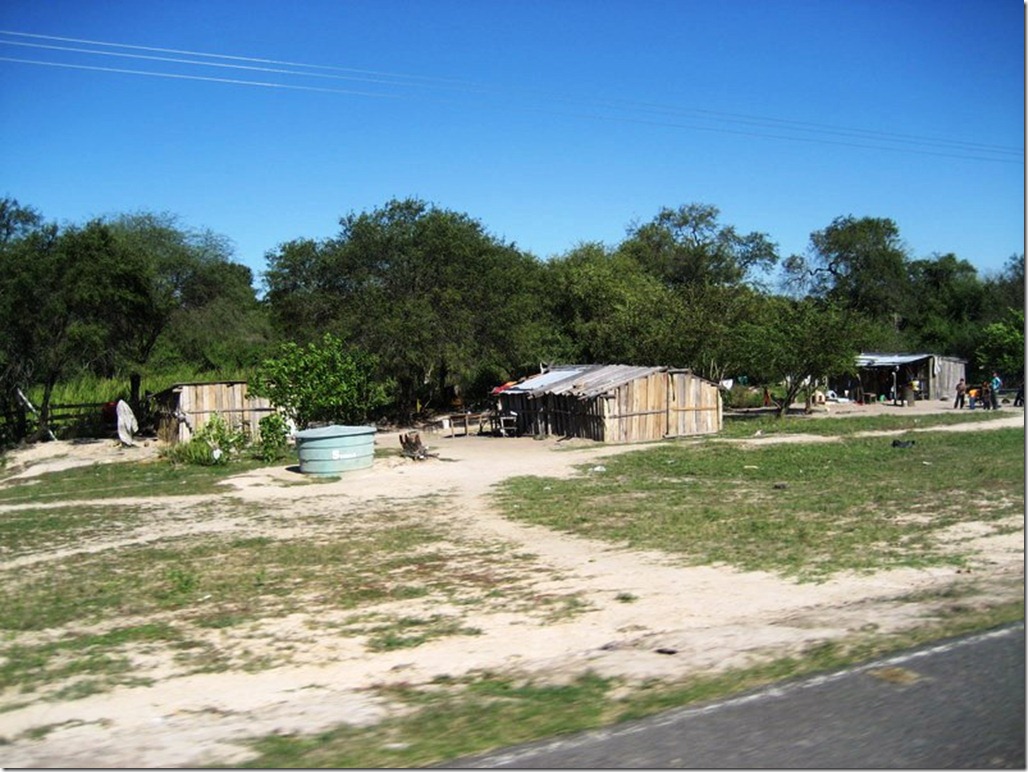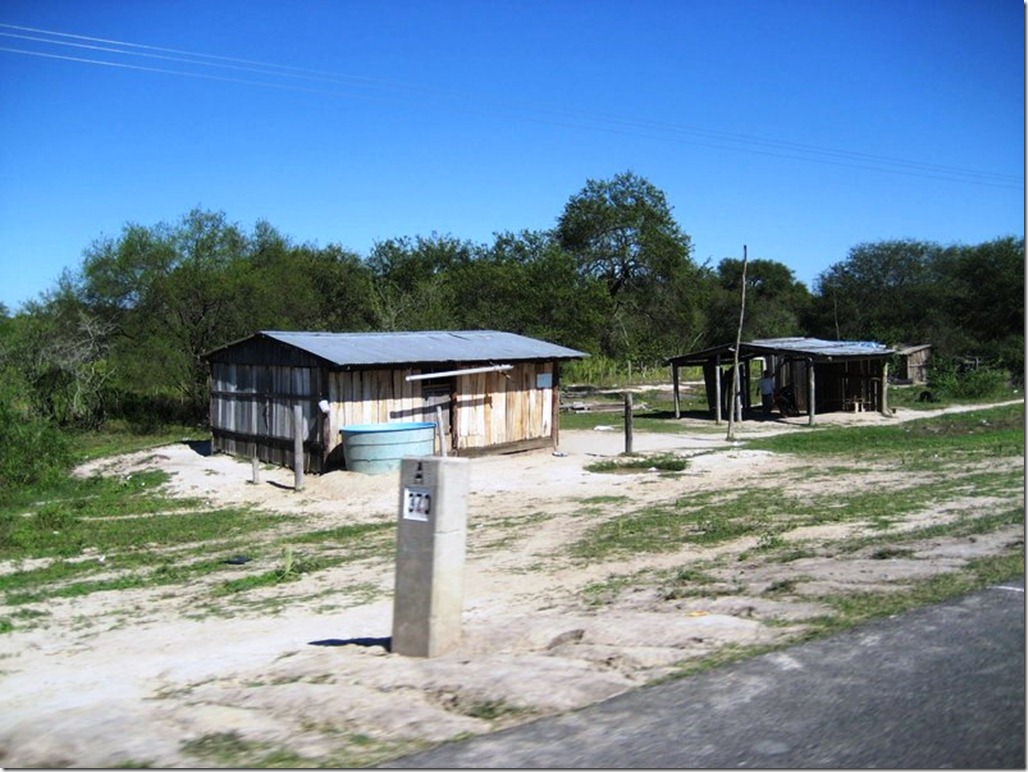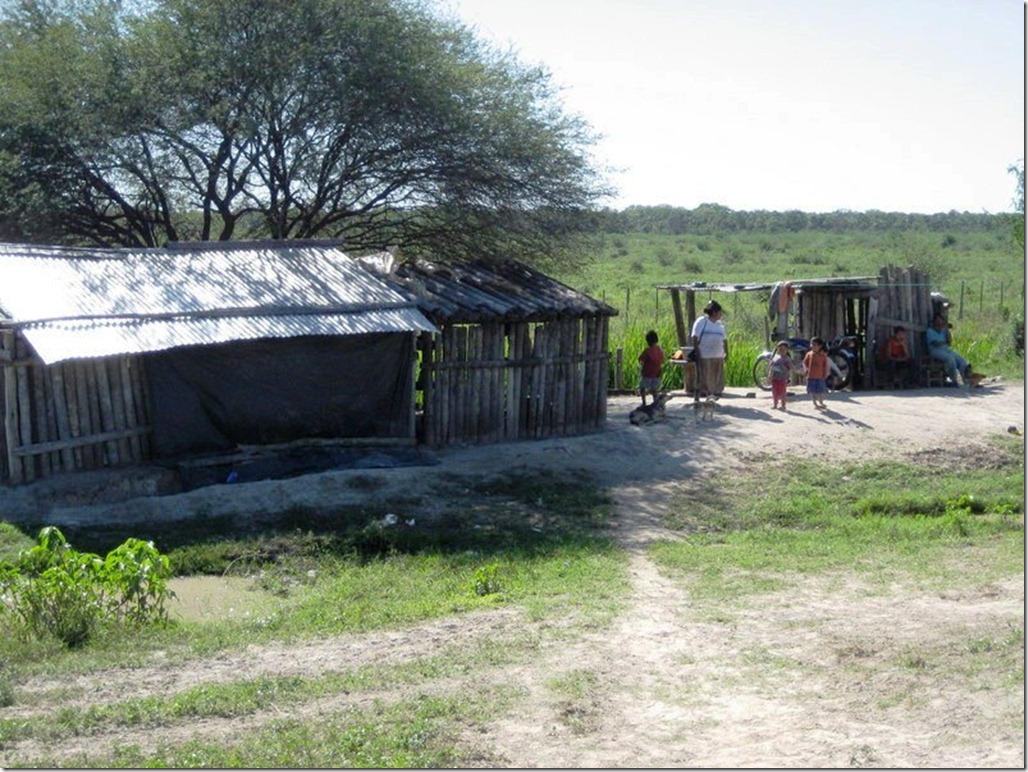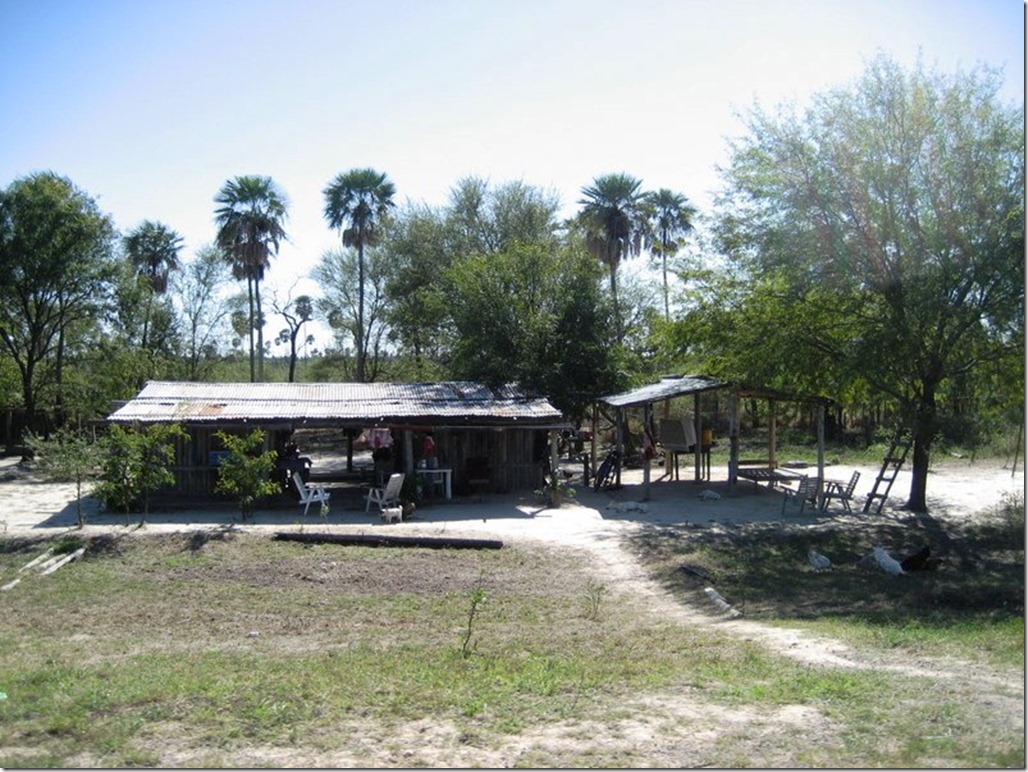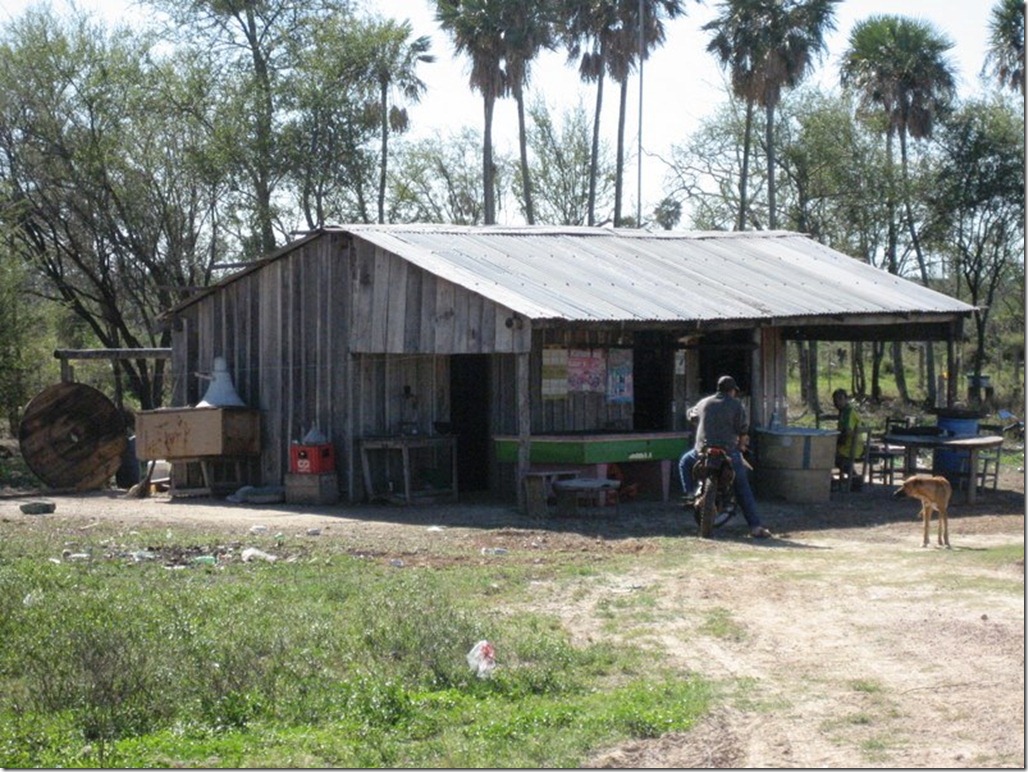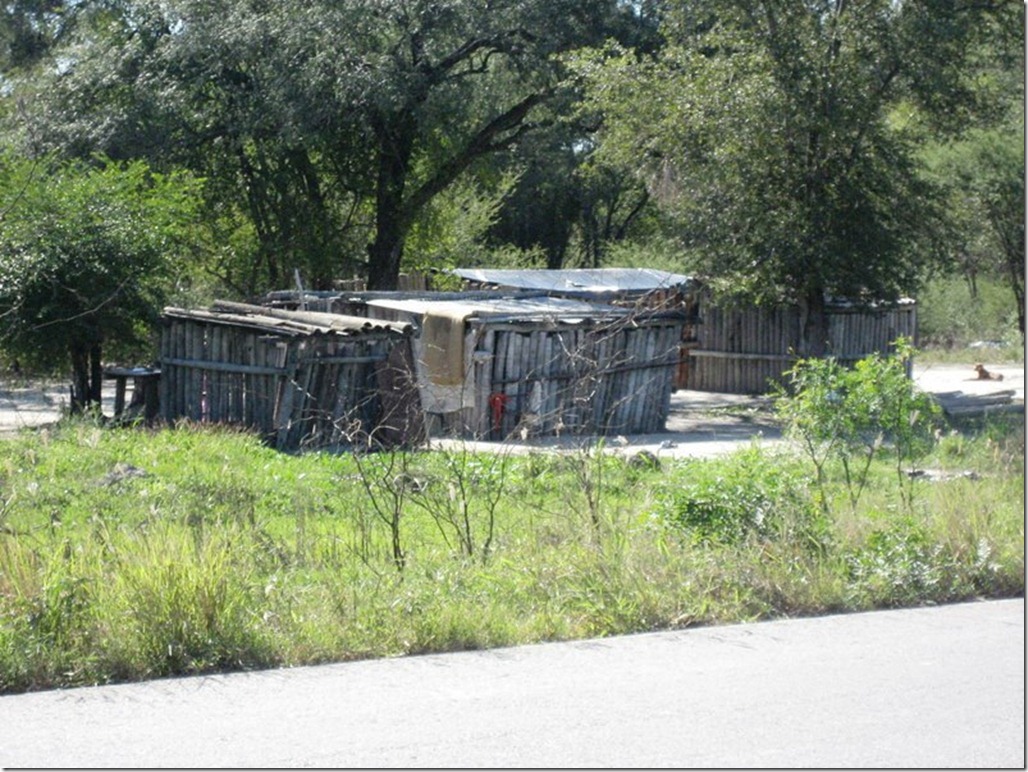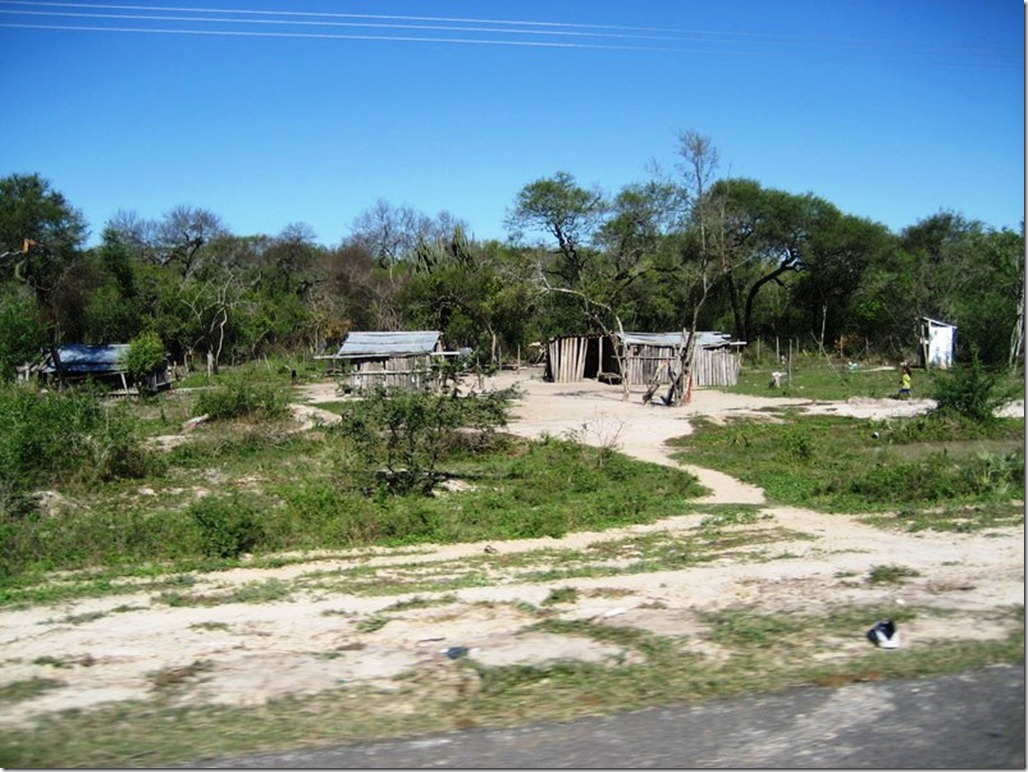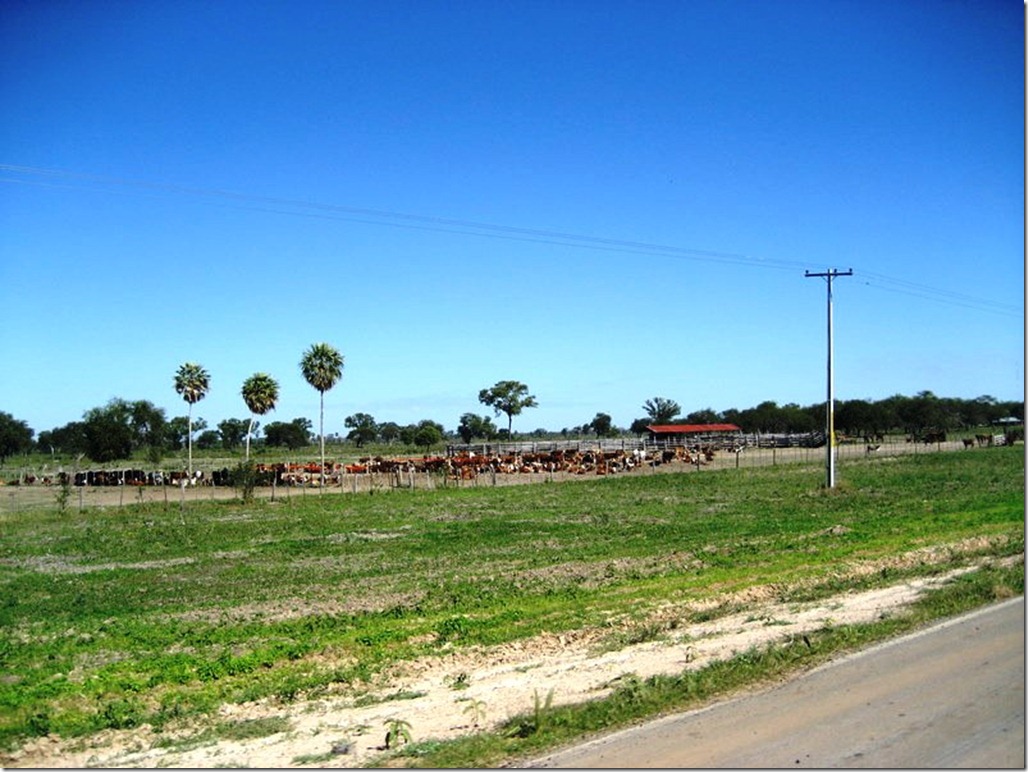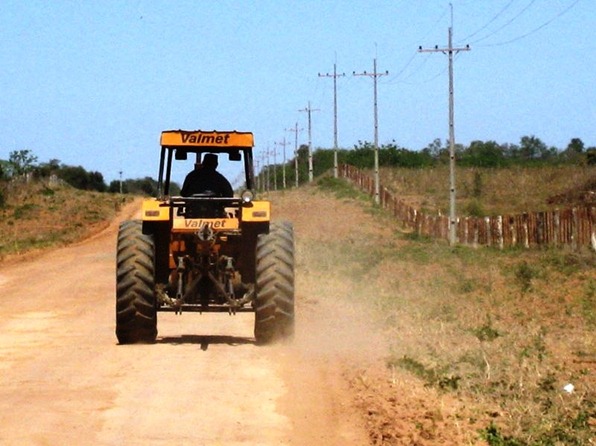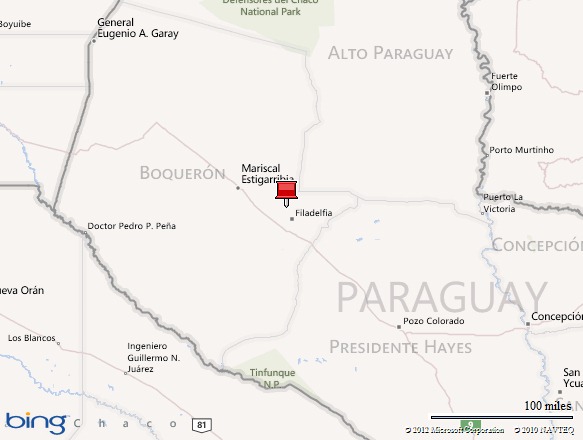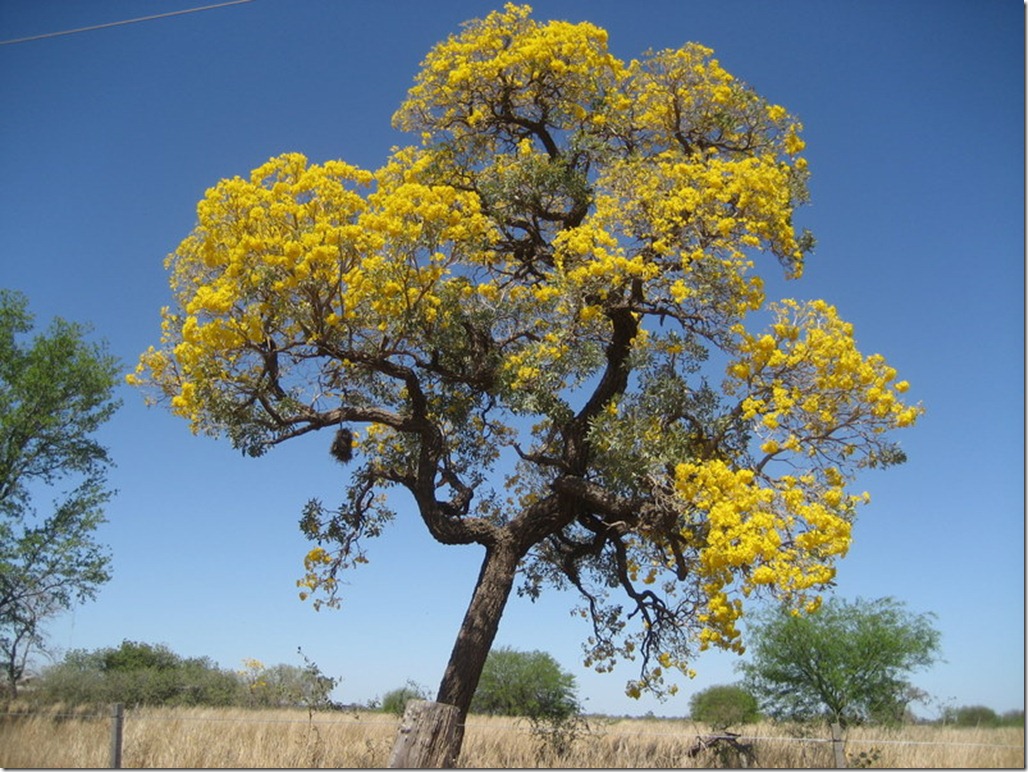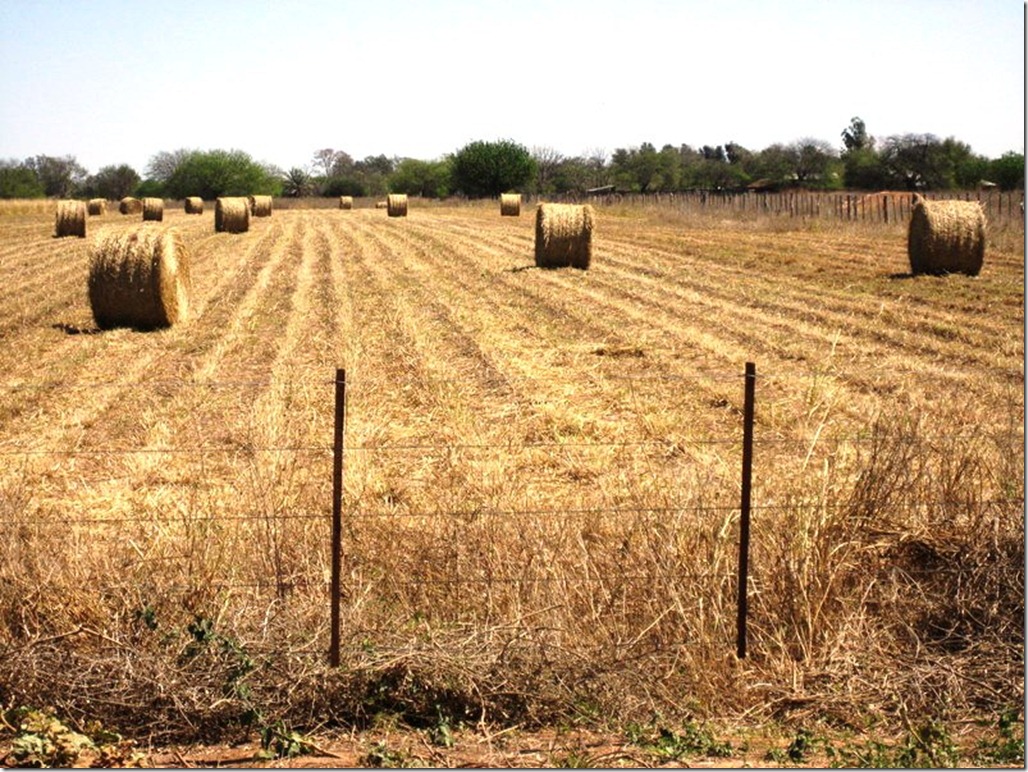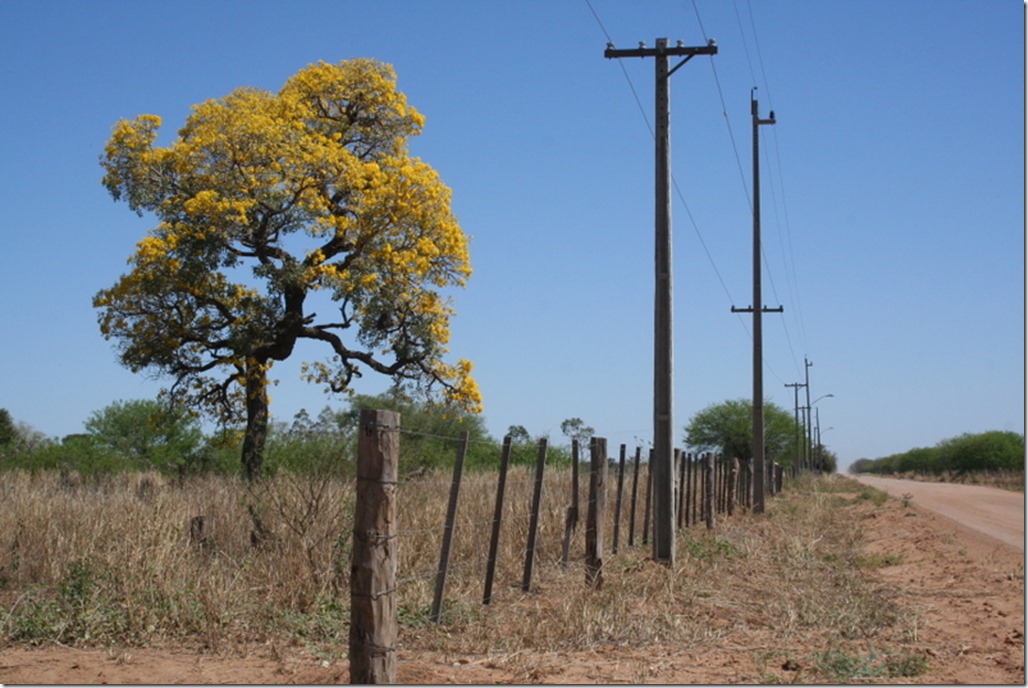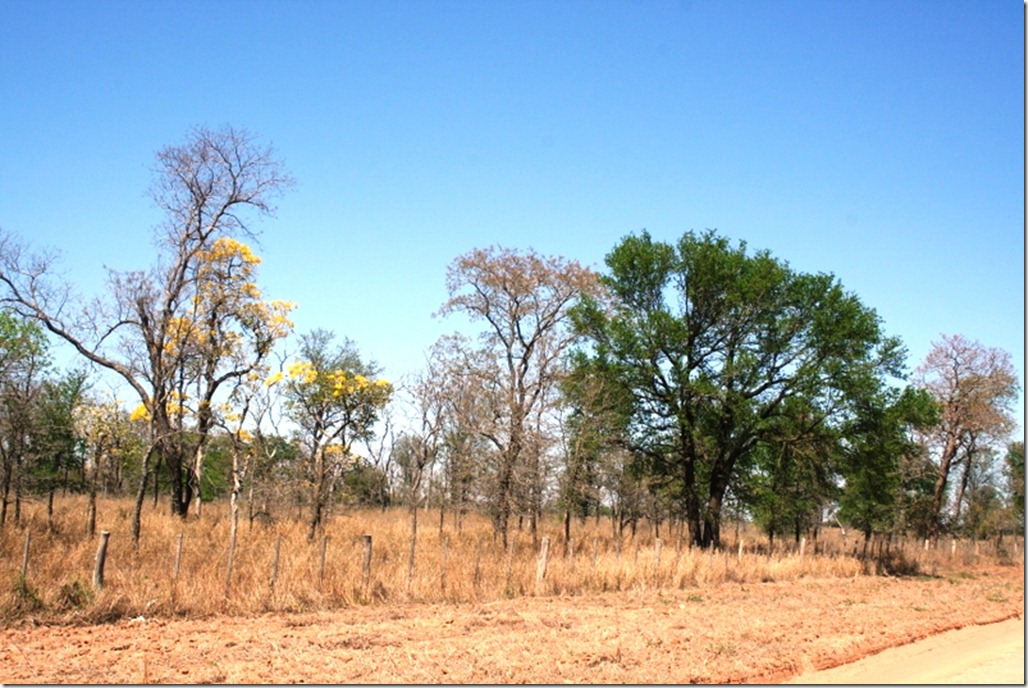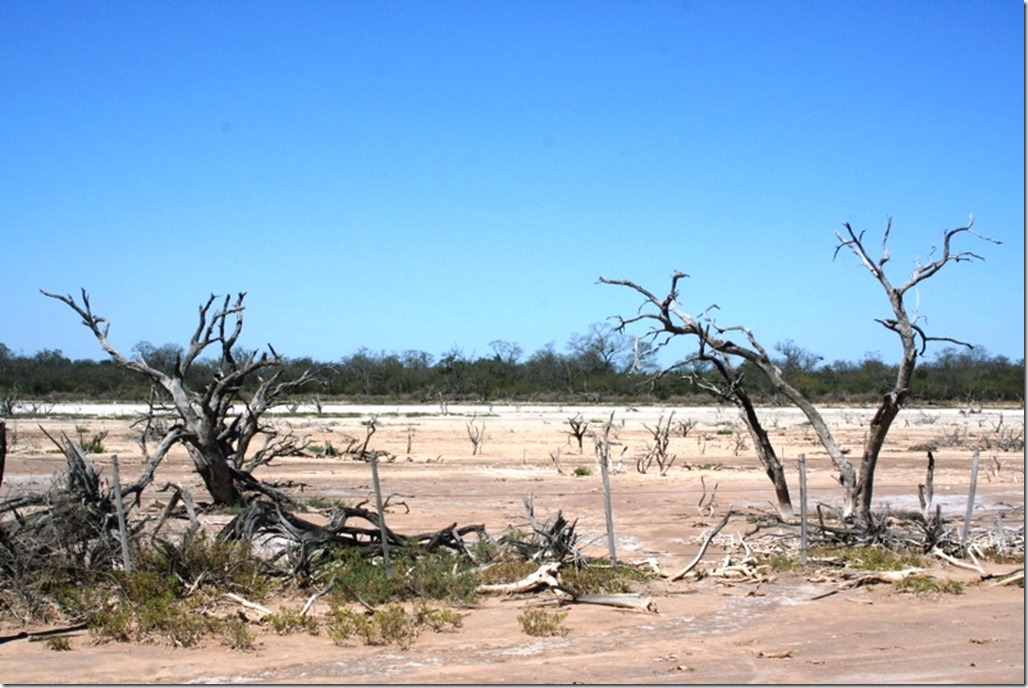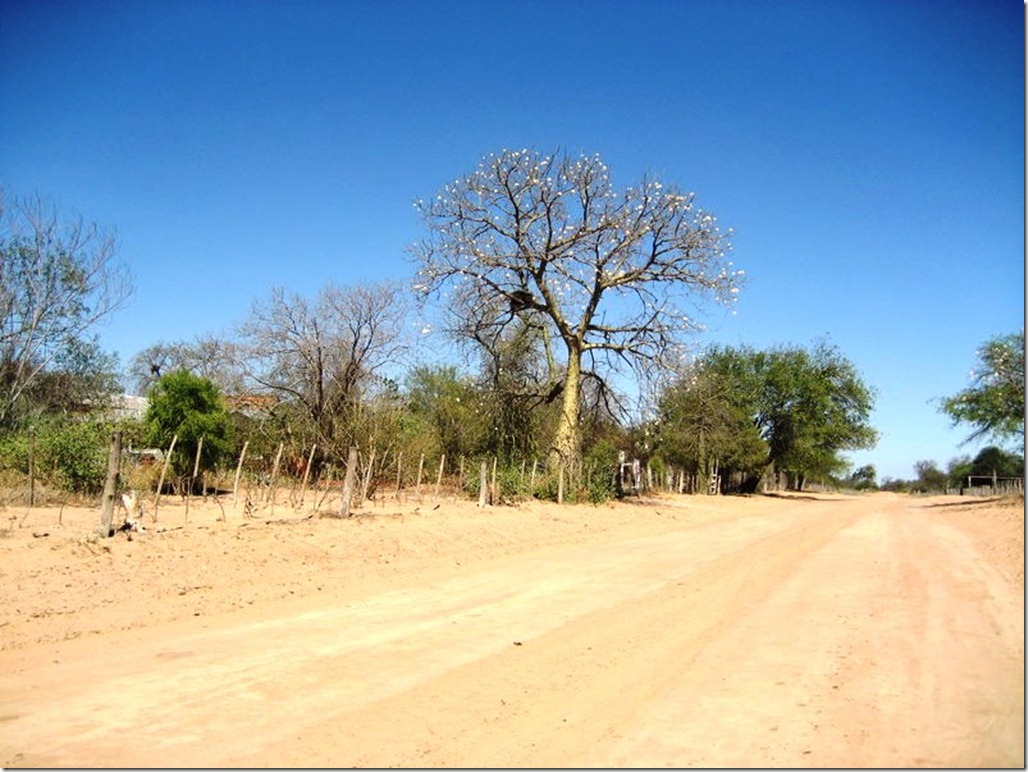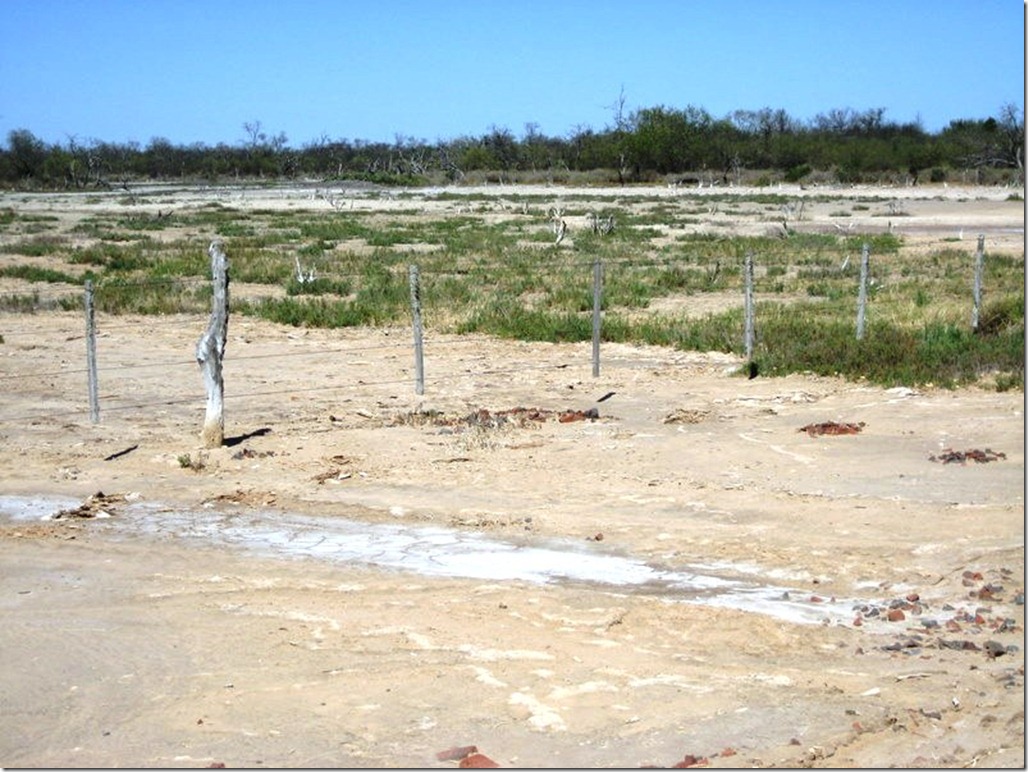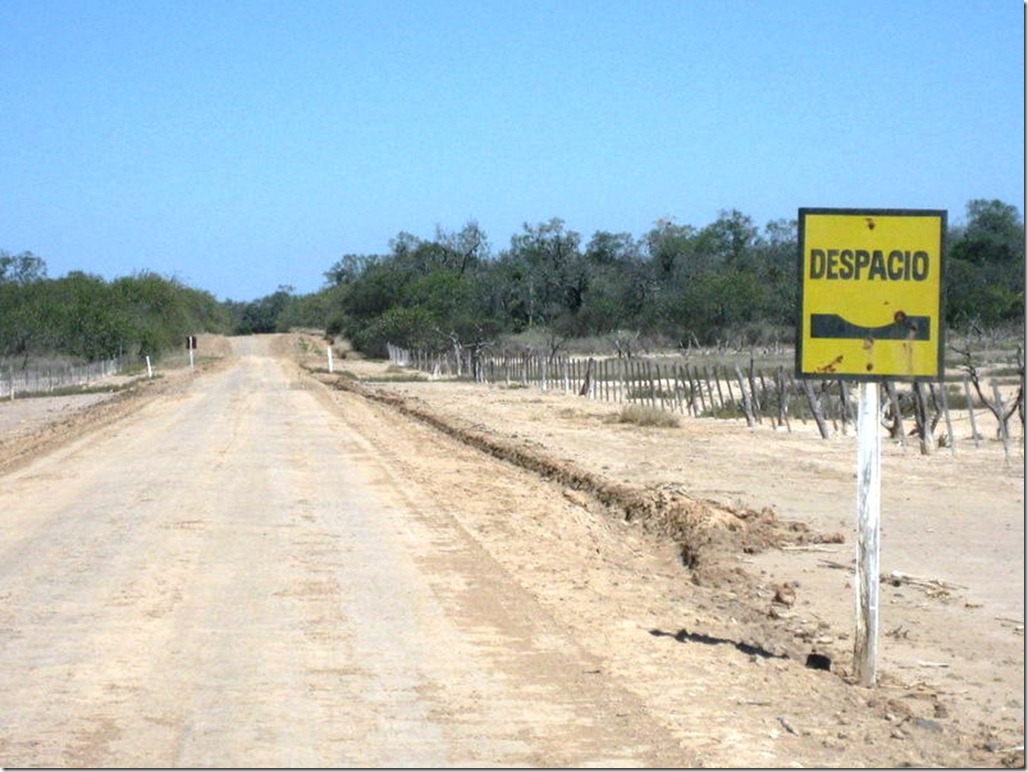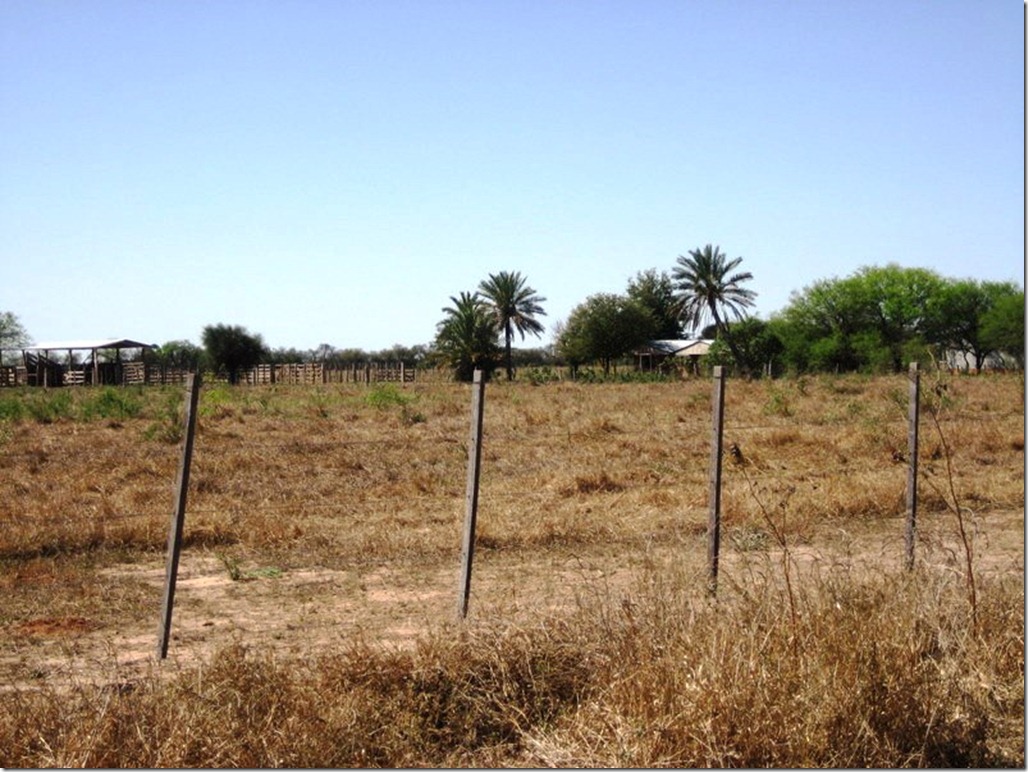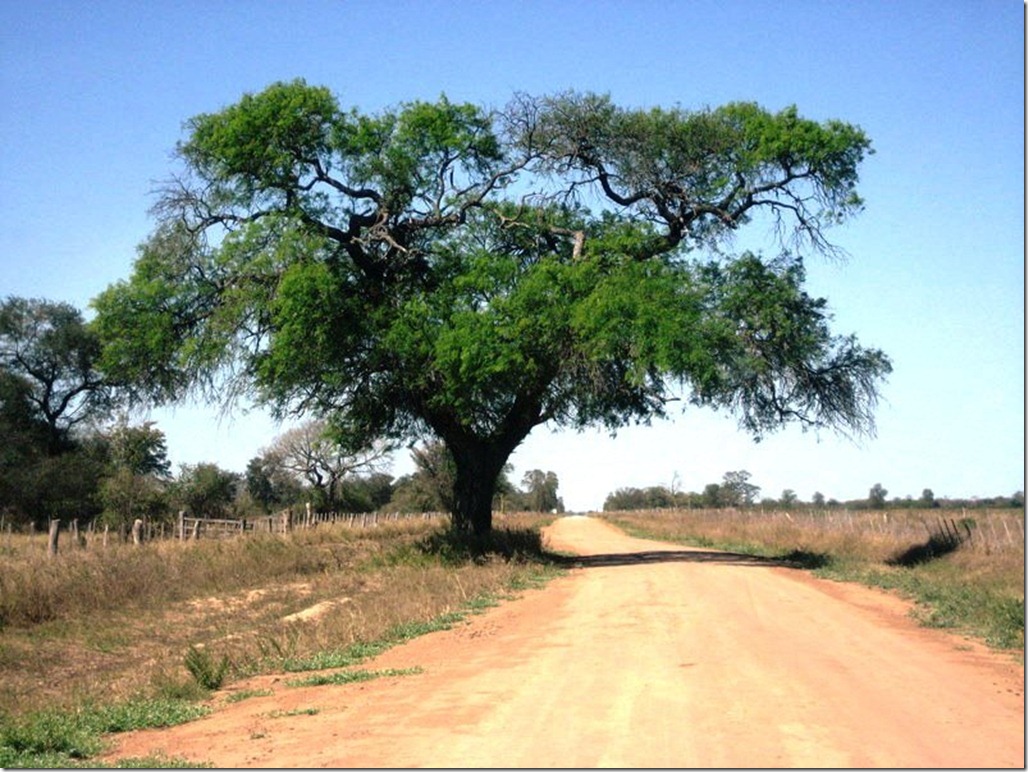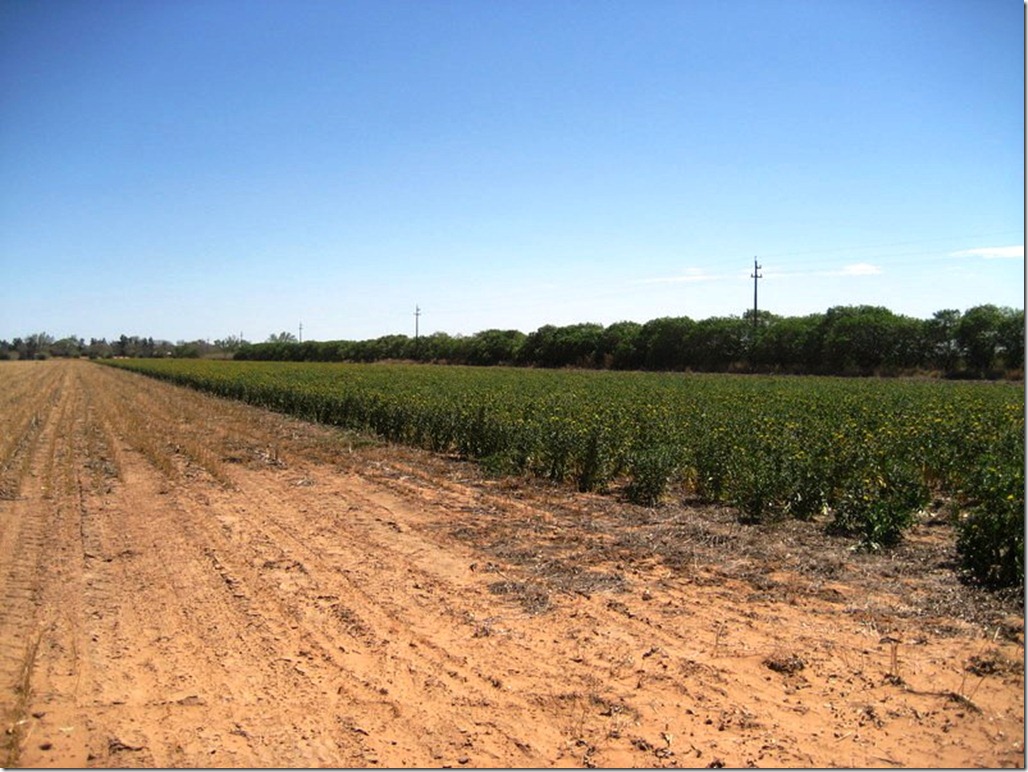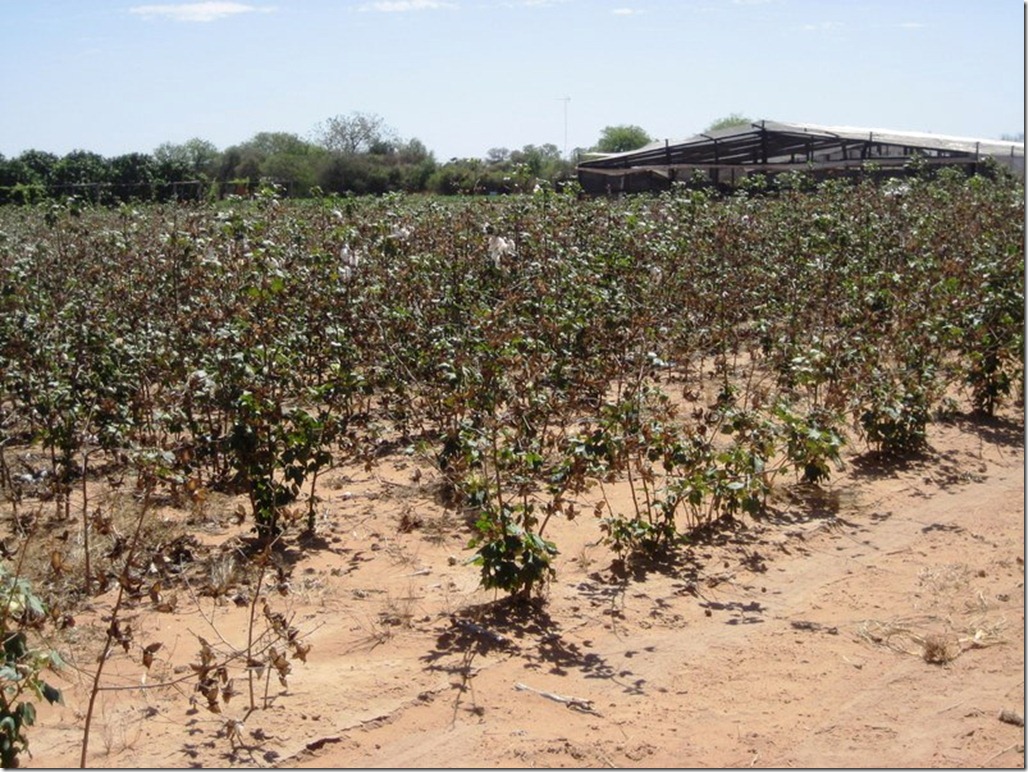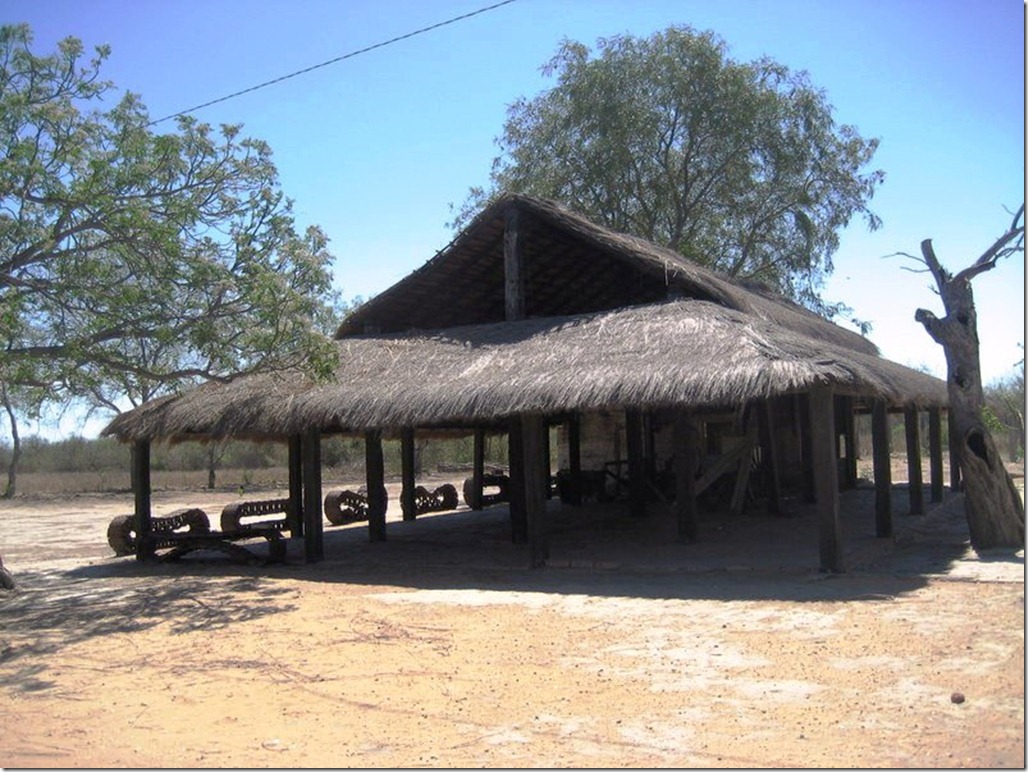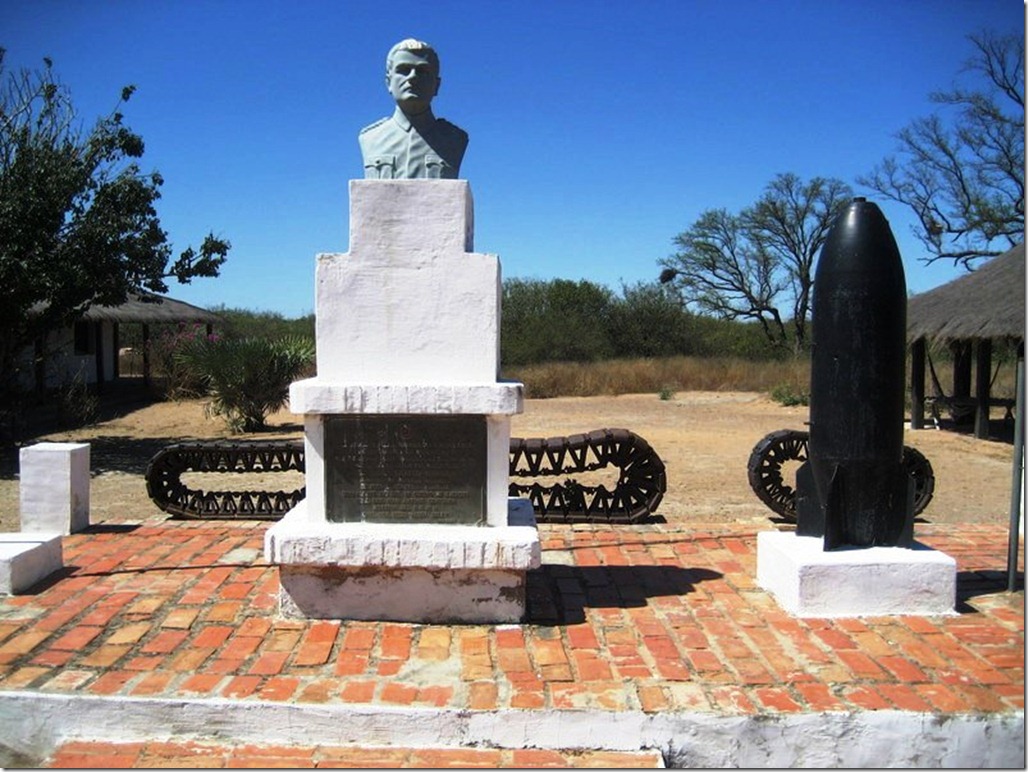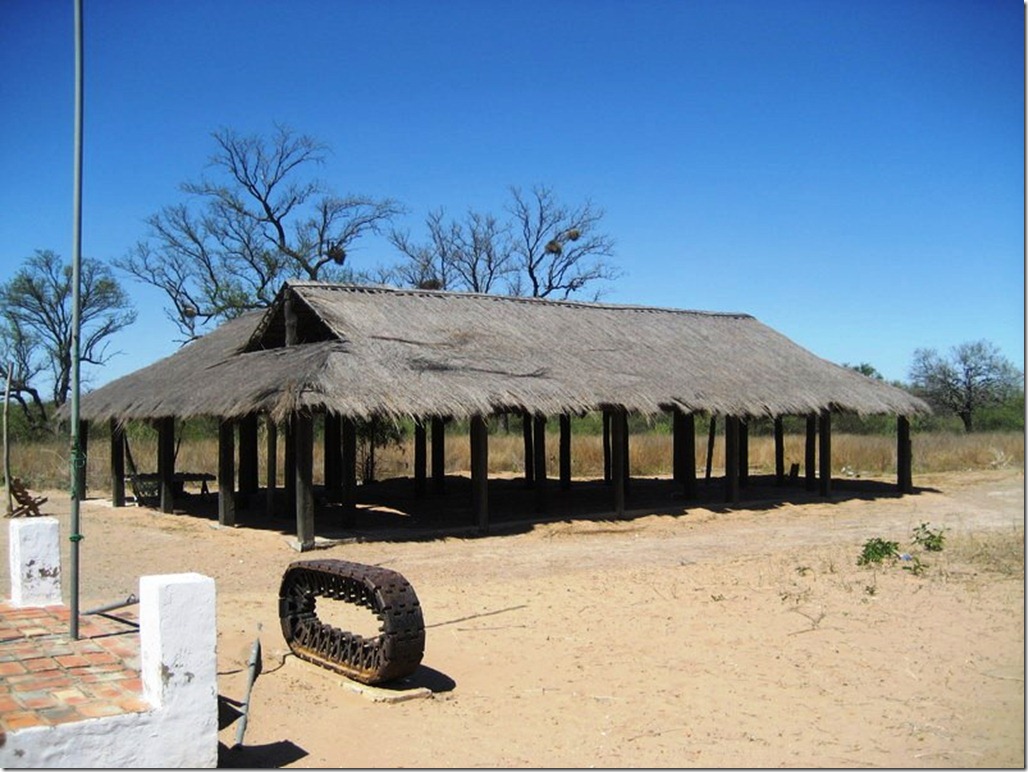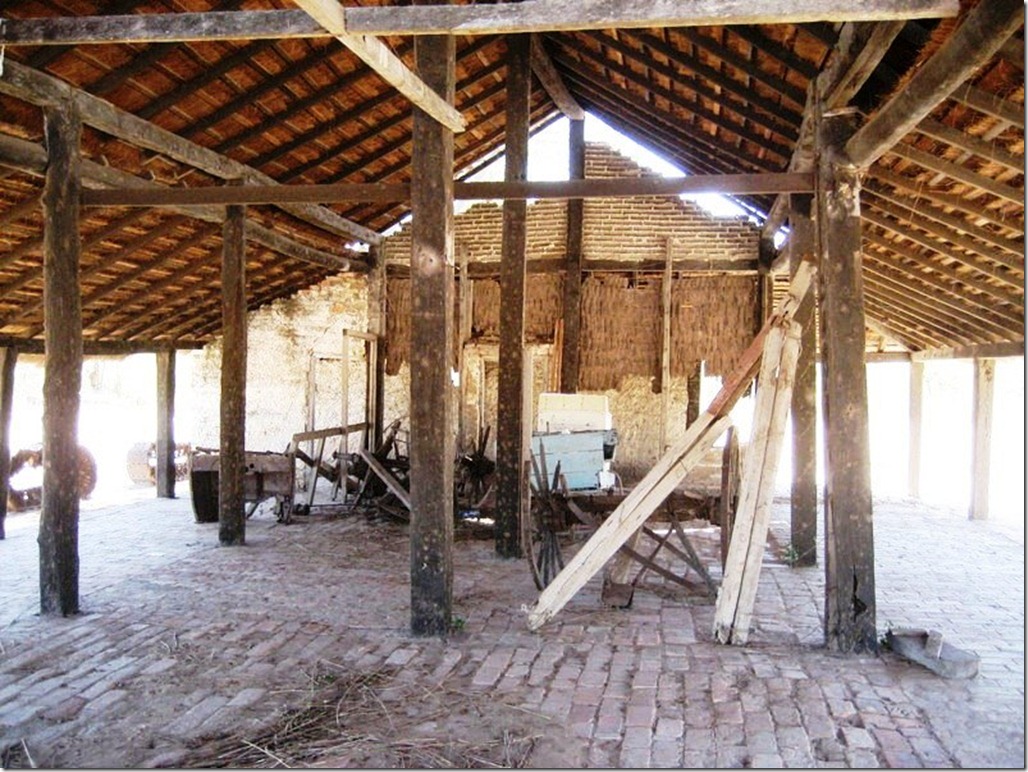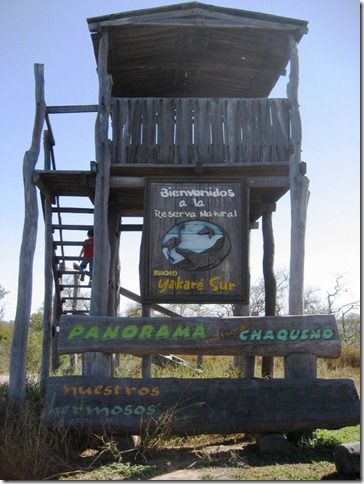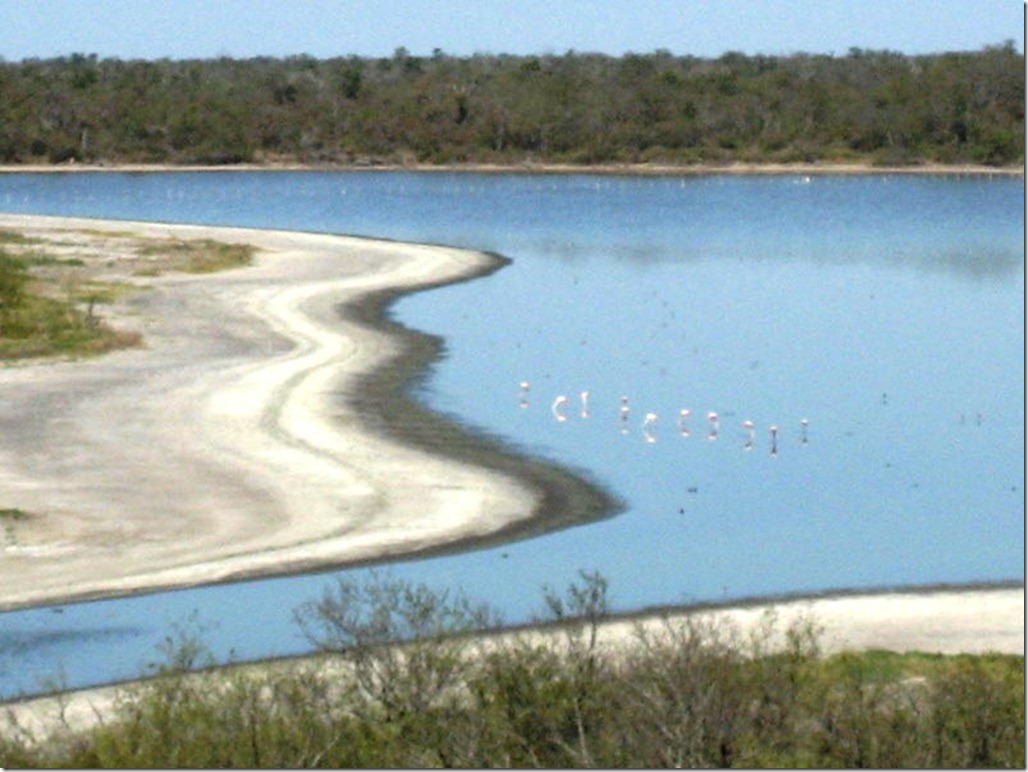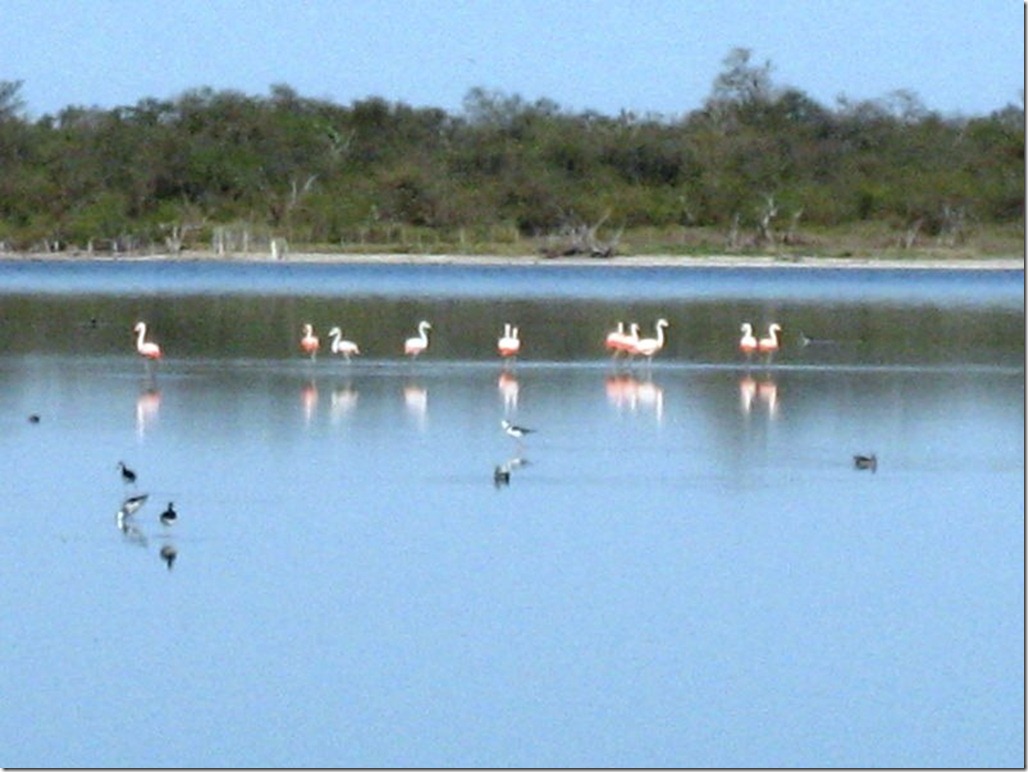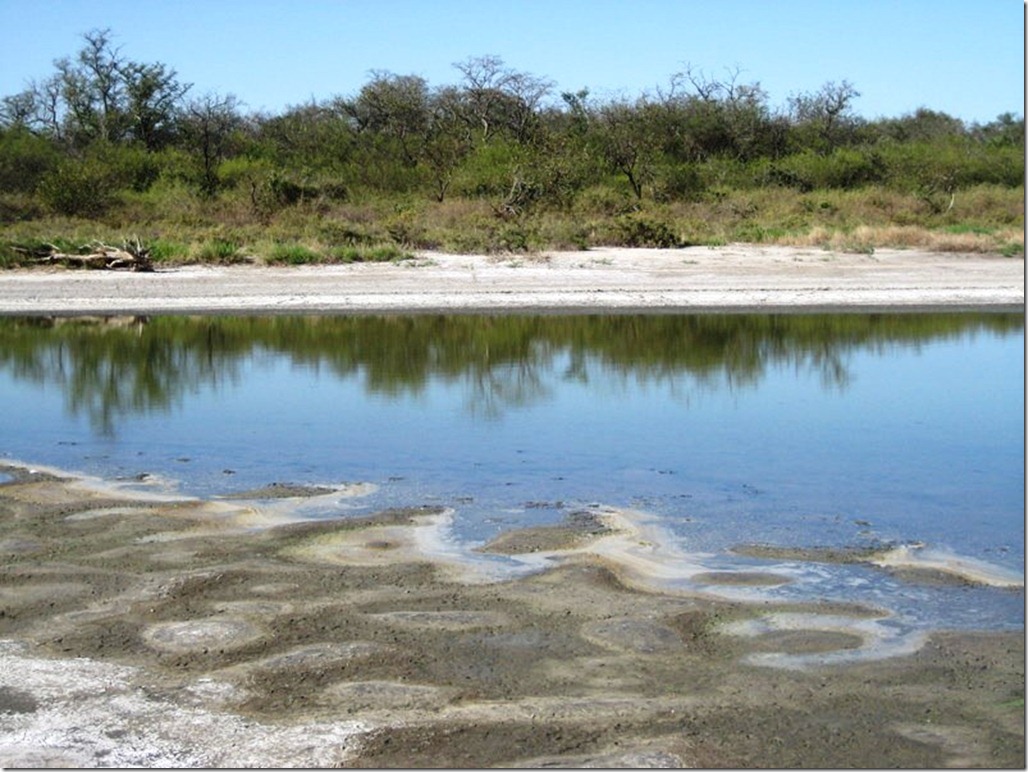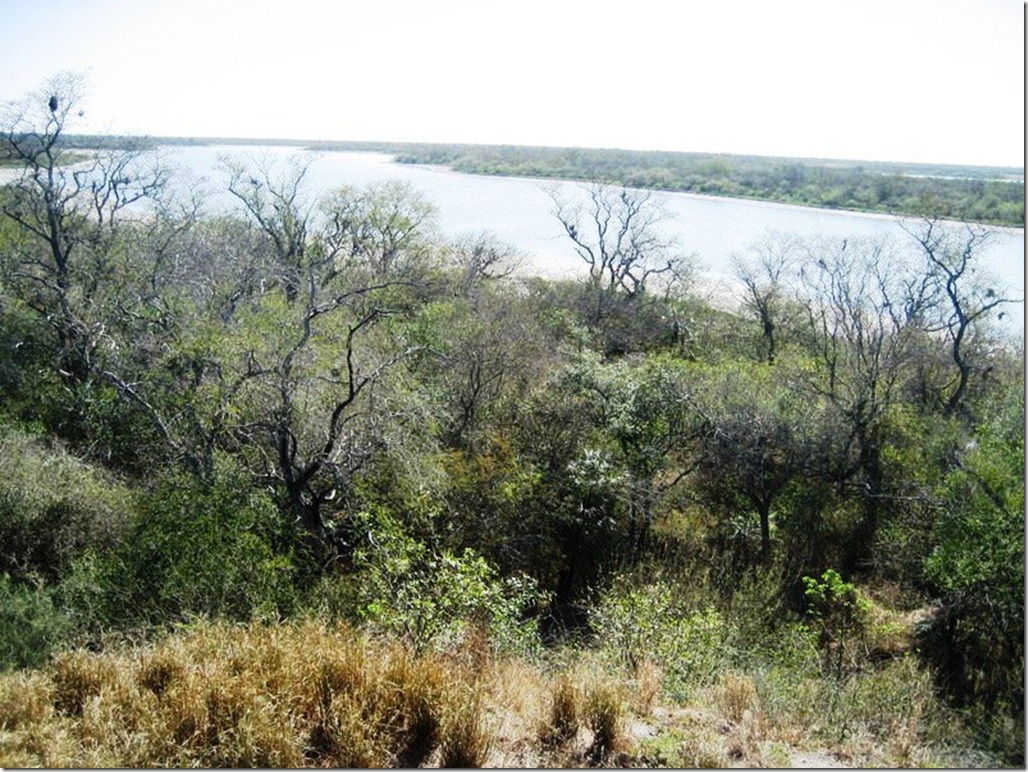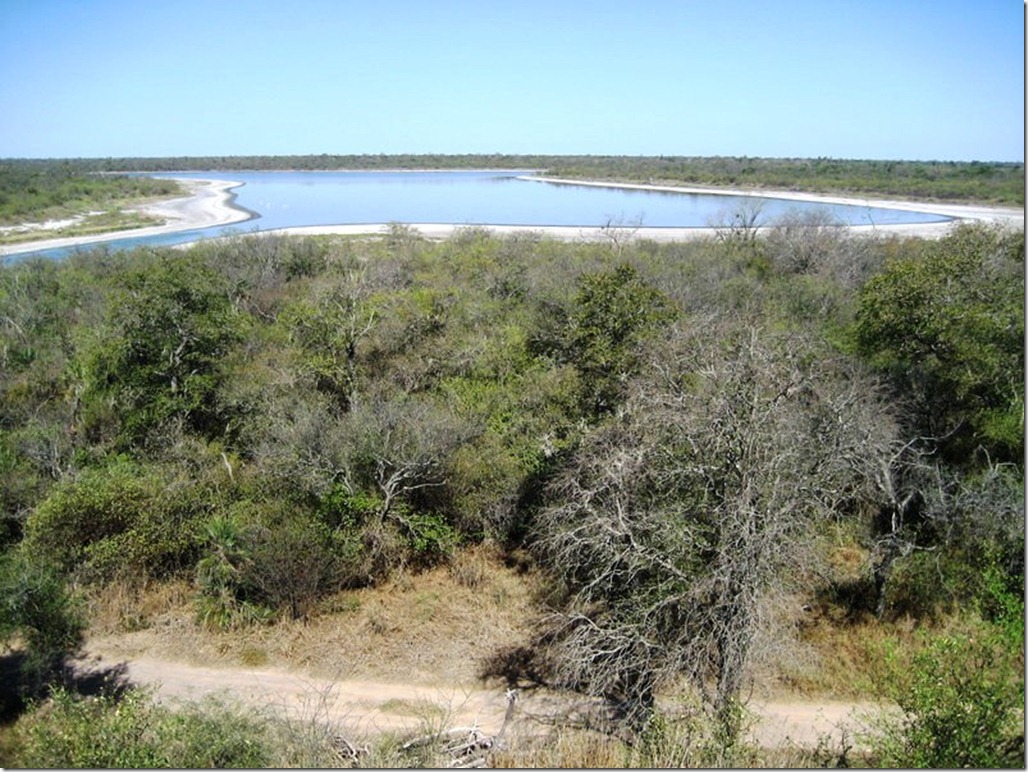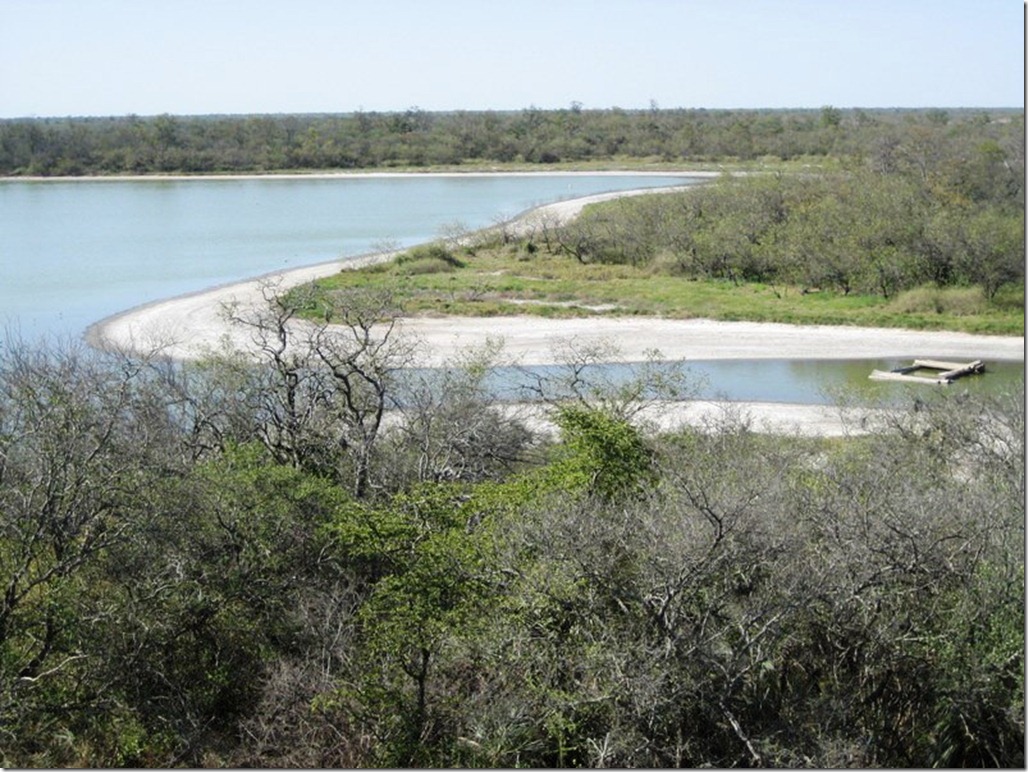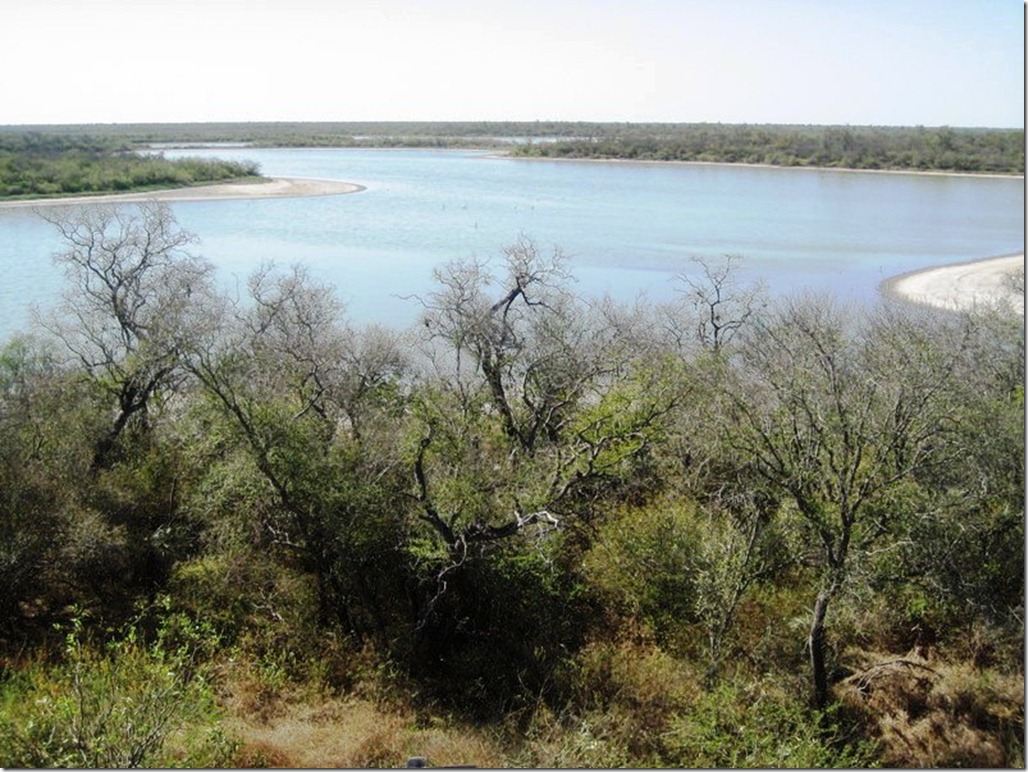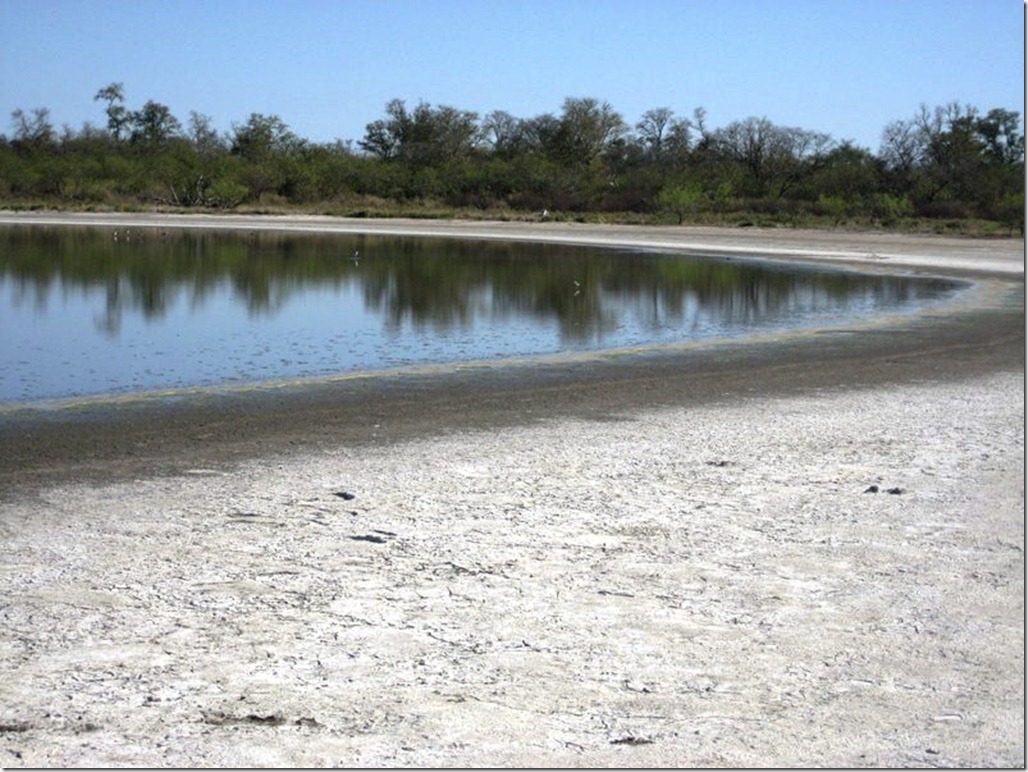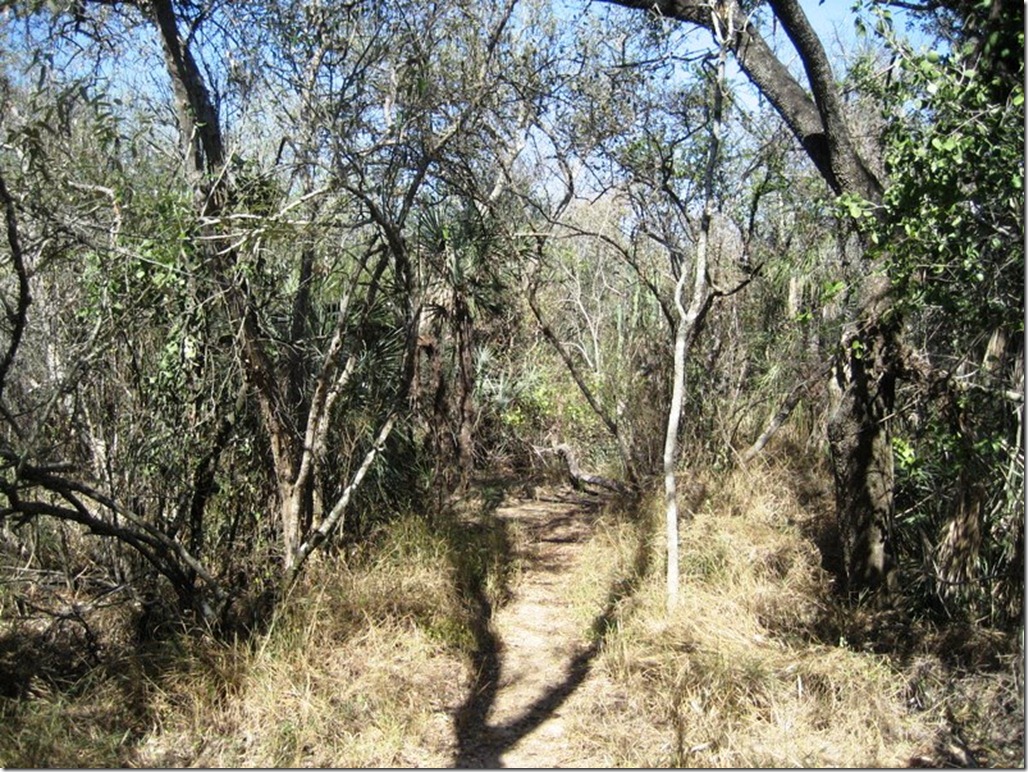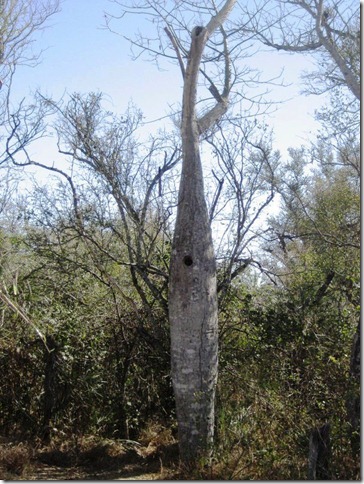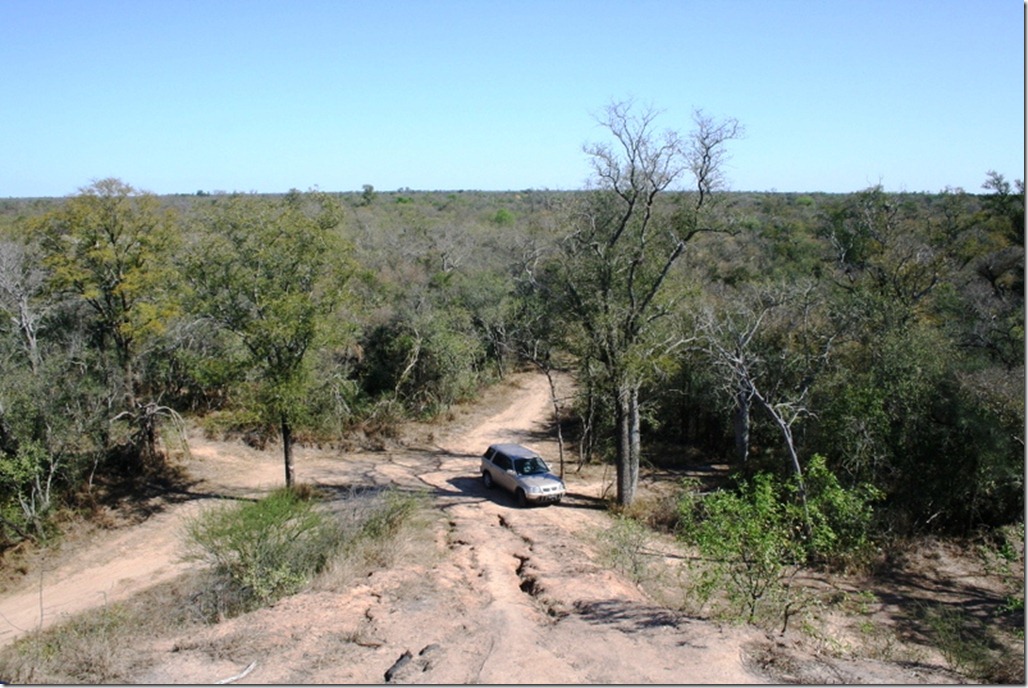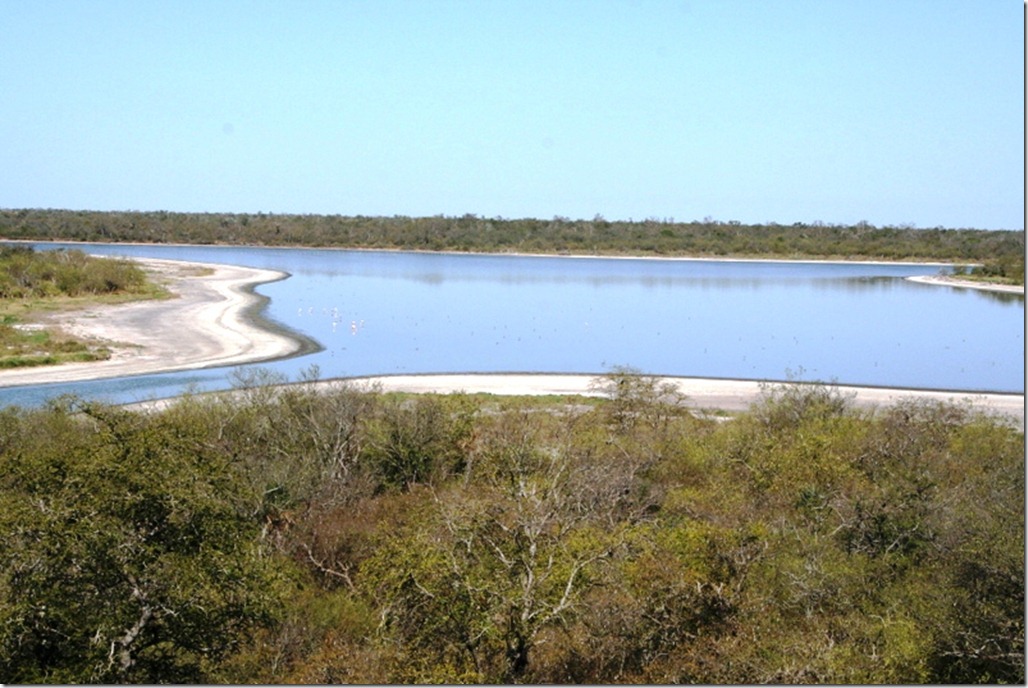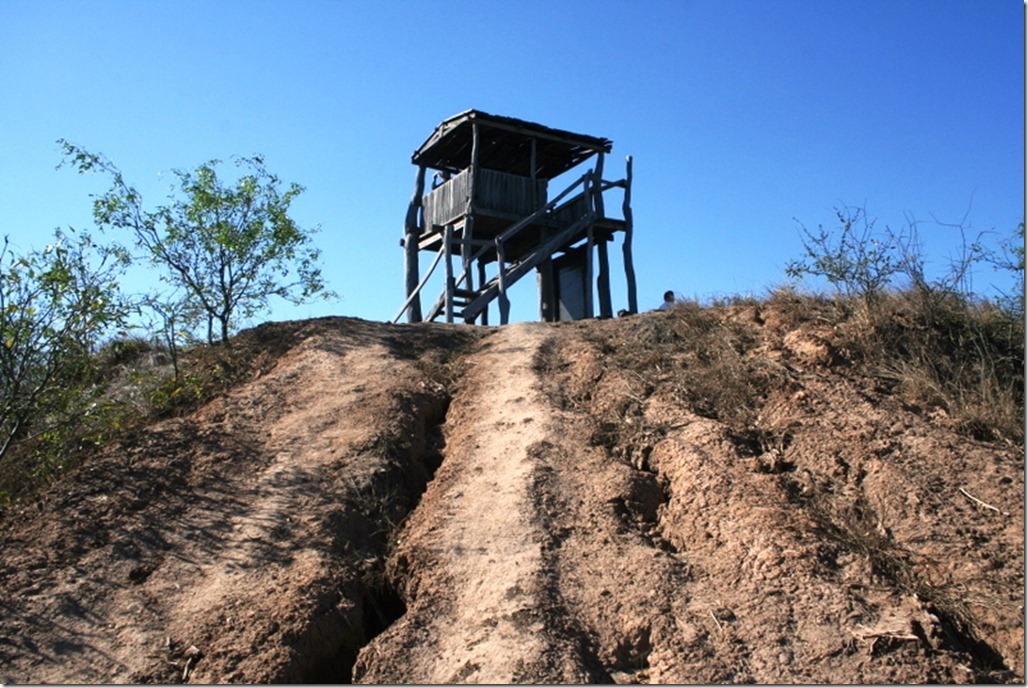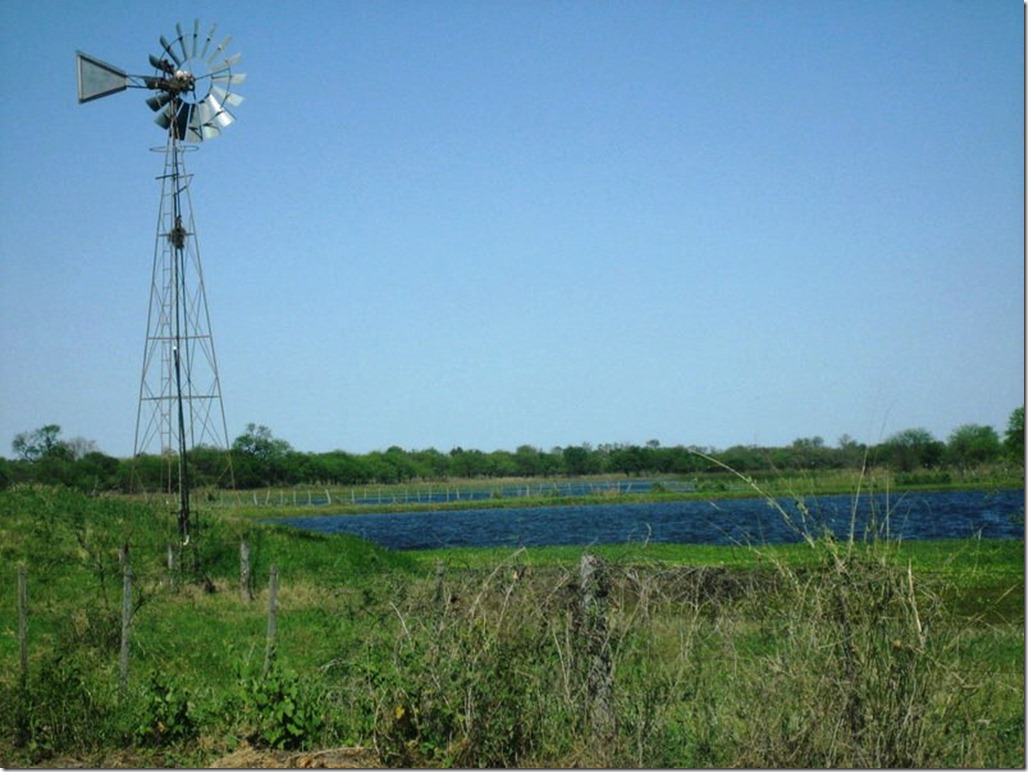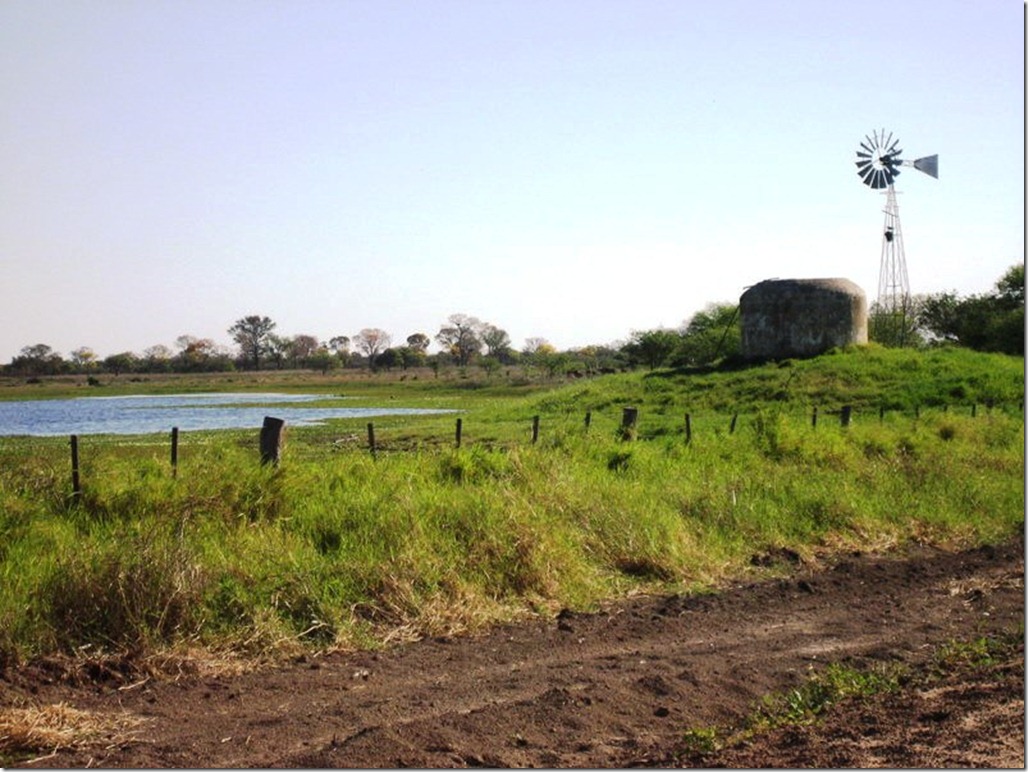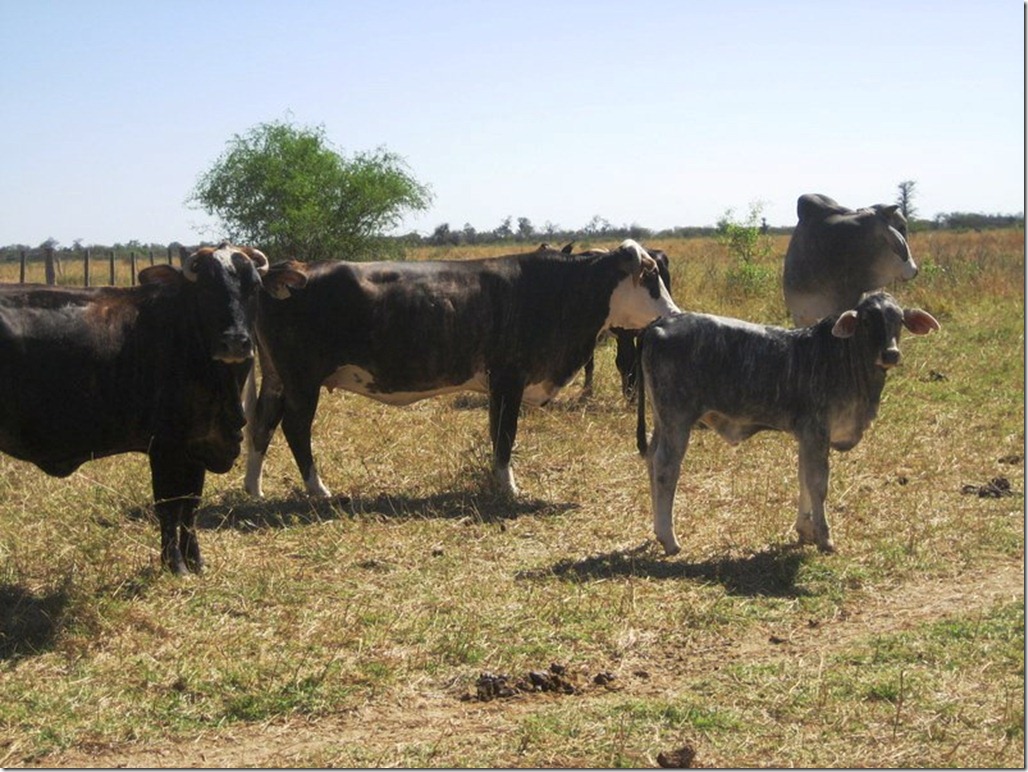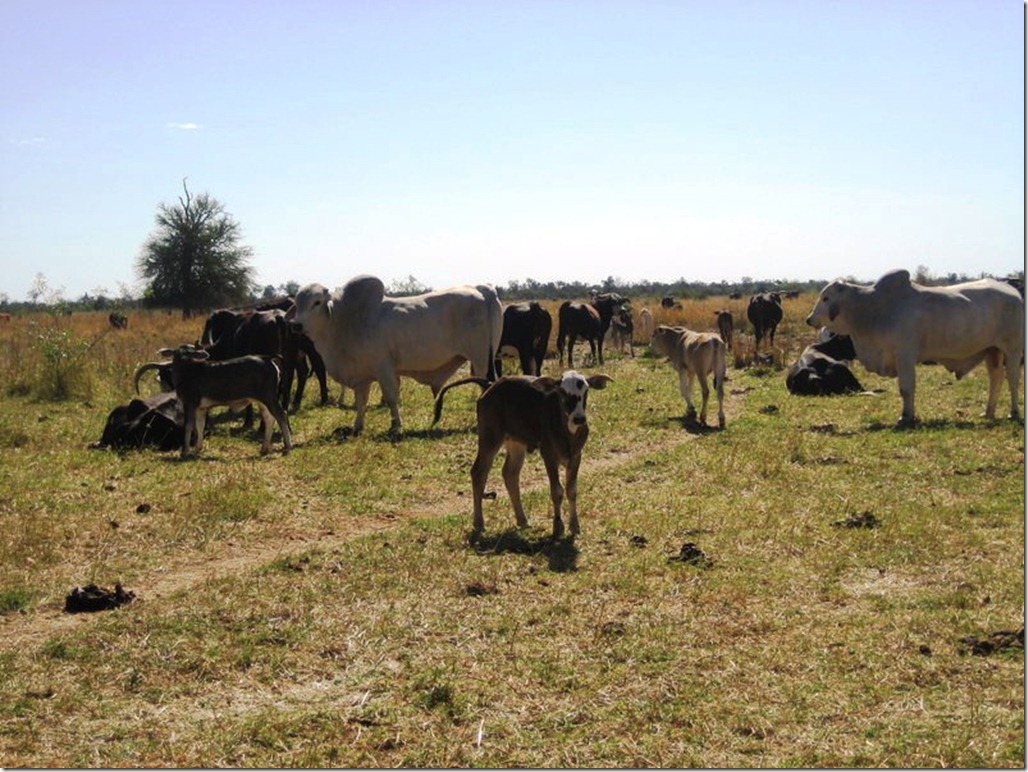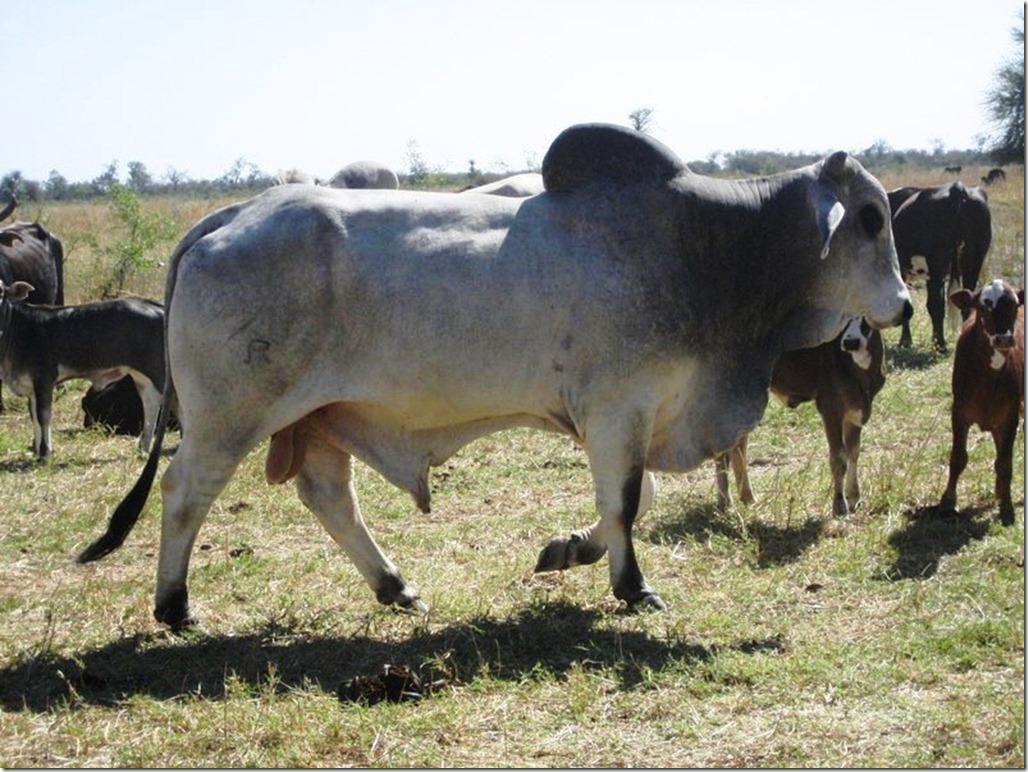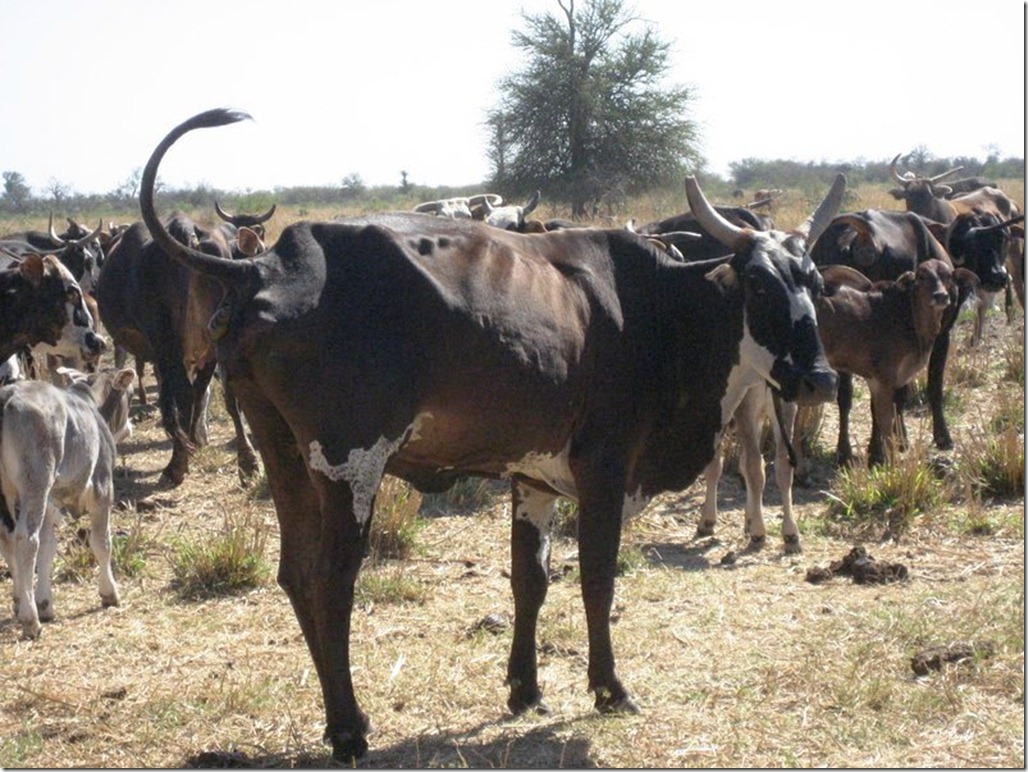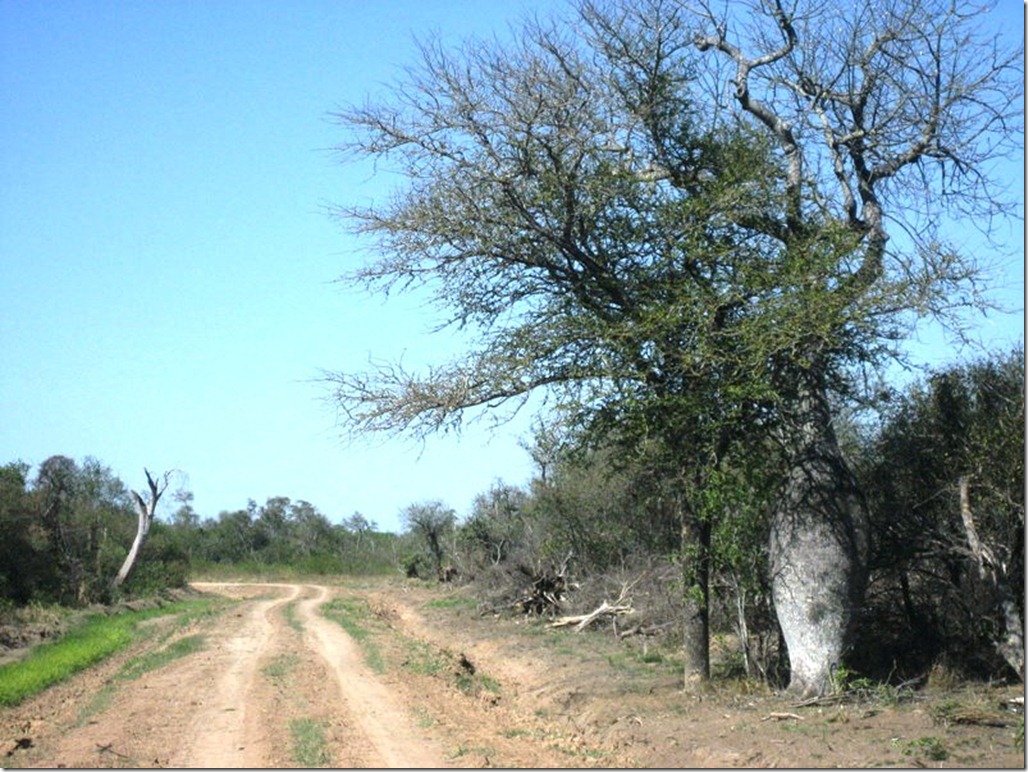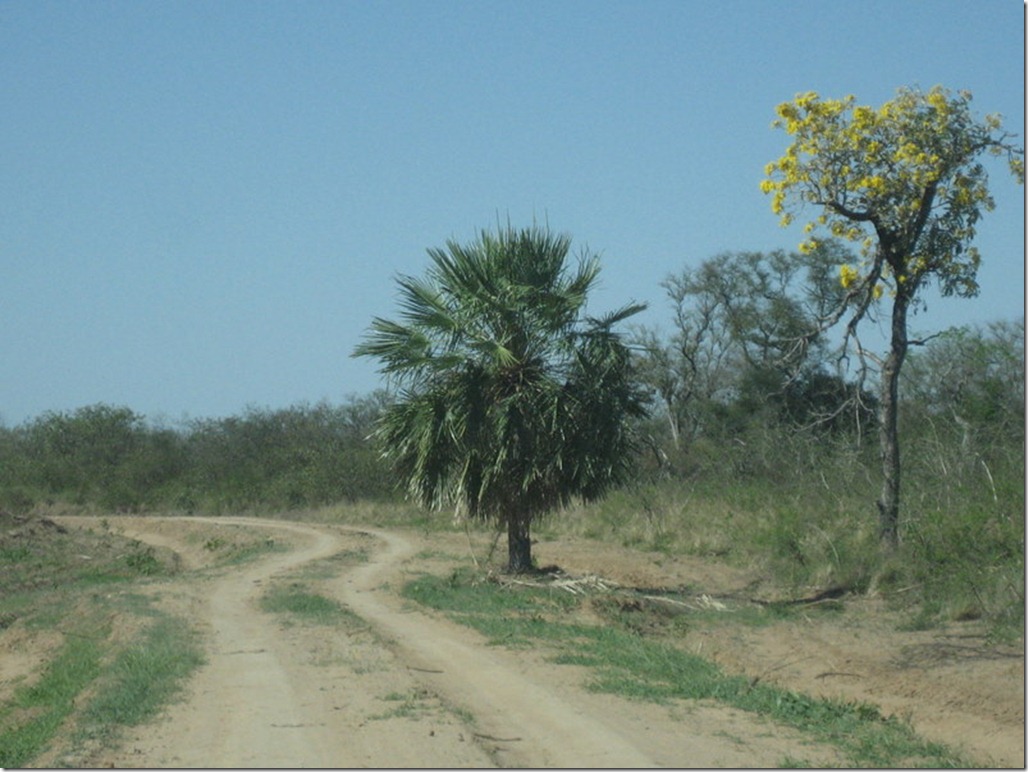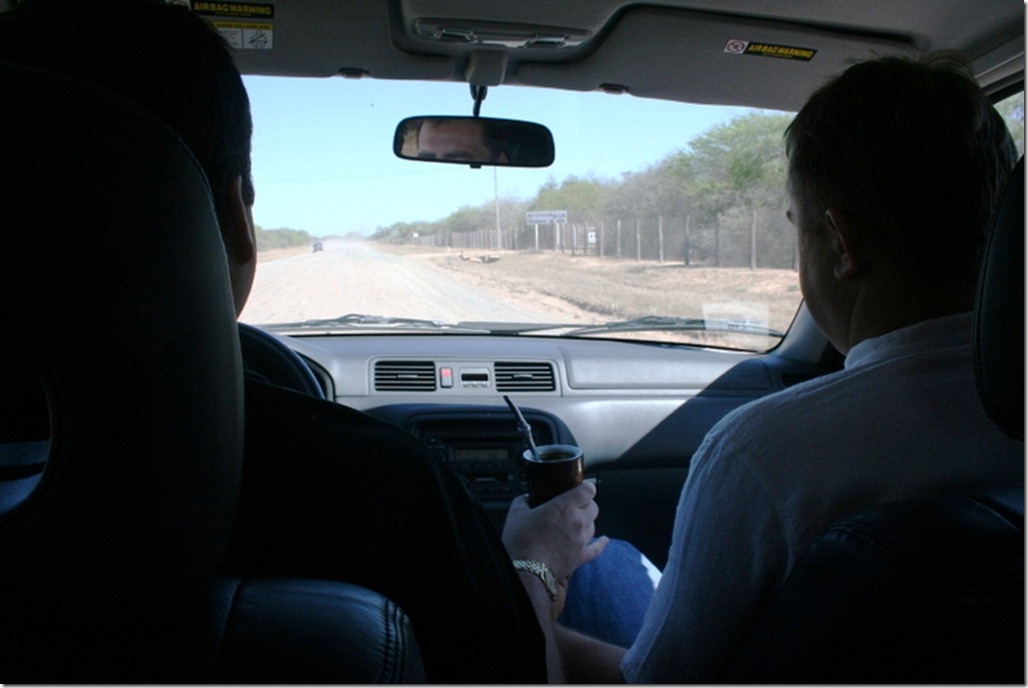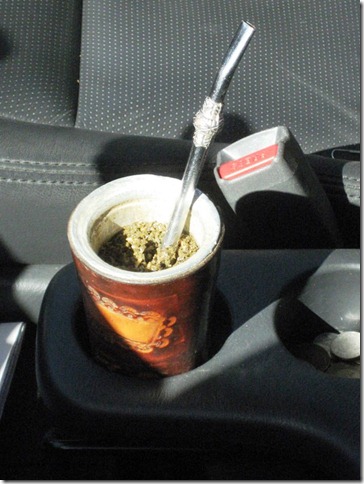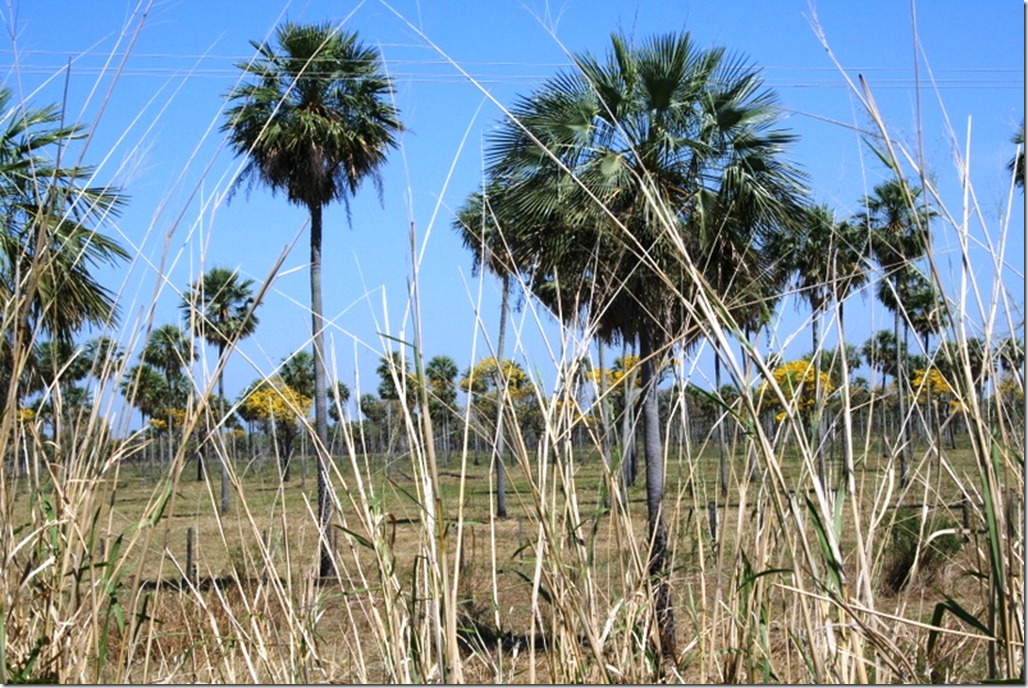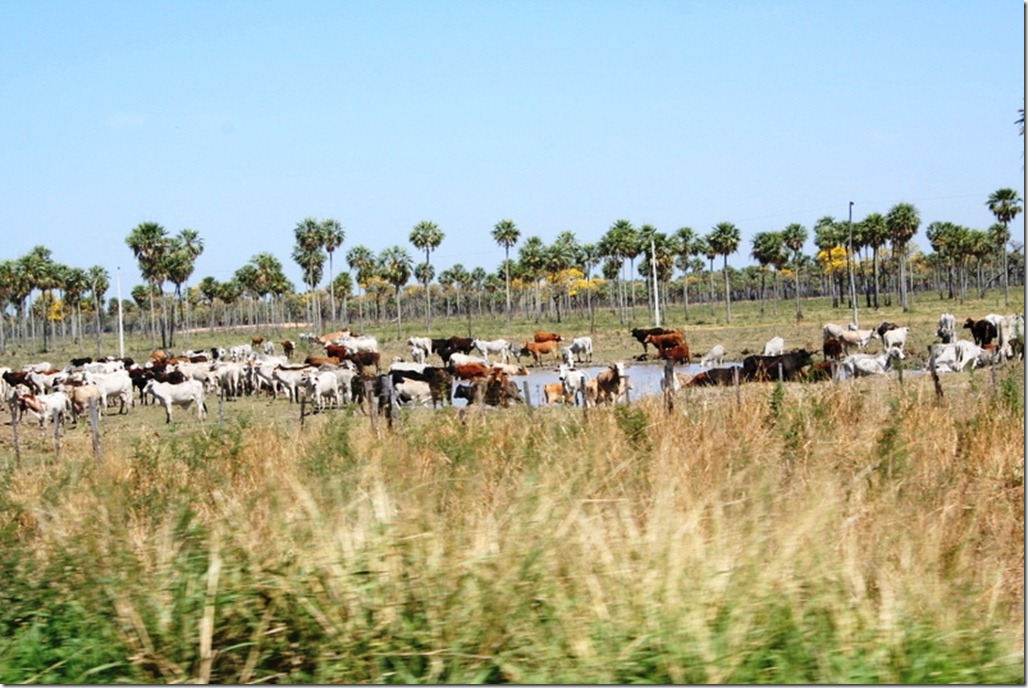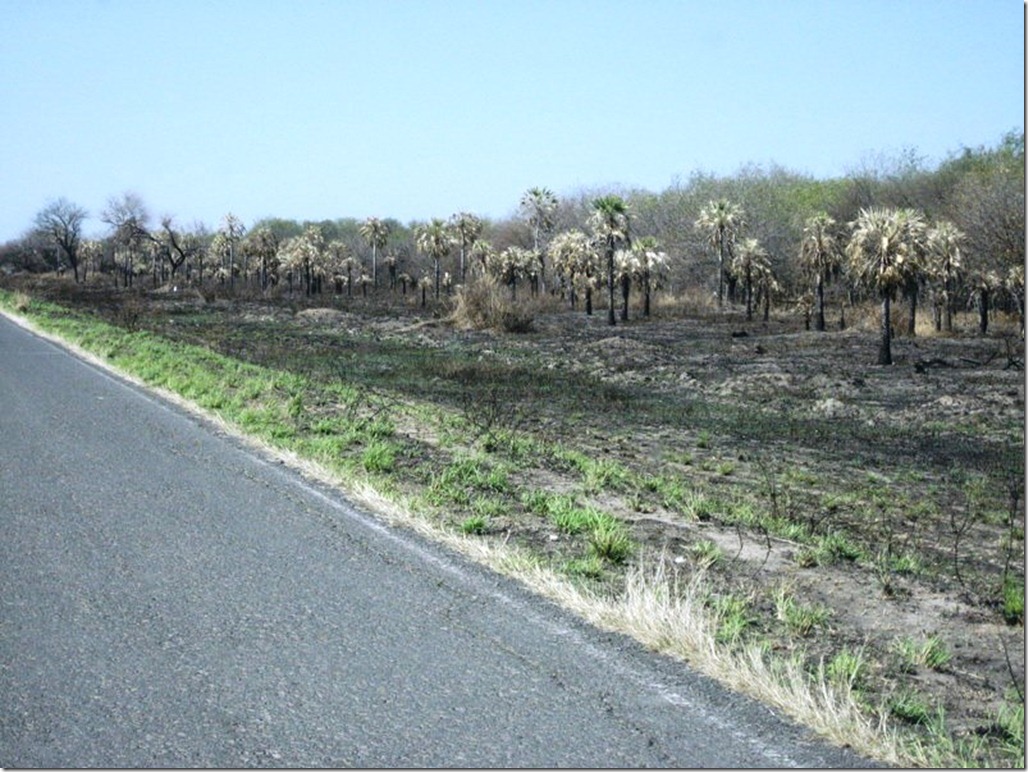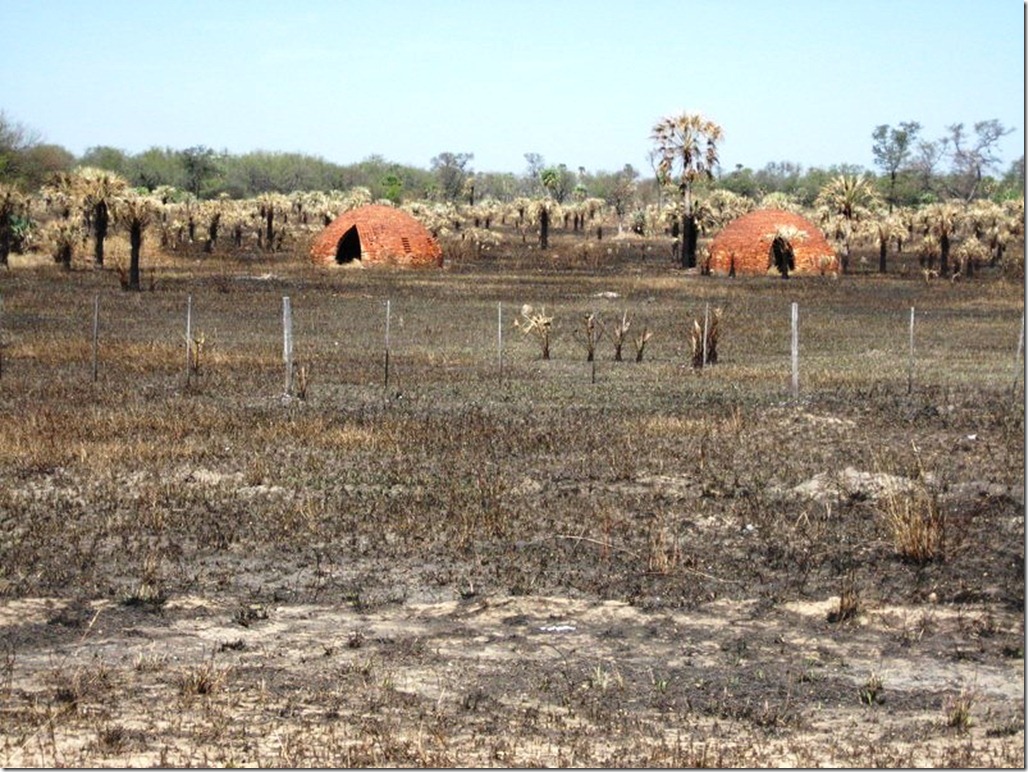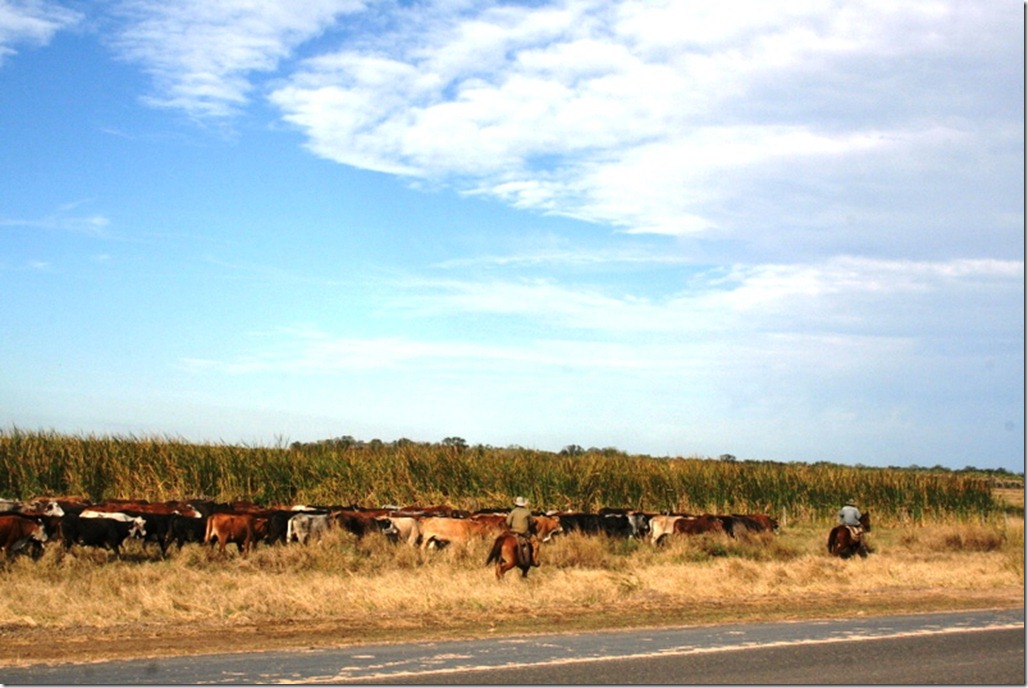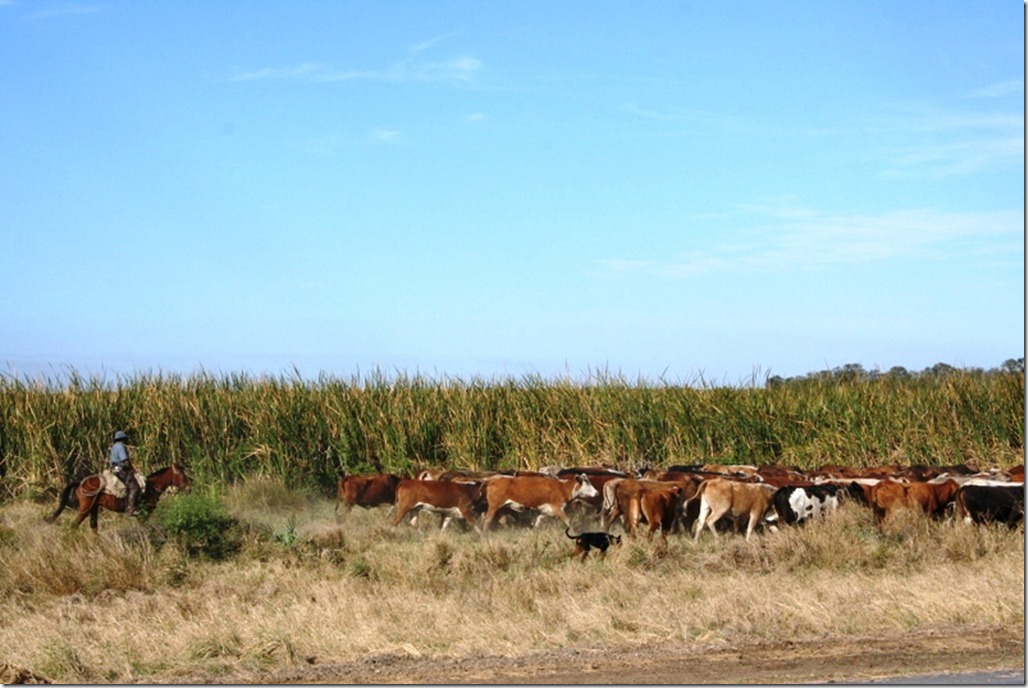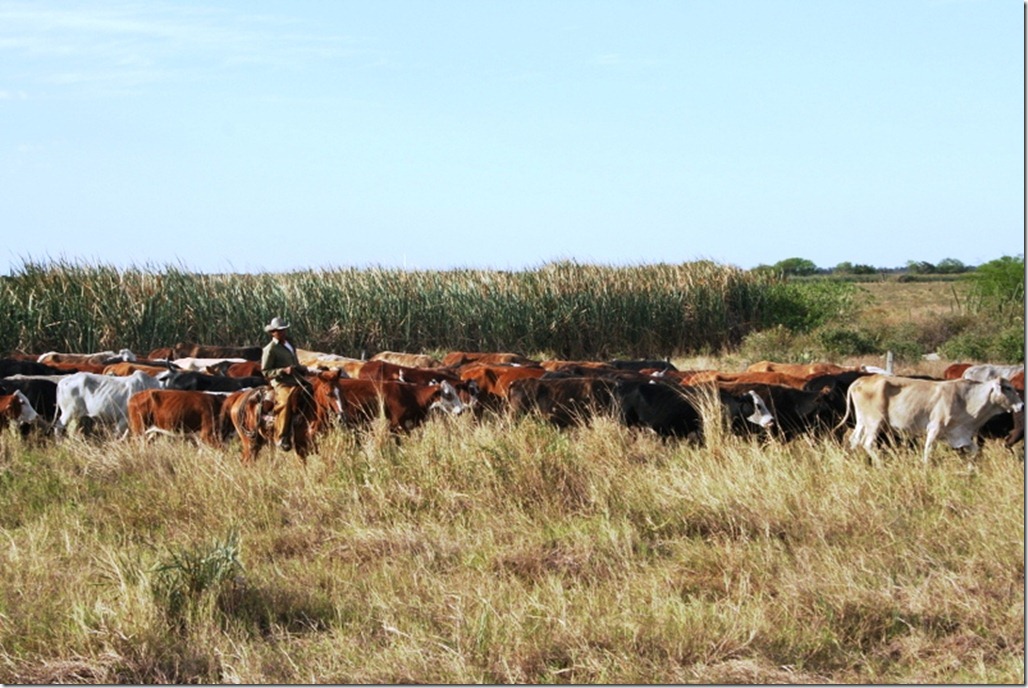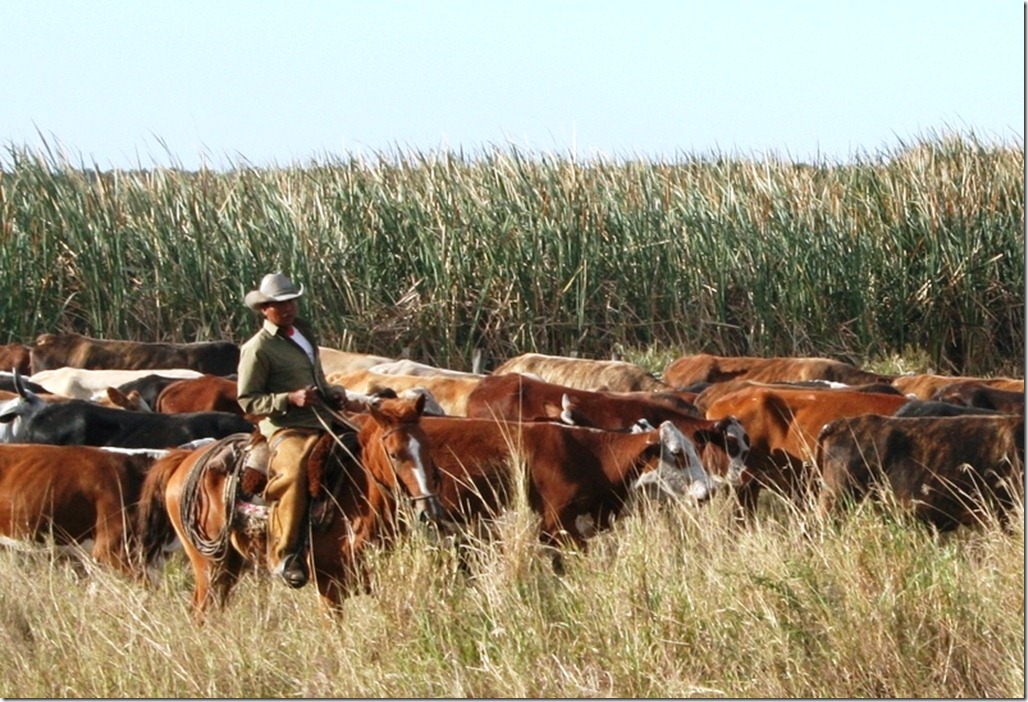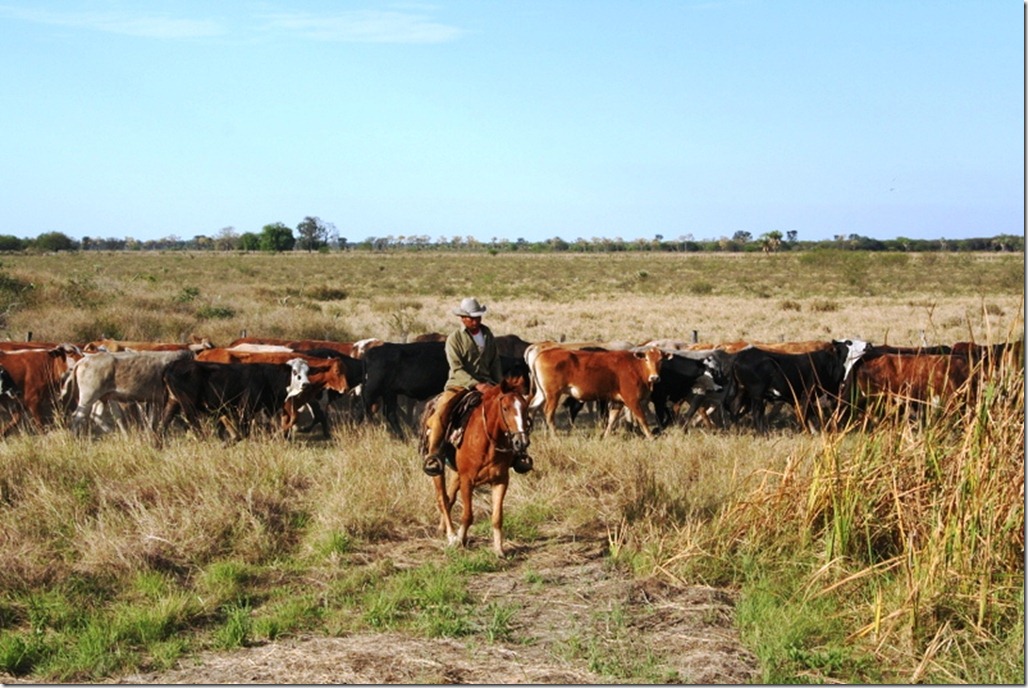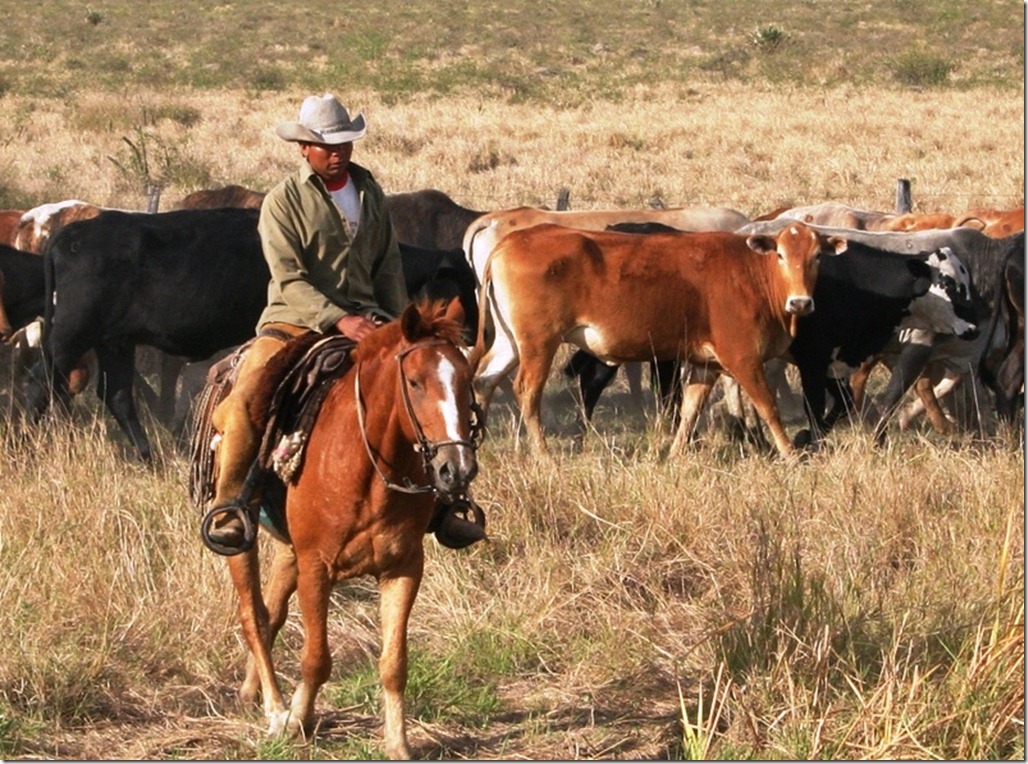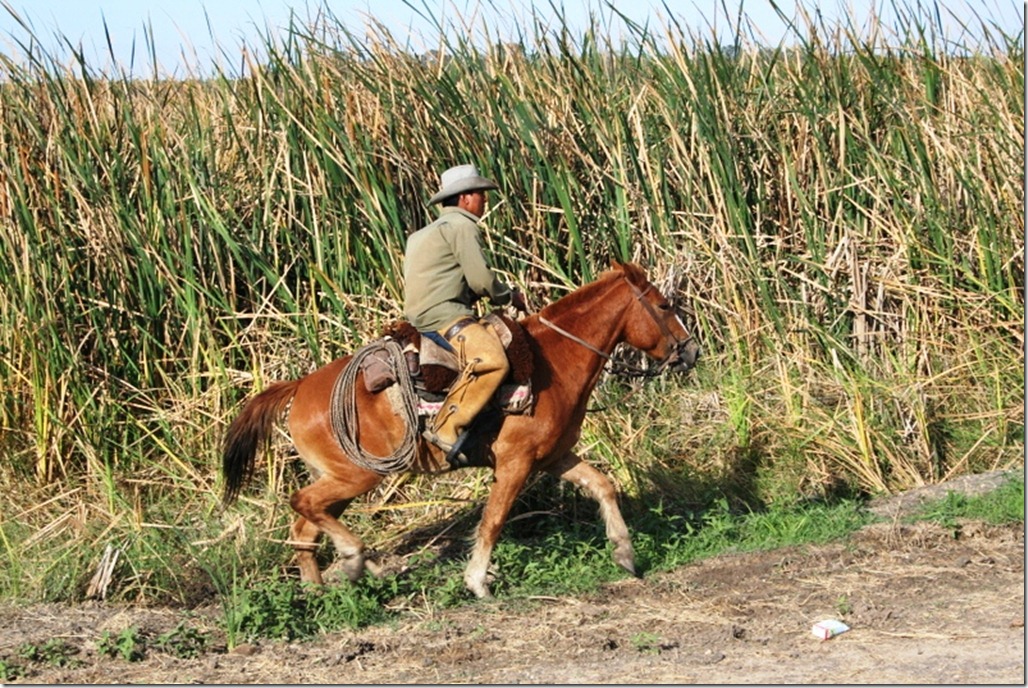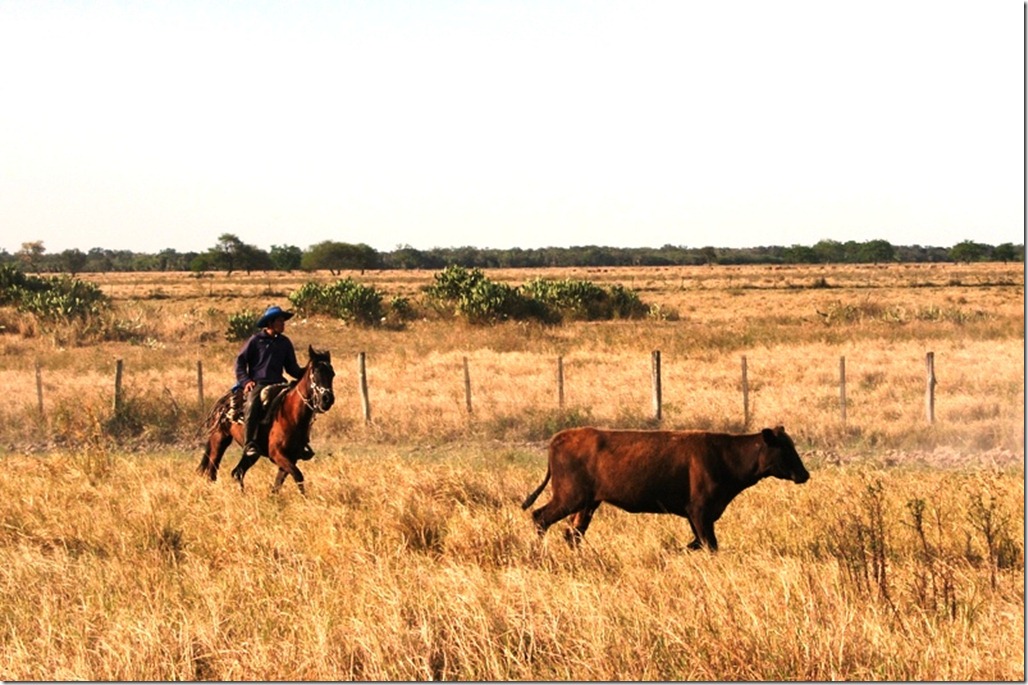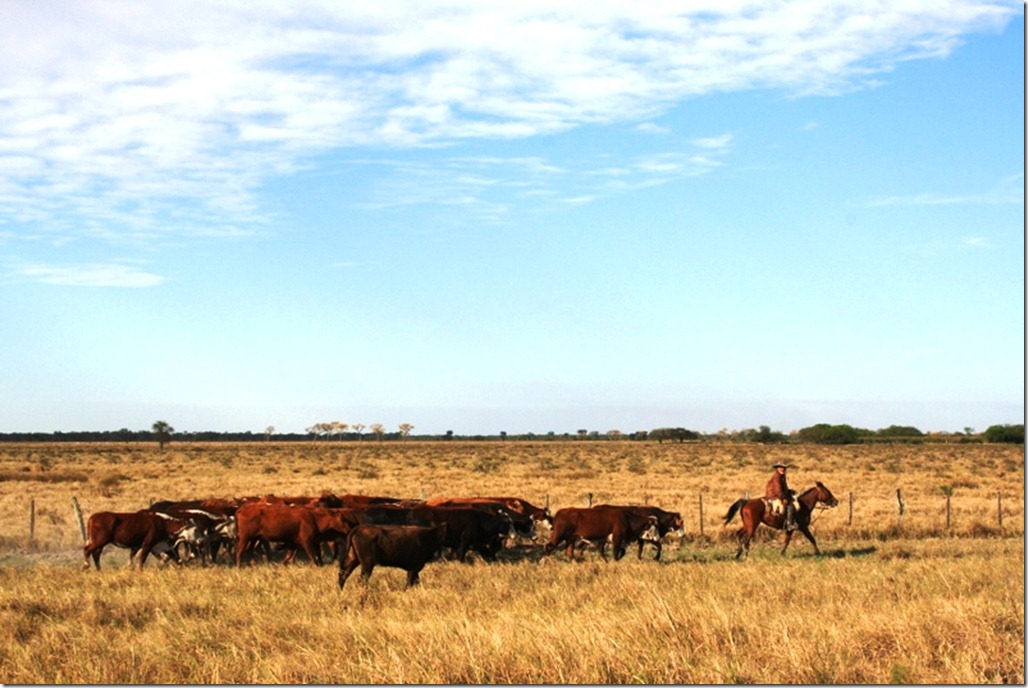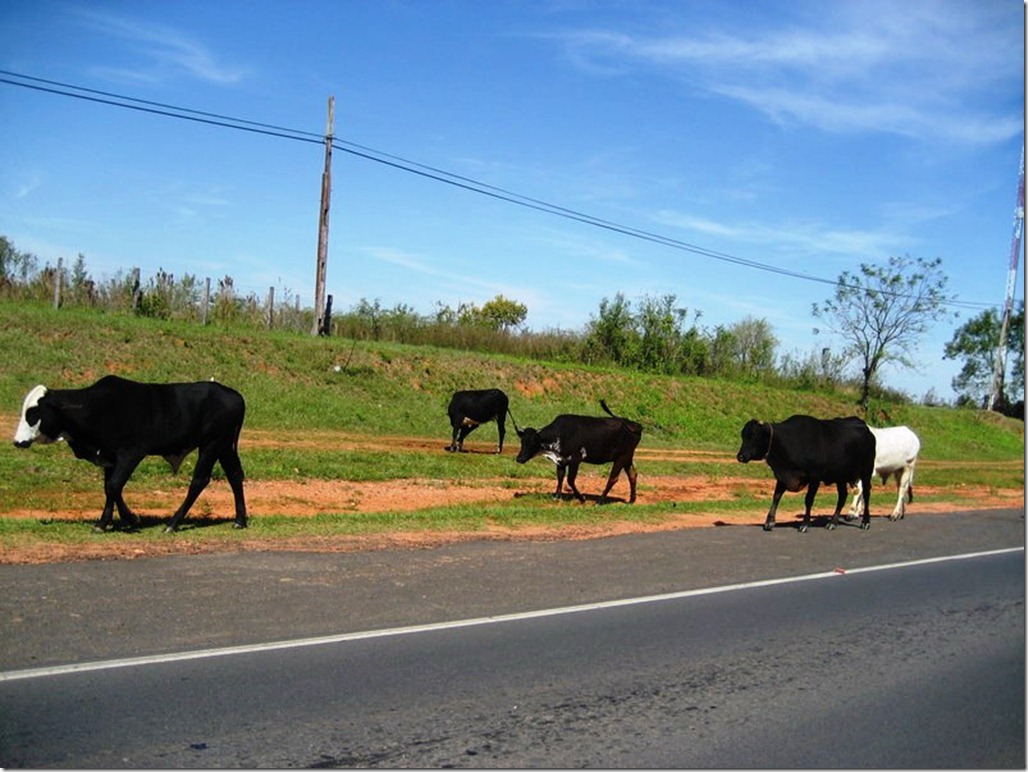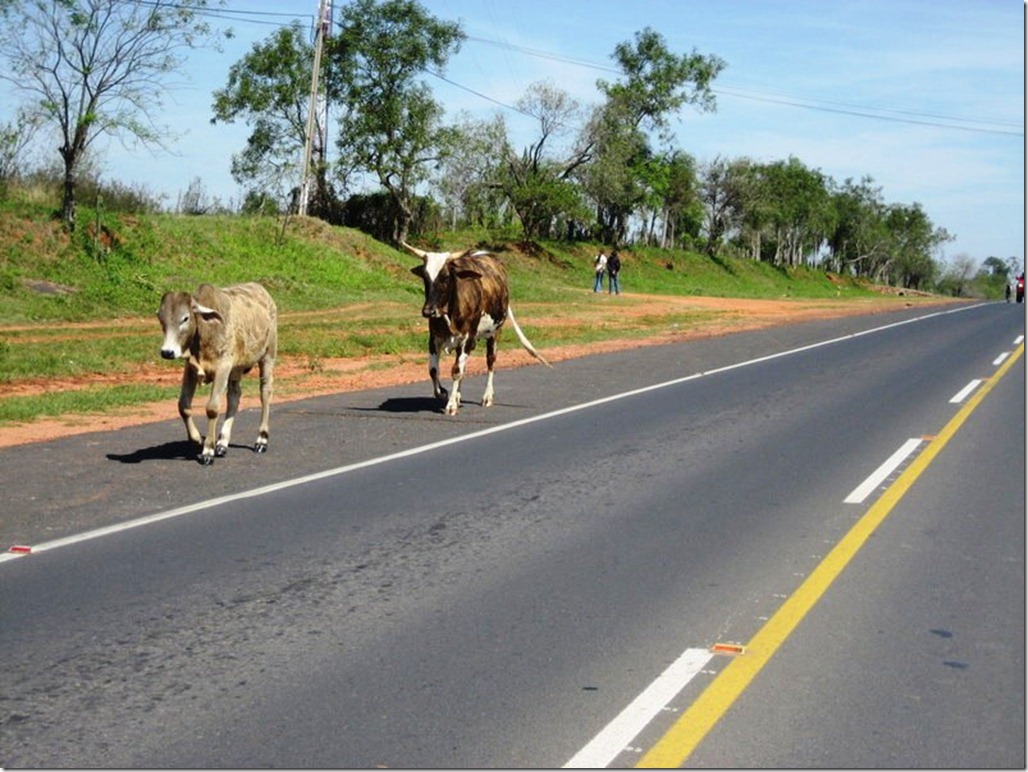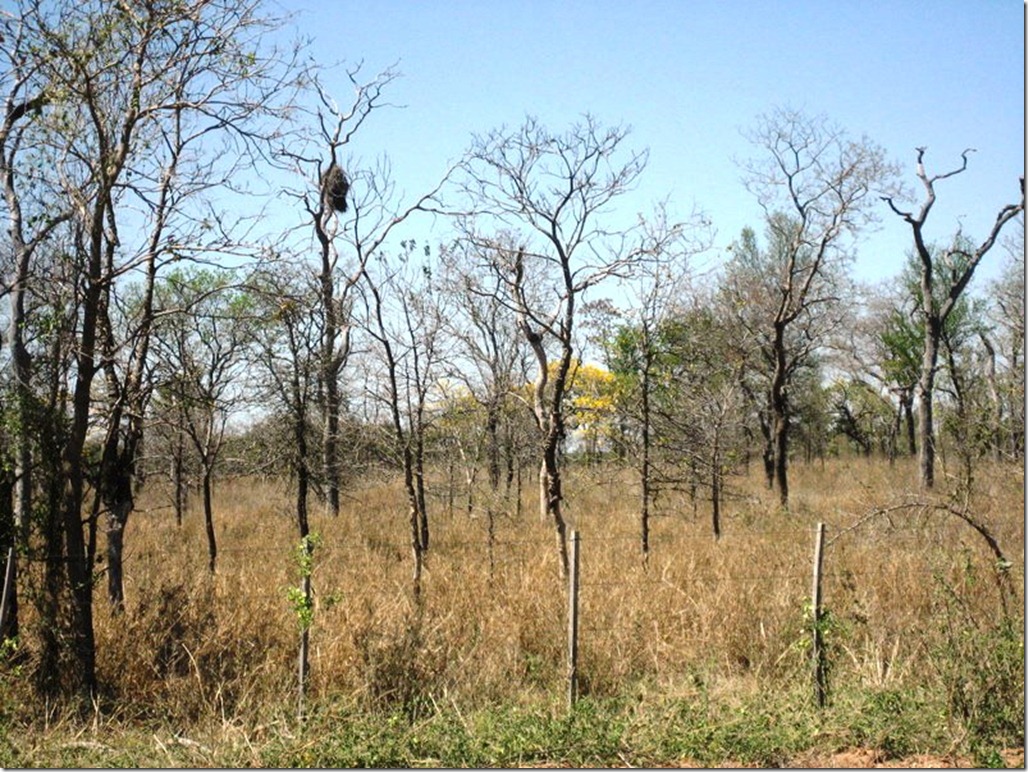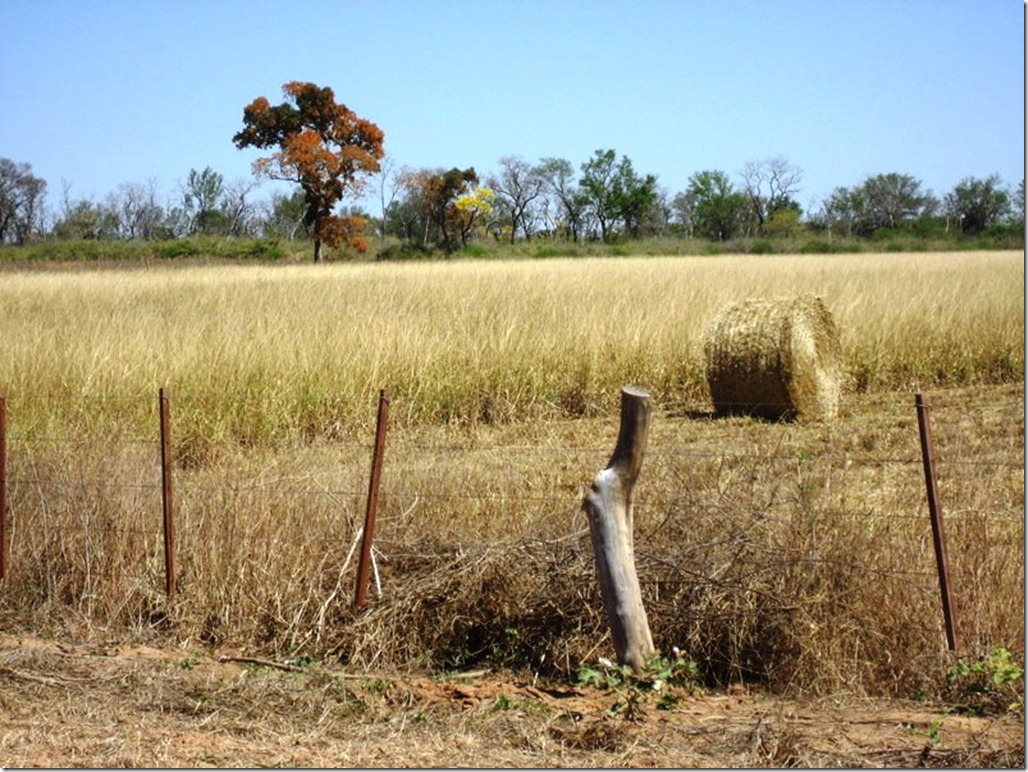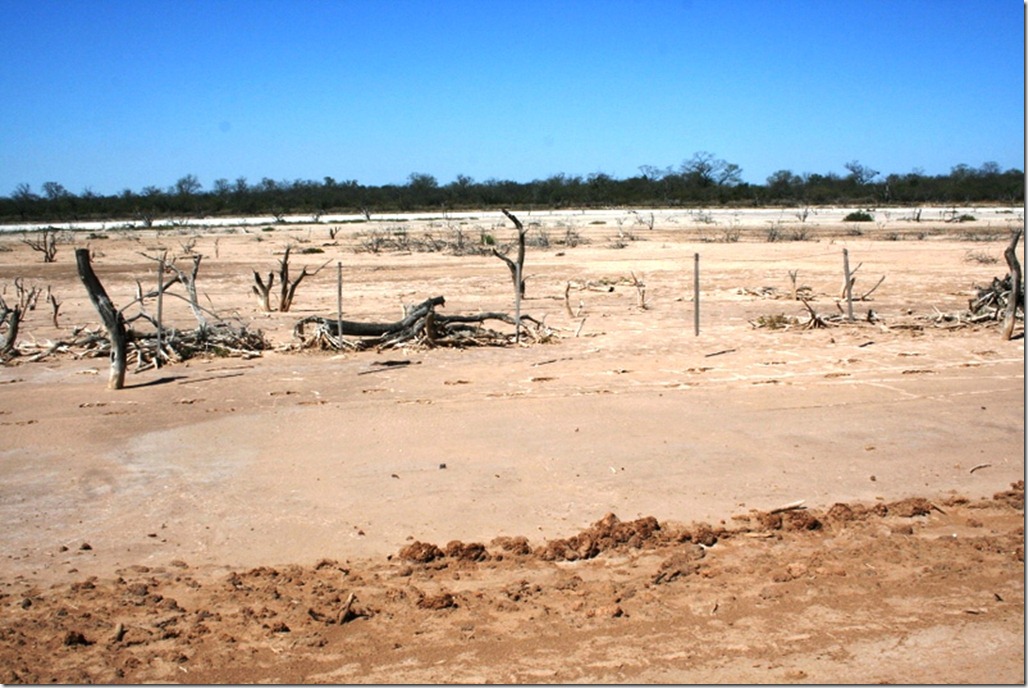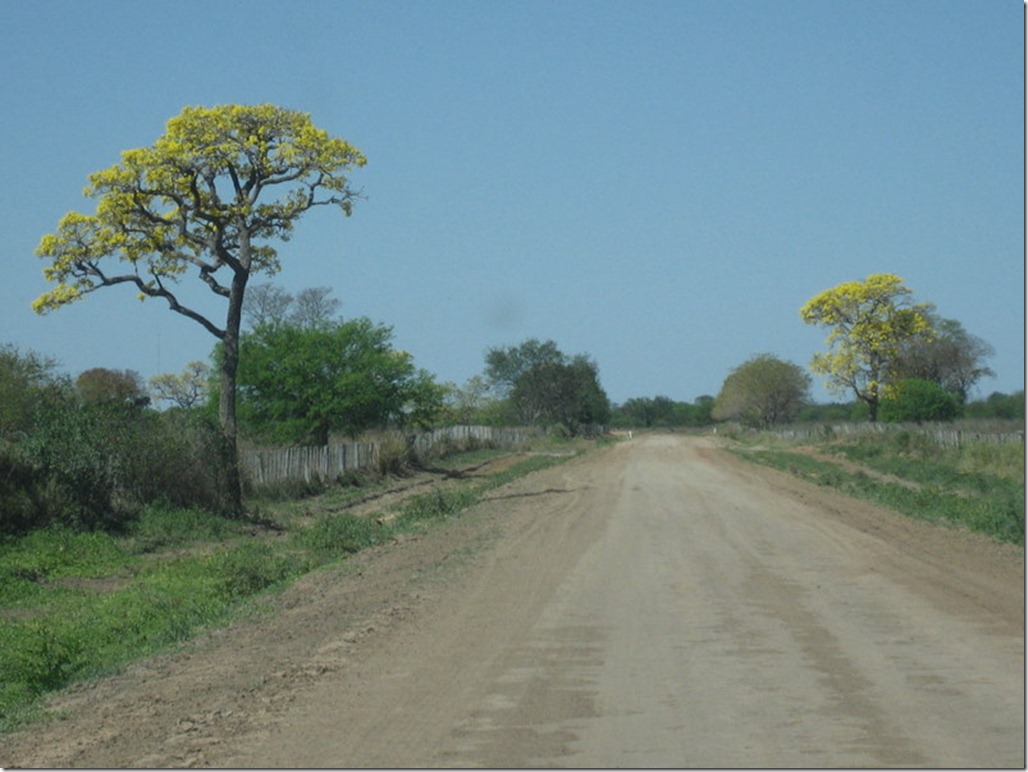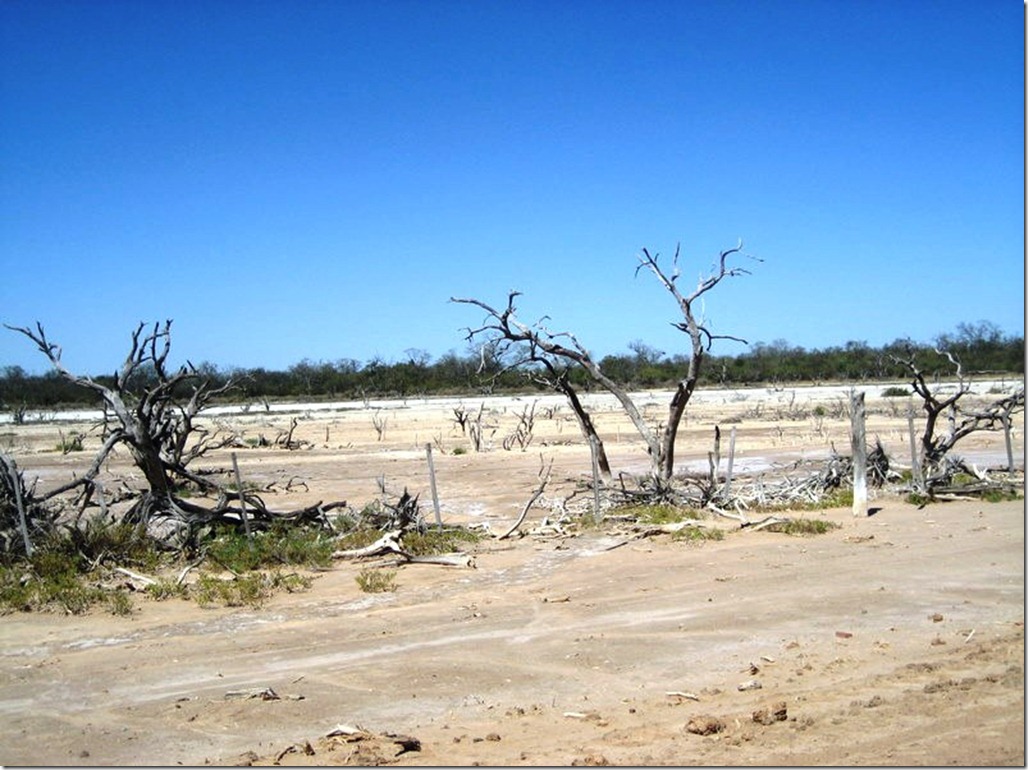Indigenous of the Paraguayan Chaco
This is the final article in a series on Paraguay’s Chaco region highlighting the local indigenous communities and some of the challenges they face. The first post focused on Filadelfia, the area’s largest town, the second on the rural Chaco, and the third on the Mennonites. Unlike my other travelogues that emphasize tourism, this one underscores the sobering reality of life among the local indigenous.
Paraguay’s indigenous people comprise less than one percent of its population but have an outsized influence on its culture. Most Paraguayans descended from indigenous and European ancestry. An indigenous language, Guaraní, is one of two official languages of Paraguay (the other is Spanish) and is spoken by most Paraguayans. The country’s official currency is the guarani.
In 2009, an estimated 108,000 indigenous persons lived in Paraguay, 46,000 of whom resided in the Chaco. Most belonged to subgroups of the Guarani ethnic group, the largest indigenous group in Paraguay. Local Exnet communities are affiliated with the Maskoy (toba-maskoy) indigenous group.
Life can be harsh for the indigenous living in the dry western portion of Paraguay, an area prone to severe droughts. Many work for local employers such as Mennonite cooperatives or private ranches, earning wages and benefits provided by “assurance associations” that support indigenous communities with medical care, fresh water and other basic services. Some own their own land and cultivate crops that they sell as cash crops. The Paraguayan government and a few non-governmental organizations (NGOs) dedicated to helping the indigenous provide fresh water, education, and other services. The remoteness and relative inaccessibility of the Chaco hinders assistance.
The indigenous I met during a visit in 2009 appeared adequately nourished and clothed. Nevertheless, many lived in poor conditions. Their homes were constructed from cinder block, wood, or available materials including aluminum sheeting, cardboard, tarps, and chicken wire. Some, particularly those living near Mennonite towns such as Filadelfia, Loma Plata, and Colonia Neuland, had access to basic services such as wells, fresh water, schools, health clinics, and community centers. Many who lived in more rural areas did not. Most lacked electricity and telephone service.
Although the International Labor Organization, U.S. Department of Labor, and some NGOs have claimed that child and forced labor occurs in the Chaco, the situation is more complicated than analysts, many of whom have never visited the region and rely on outdated information and indirect sources, have described it. While wages were generally low and some employers have used unfair tactics such as restricted freedom of movement to coerce employees, most Chaco employers in 2009 paid indigenous workers minimum wage or more with a percentage of indigenous’ salaries set aside to support local assurance associations that offered indigenous benefits such as health care. Repeated accusations that local employers committed child and forced labor abuses and the increased scrutiny over ranchers’ treatment of the indigenous led some to substitute indigenous workers with non-indigenous laborers, creating a situation in which labor abuse claims contributed to indigenous unemployment.
A pressing issue that has received little international attention because it doesn’t fit neatly into global human rights agendas is the communities’ chronic lack of fresh water caused by persistent drought cycles made worse by climate change. When I visited in 2009, the Paraguayan Chaco was having one of its worst droughts in recent memory with bone dry or contaminated water tanks and reservoirs. The region had had no rainfall for more than six months.
Although the government is responsible for providing some communities with water storage and deliveries of fresh water, distances and drought conditions make assistance difficult. Because most wells produce salty water suitable for agricultural purposes but unfit for human consumption, local communities buy fresh water with the money they earn from agriculture or rely on assistance from assurance associations for potable water.
Meanwhile, those who have advocated indigenous rights have turned a blind eye to this pressing problem to focus on more sensational — and less urgent — issues that are more apt to receive international attention and funding. It’s abundantly clear to anyone who visits the Chaco that the biggest issue affecting the indigenous is an inadequate water supply — complicated by the fact that drilling wells won’t solve the problem.
The Yakye Axa and Sawhoyamaxa Exnet communities lived in arguably the bleakest conditions of any I visited. In 2009, families from both groups were ensconced on the shoulders of rural Highway 6 near the town of Pozo Colorado, squatting next to private ranches that had annexed land once belonging to the indigenous. They had no local access to water; could not drill wells because of the salty water table; had difficulty growing crops because the sandy soil and limited space; and lacked access to electricity even though power lines passed overhead. The Paraguayan government delivered food and water weekly, but water shortages forced some to drink contaminated water from open cesspools. Some worked on private ranches for low wages and few benefits.
The Inter-American Court of Human Rights (IACHR), to which Paraguay is a party, ruled that these communities had been unjustly evicted from their native lands by local ranchers in the 1980s and held the Paraguayan government liable. In 2005, the IACHR determined that the government had violated the rights of 64 Yakye Axa families and mandated that it remit monetary compensation and 16,000 hectares of land. It ruled in favor of the 19 Sawhoyamaxa families in 2006 and imposed similar penalties, including a remit of 15,000 hectares of land. The Yakye Axa and Sawhoyamaxa refused to move until the government compensated them with land.
Amnesty International reported that the Sawhoyamaxa families were compensated with land in September 2011 and the Yakye Axa as well in February 2012, enabling them to relocate, at long last, to their new homes. Paraguay, to its credit, has made efforts to comply fully with the IACHR rulings. I was delighted to learn that the situation had been favorably resolved for these families and hope that they no longer live in the homes shown in the photos below.
A cattle ranch on land claimed by the Yakye Axa.
The time I spent in the Paraguayan Chaco had a profound influence on me. It made me appreciate life more and not take for granted what I have in abundance. I admire the strength and fortitude of the local residents, from the Mennonites who have worked hard to turn semiarid desert into an agriculture bread basket, to the indigenous who have struggled to eke out a living with meager means in a harsh climate.
The Chaco is a place lost in time and unknown to most. Those who live there survive, and even thrive, in obscurity. It’s my hope that my series on the Chaco has brought this fascinating place to life for readers who might never have given it another thought and highlighted the triumphs and tragedies that make it the truly unique place that it is.
More about the Chaco
- Filadelfia, the capital of Boquerón Province and the largest town in the Chaco
- Mennonite communities in the Chaco
- The rural Paraguayan Chaco
How You Can Help
If you want to learn more about the indigenous in Paraguay or to lend your support, contact the following organizations. I have no affiliation or connection with them but know that they are dedicated Paraguayan NGOs.
- Indigenous-Mennonite Cooperation Services Association
- Melodia Cultural Center
- Tierra Viva
- CODEHUPY (Coordinator of Human Rights in Paraguay)
- Project for the People of Paraguay


